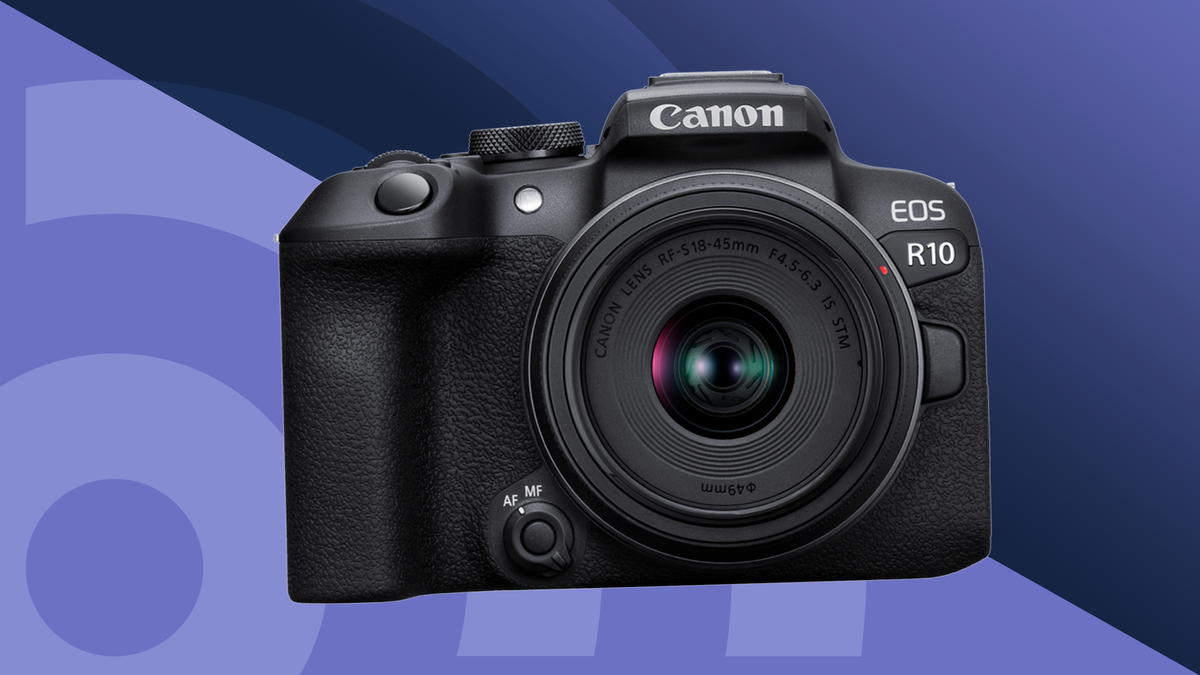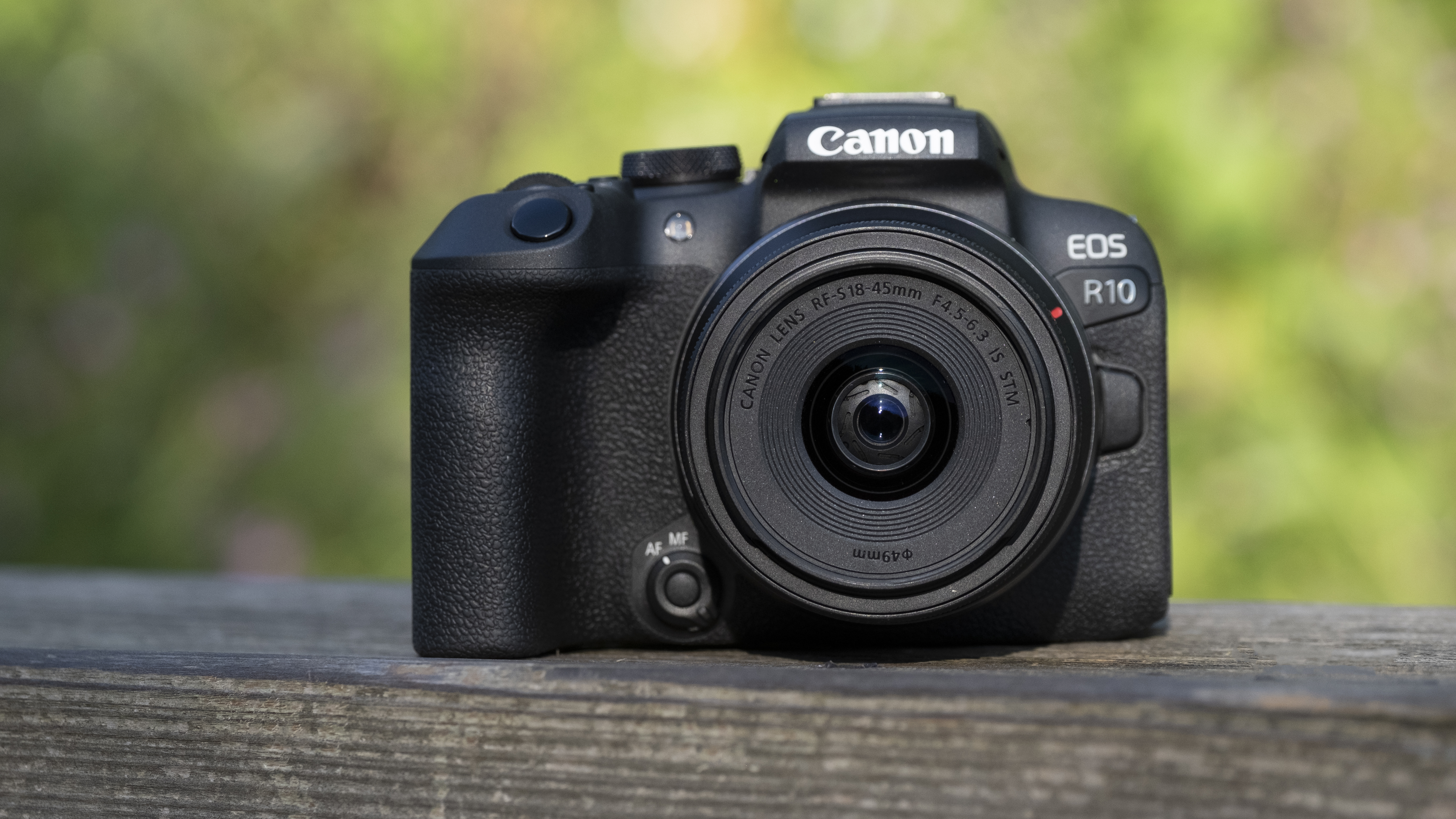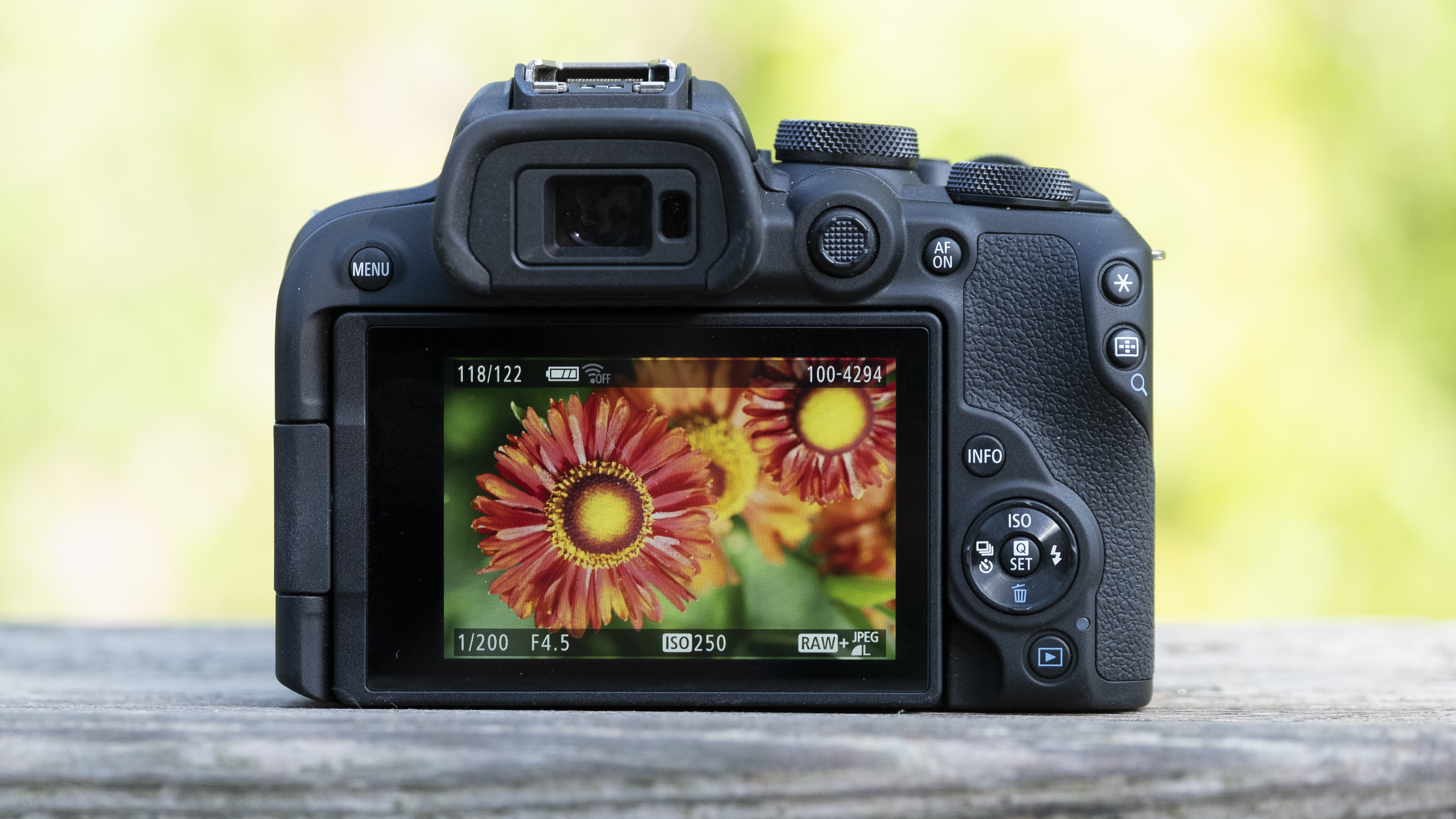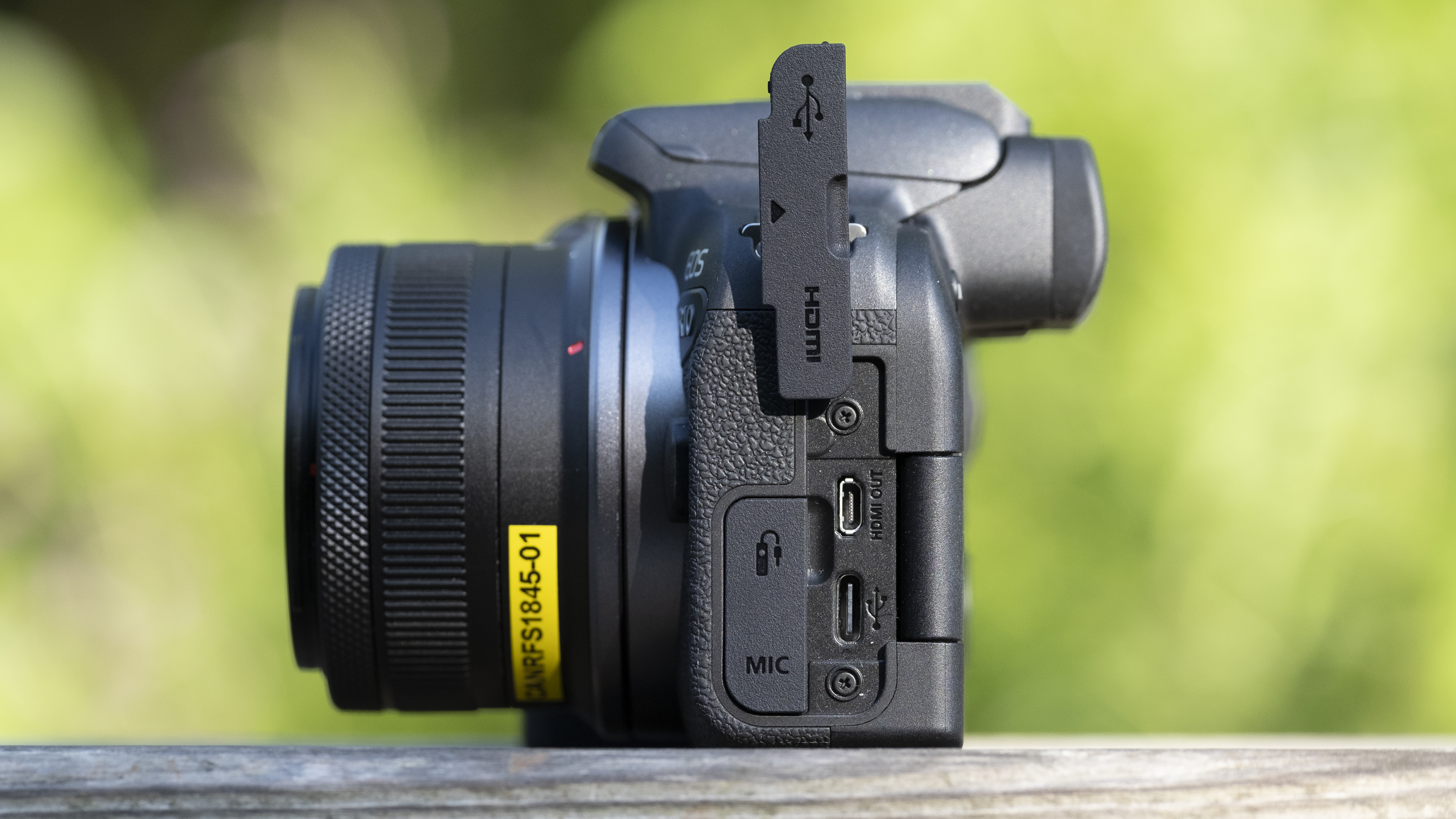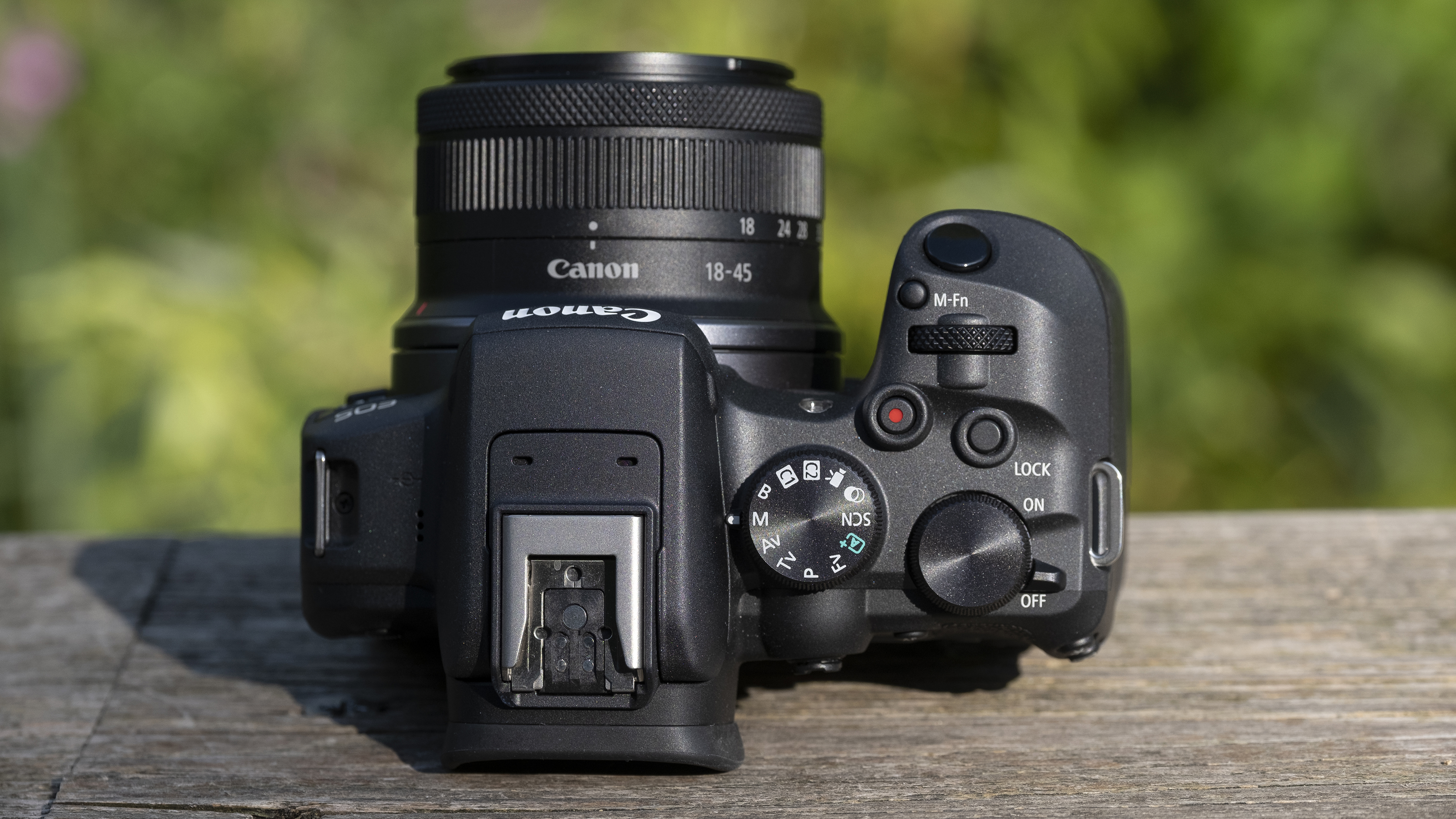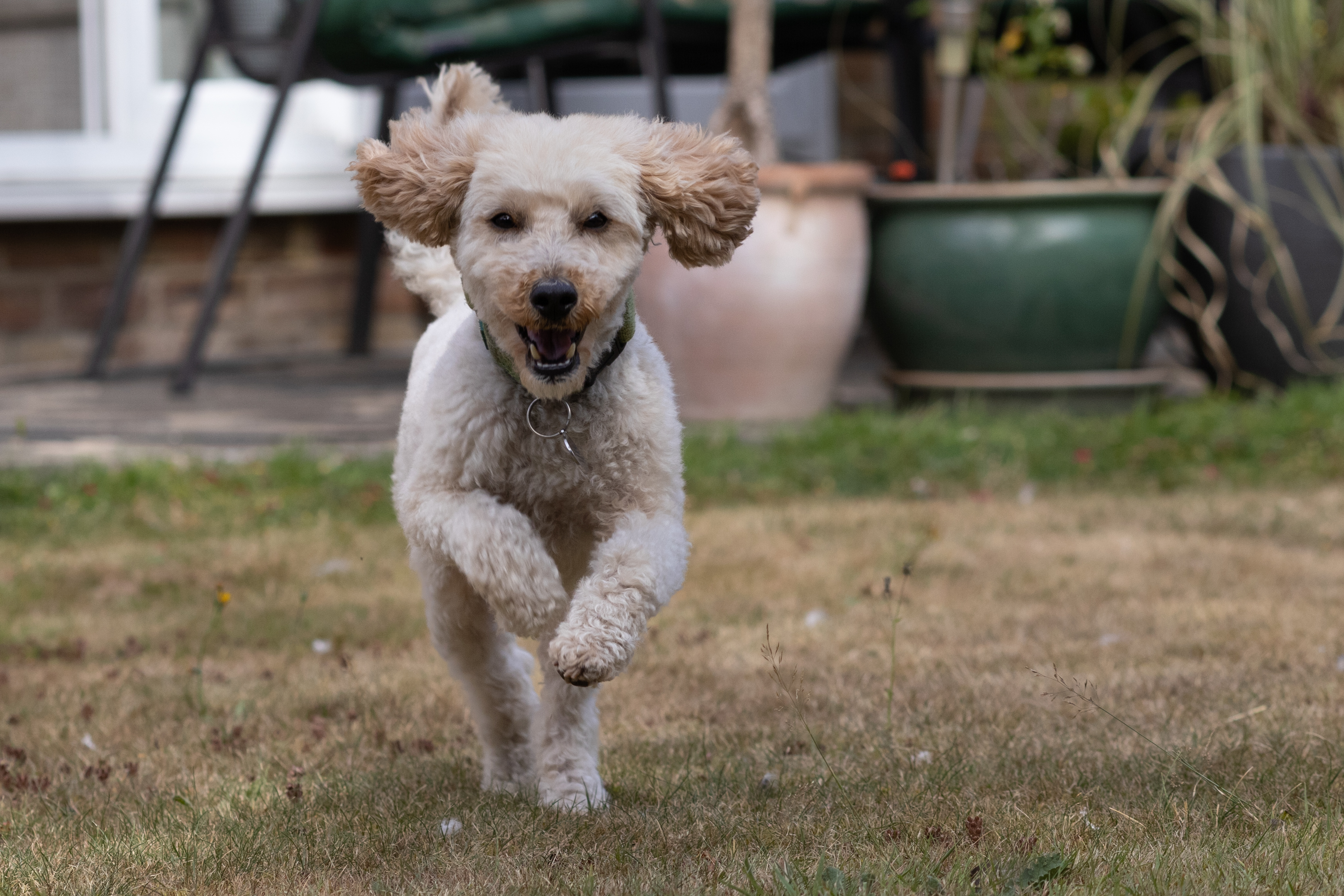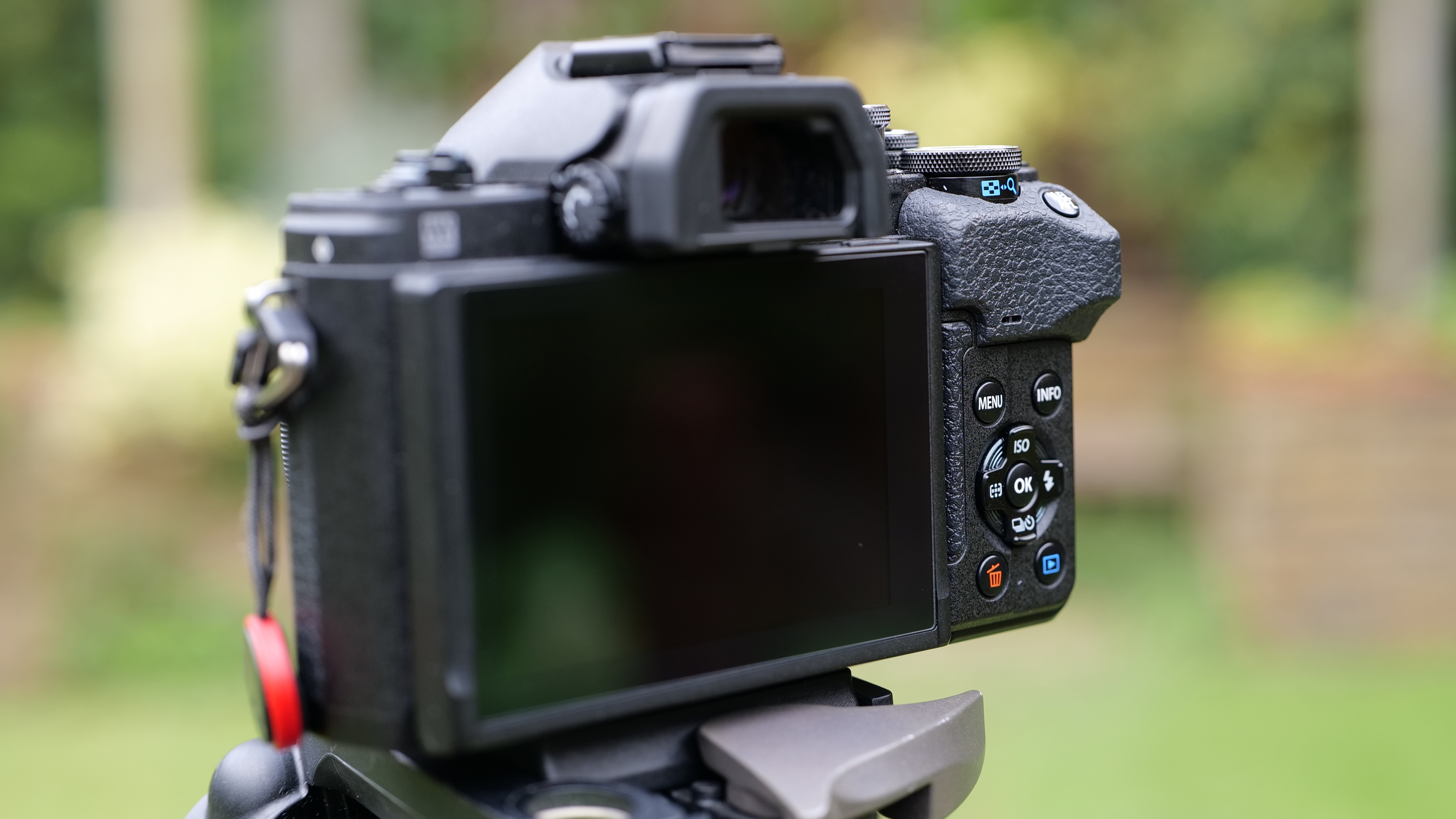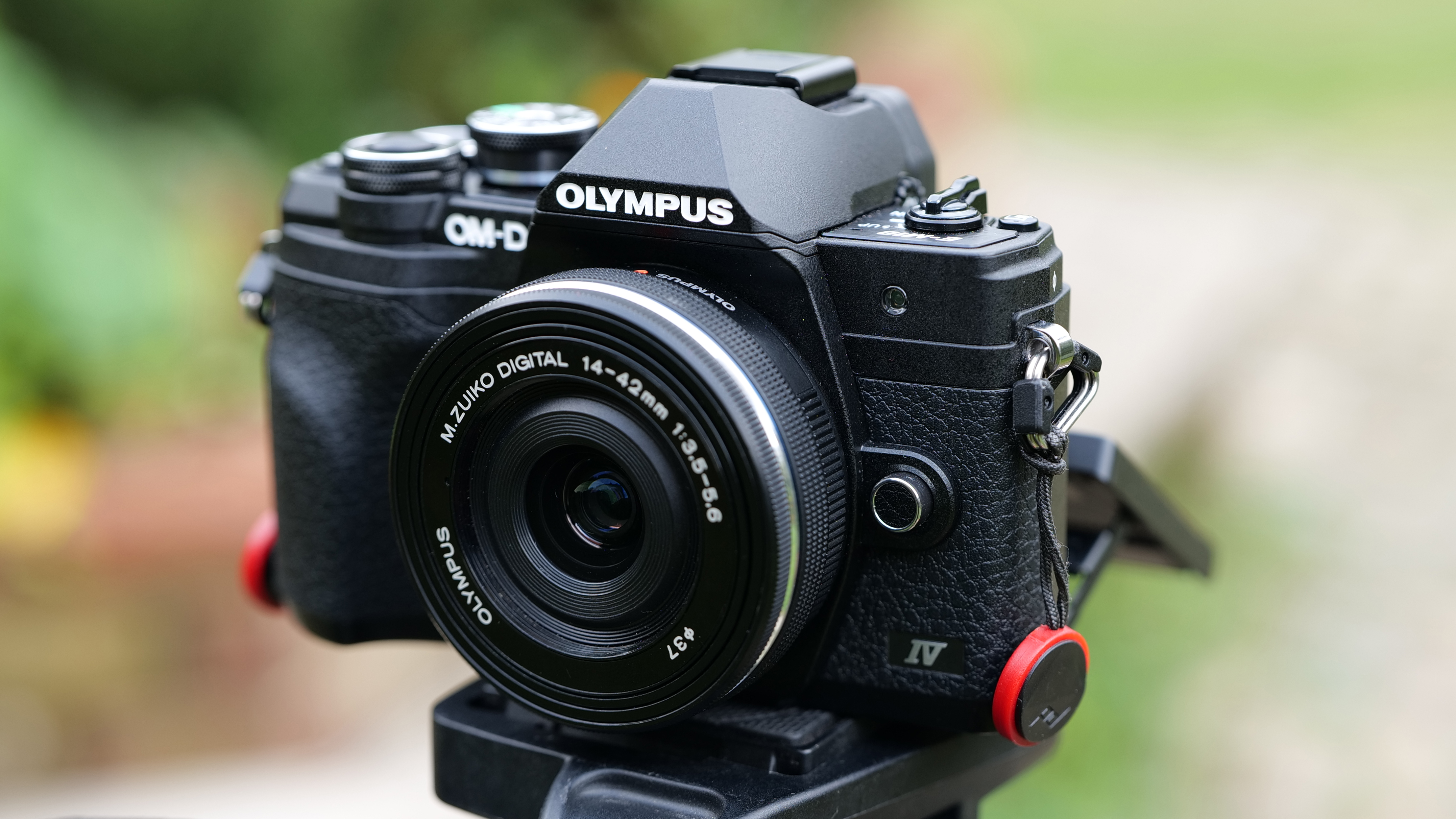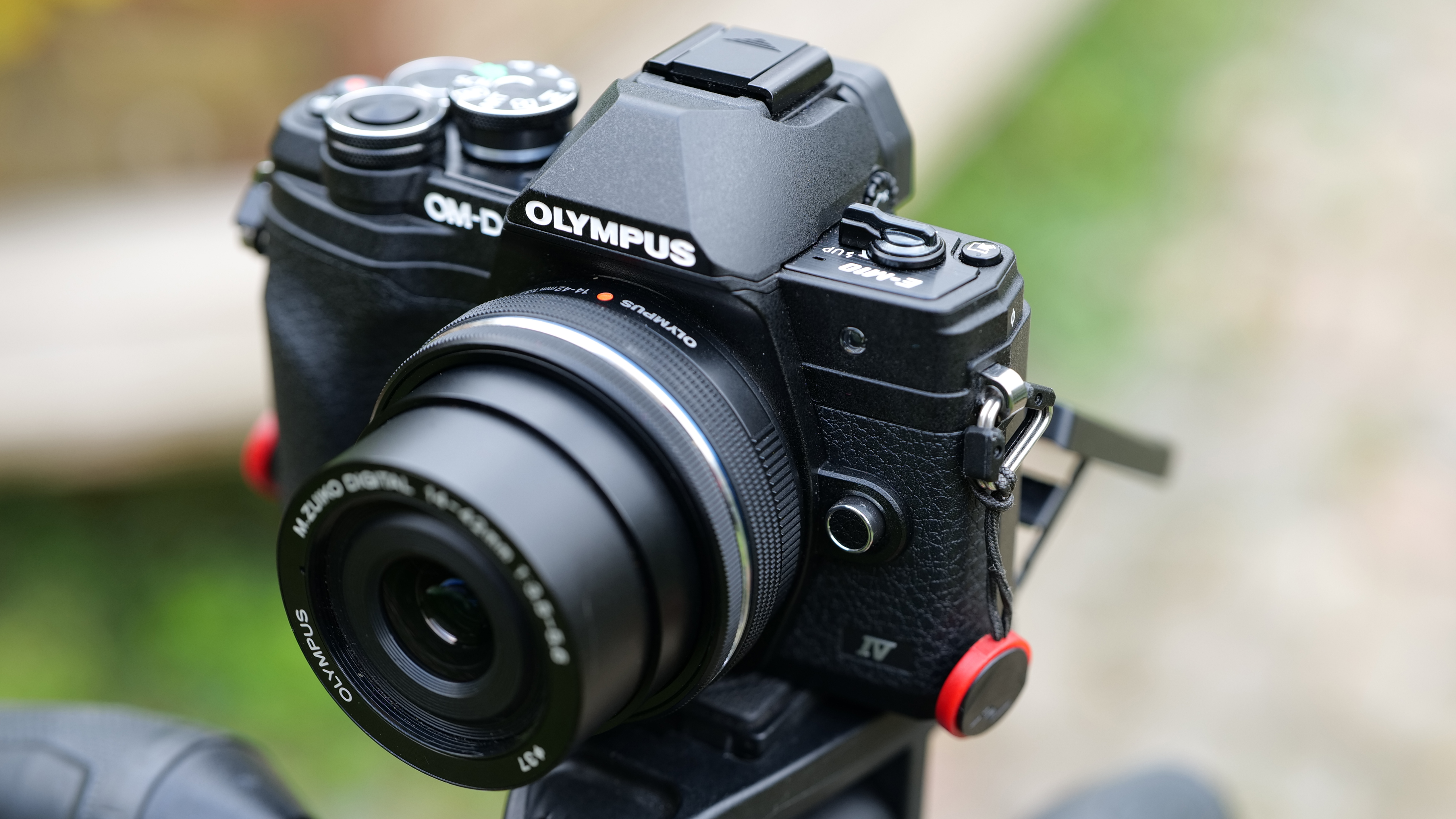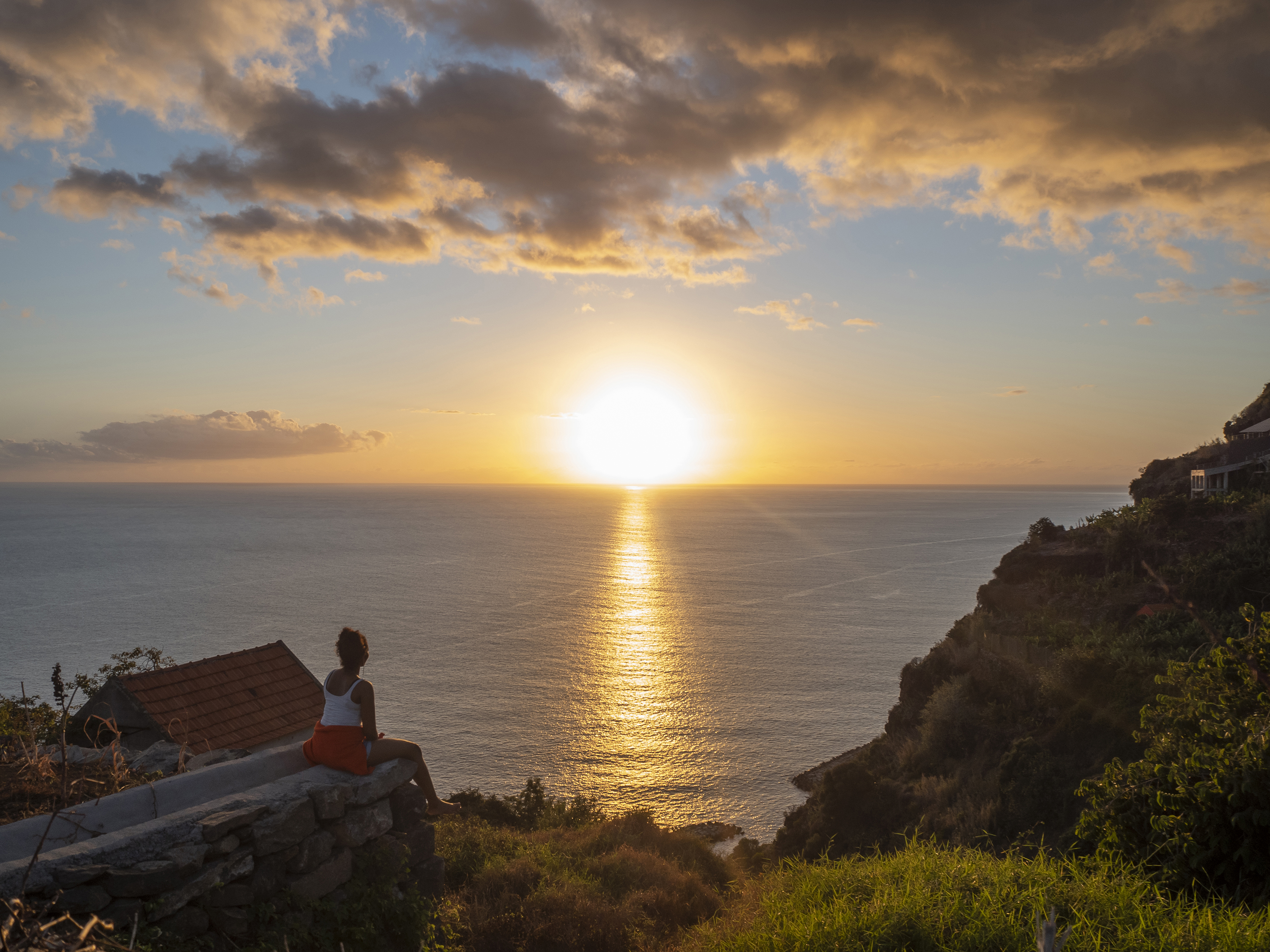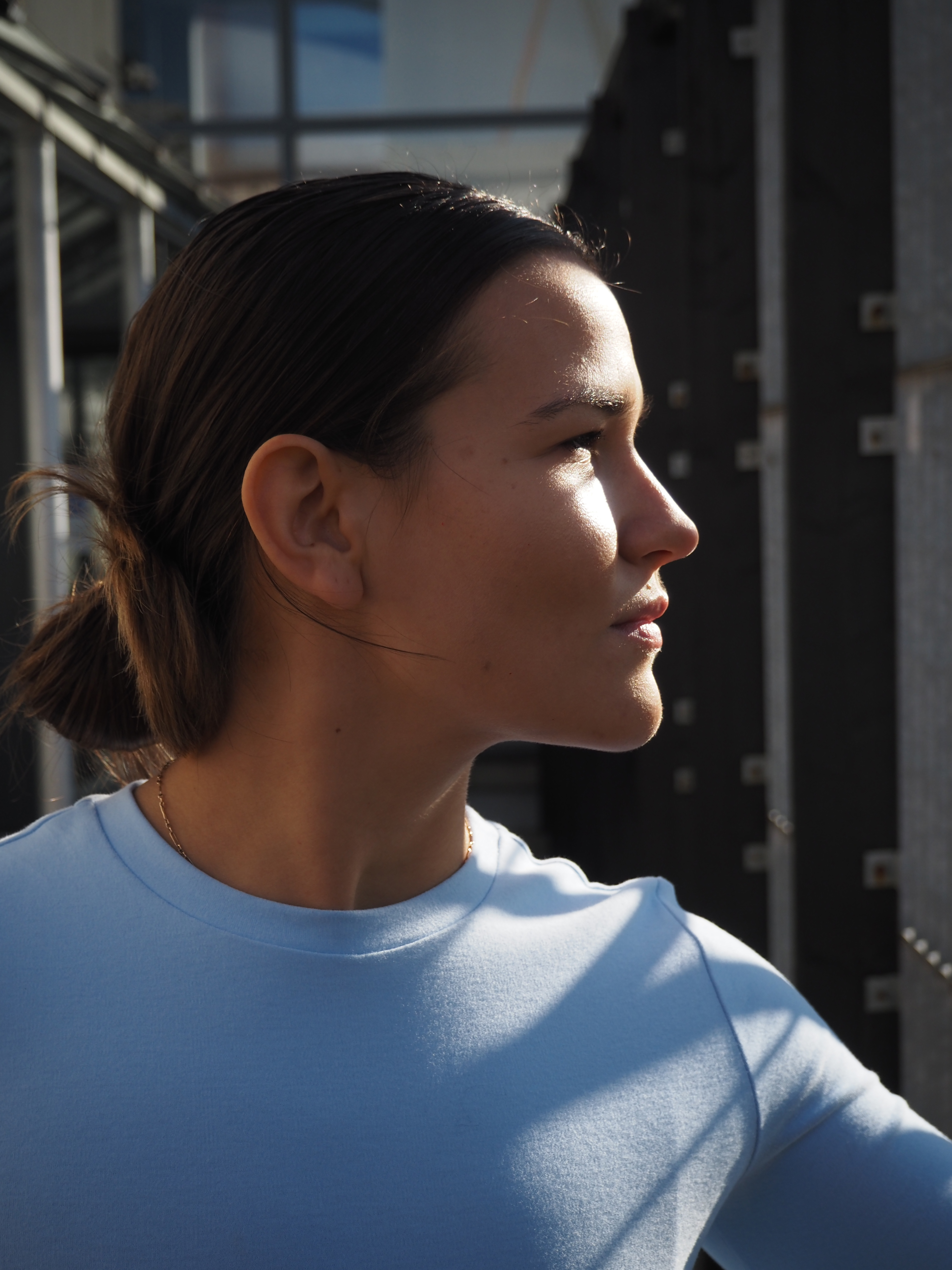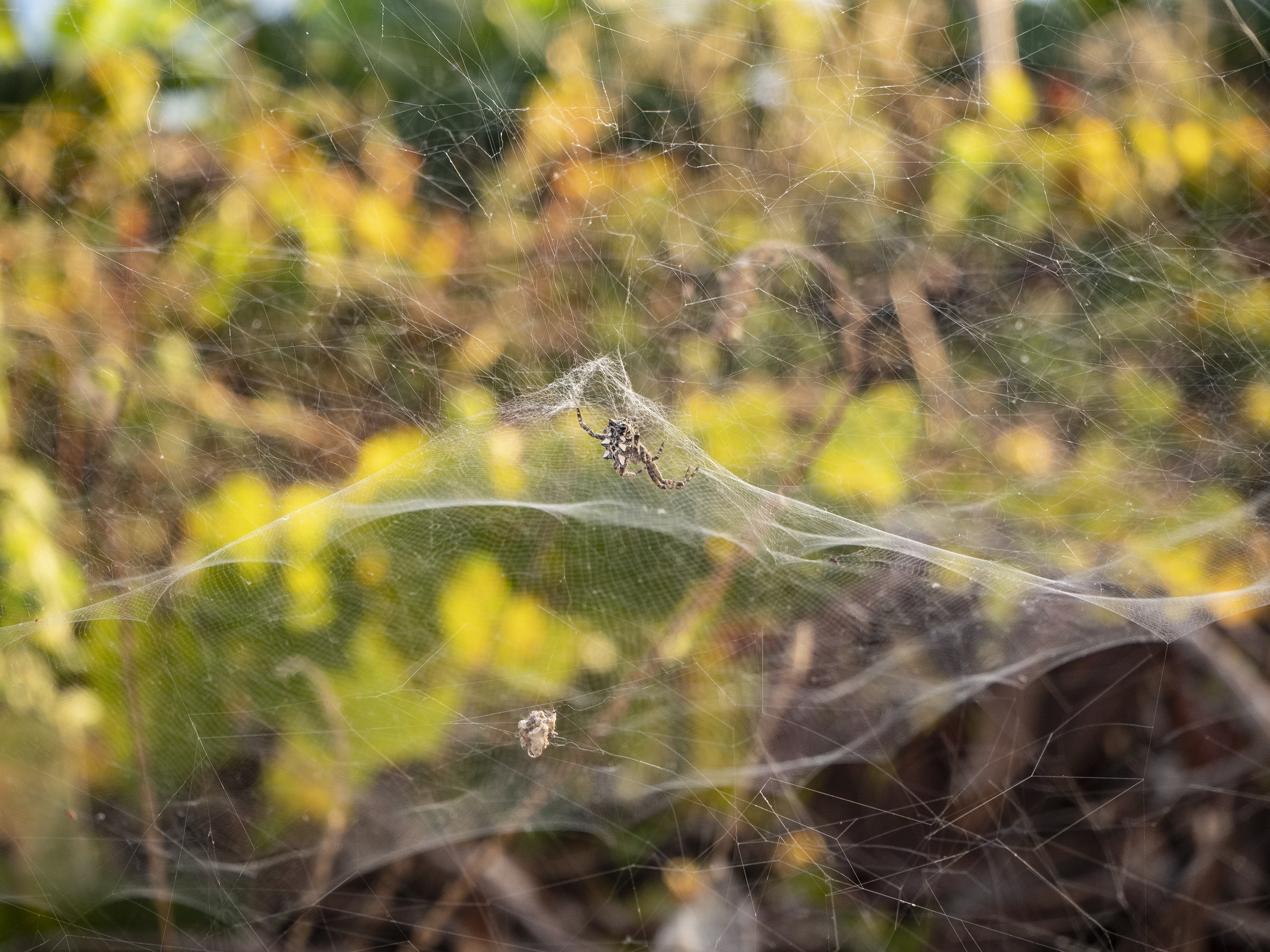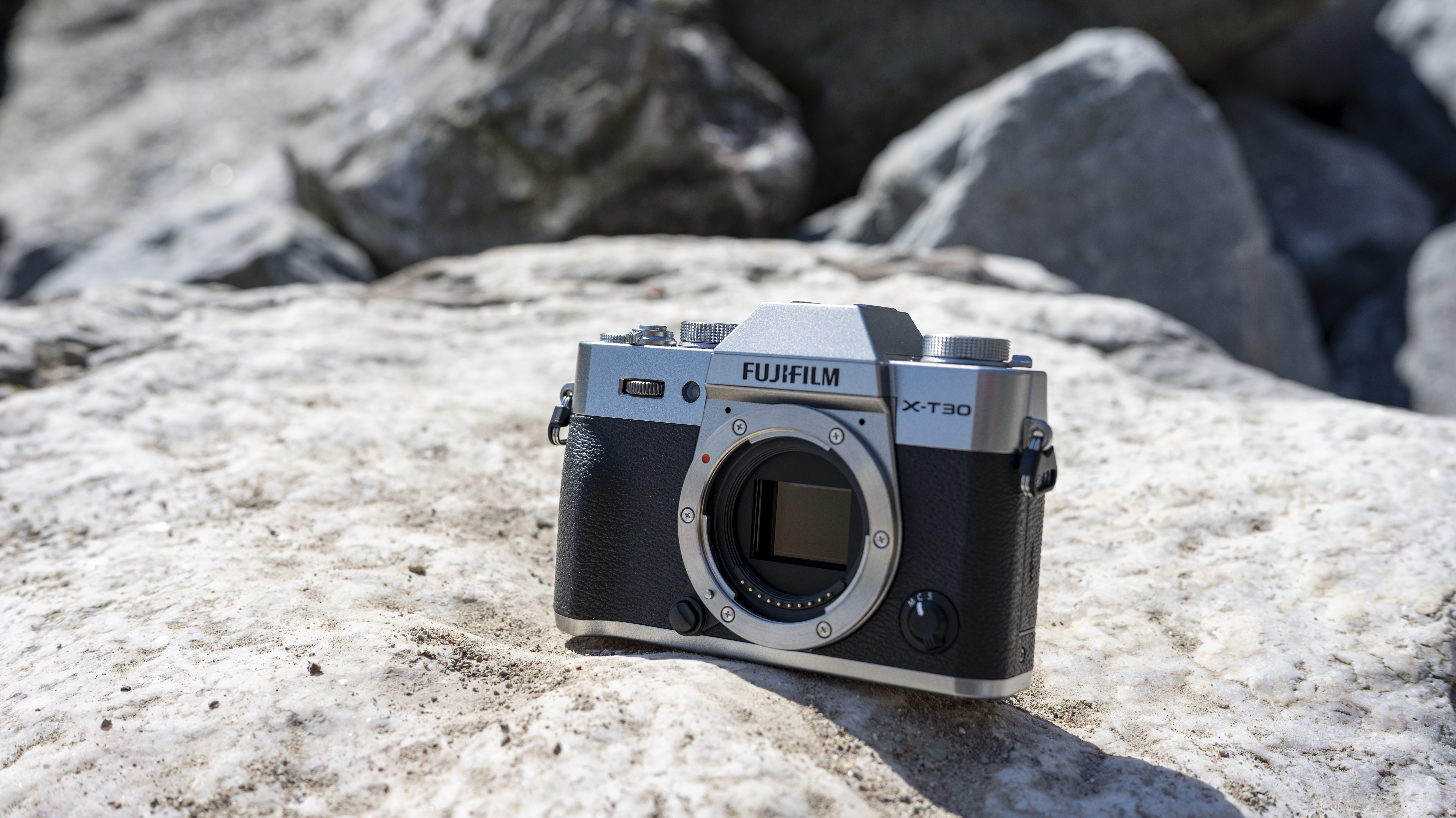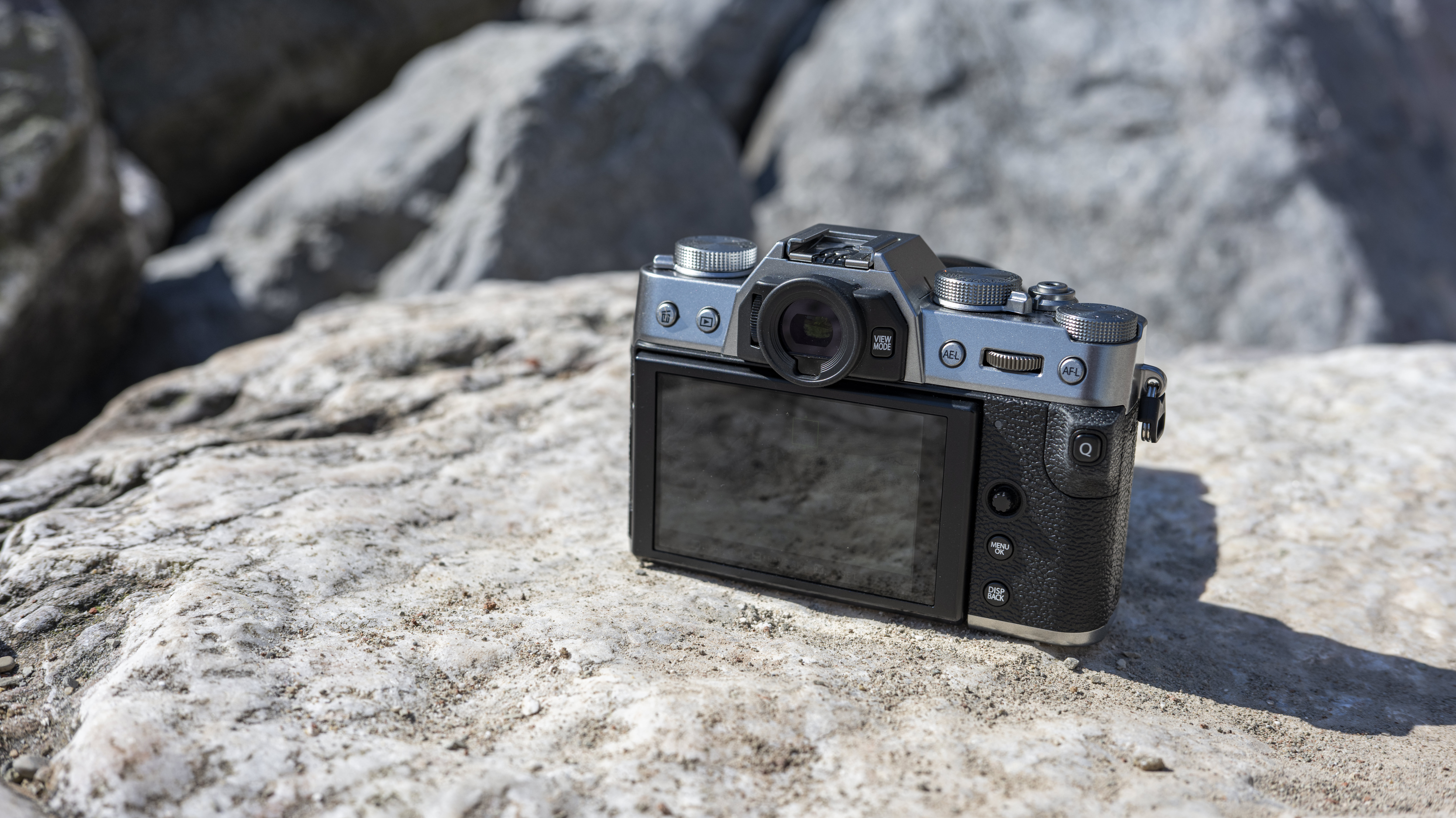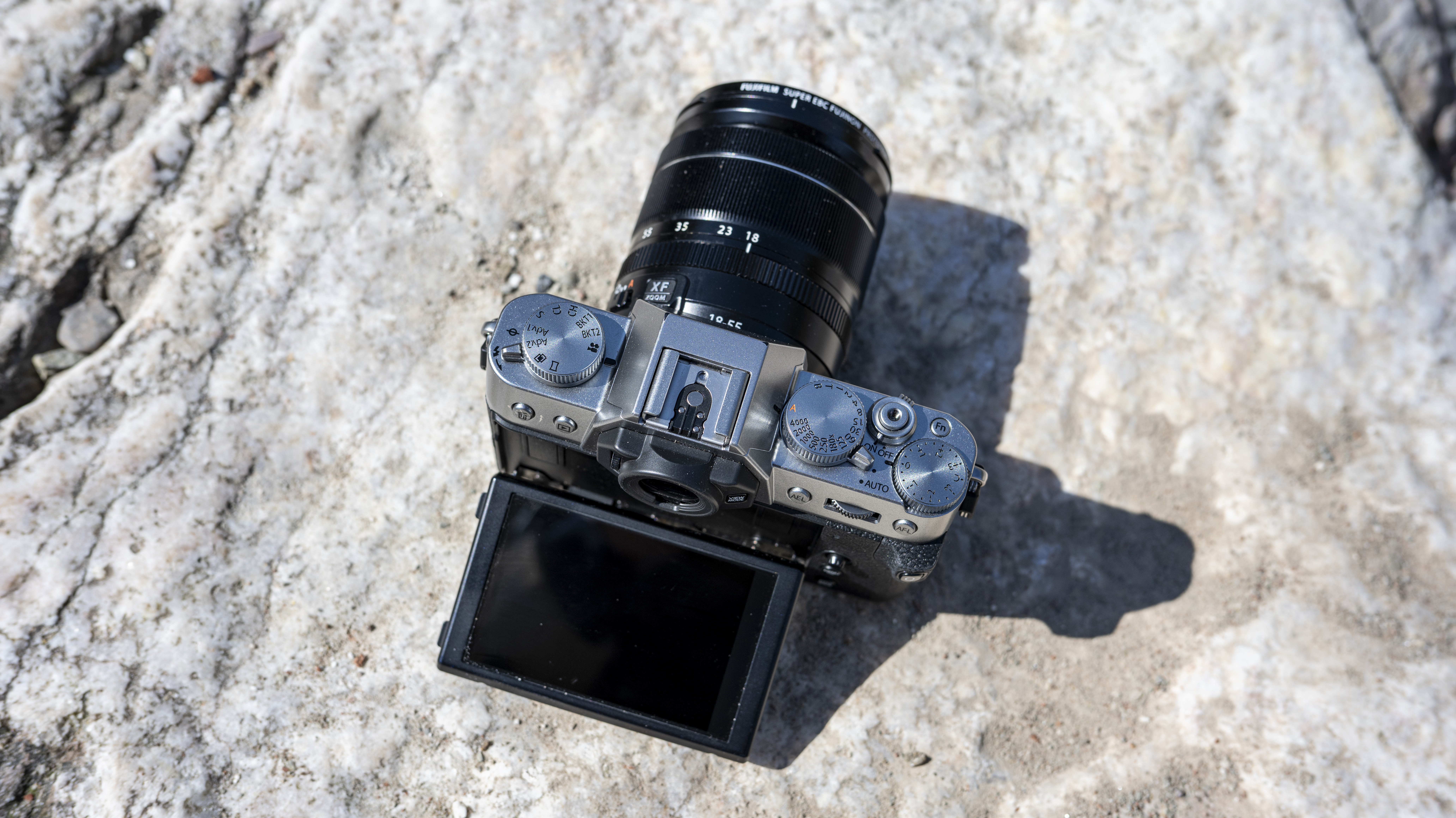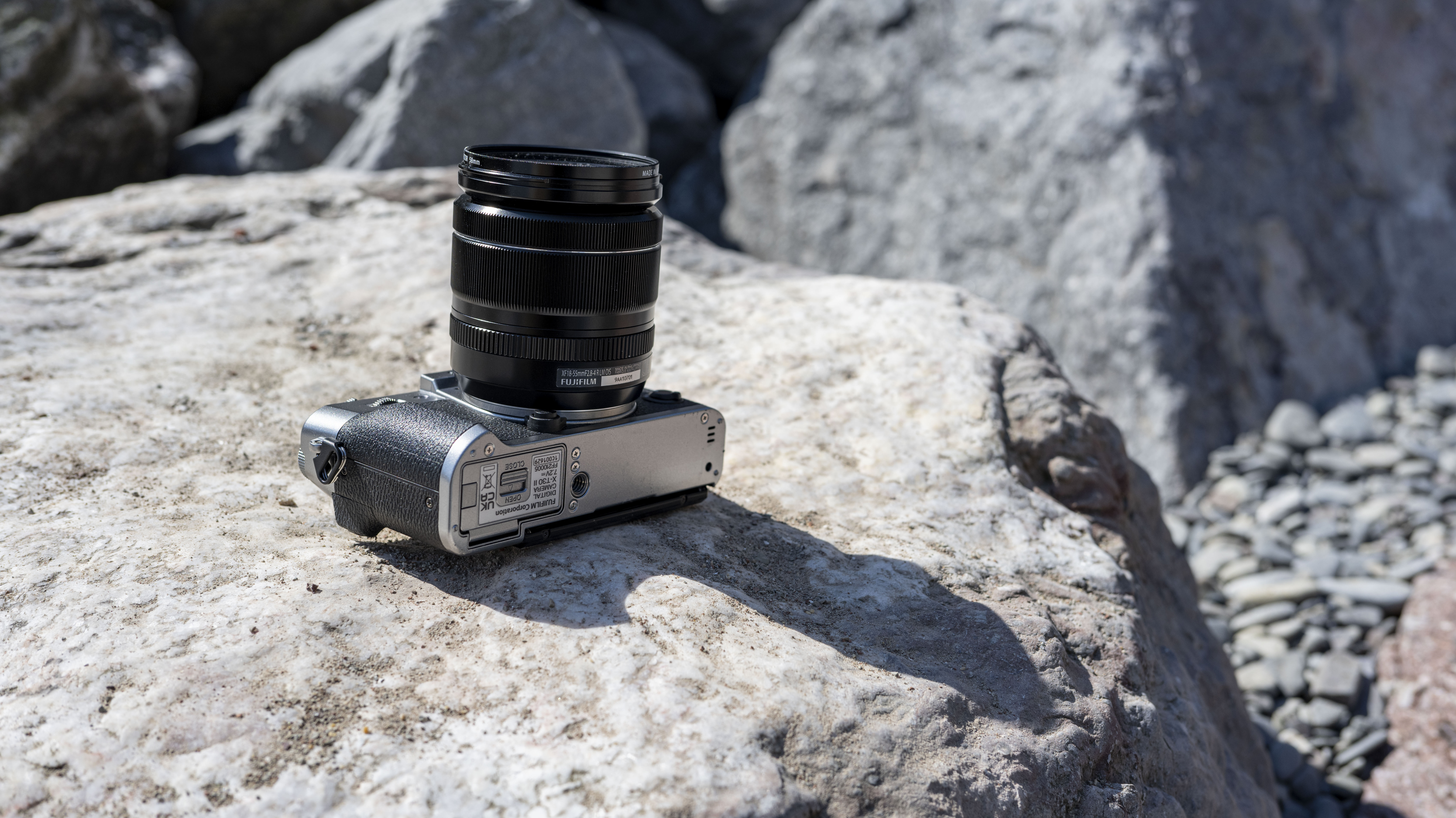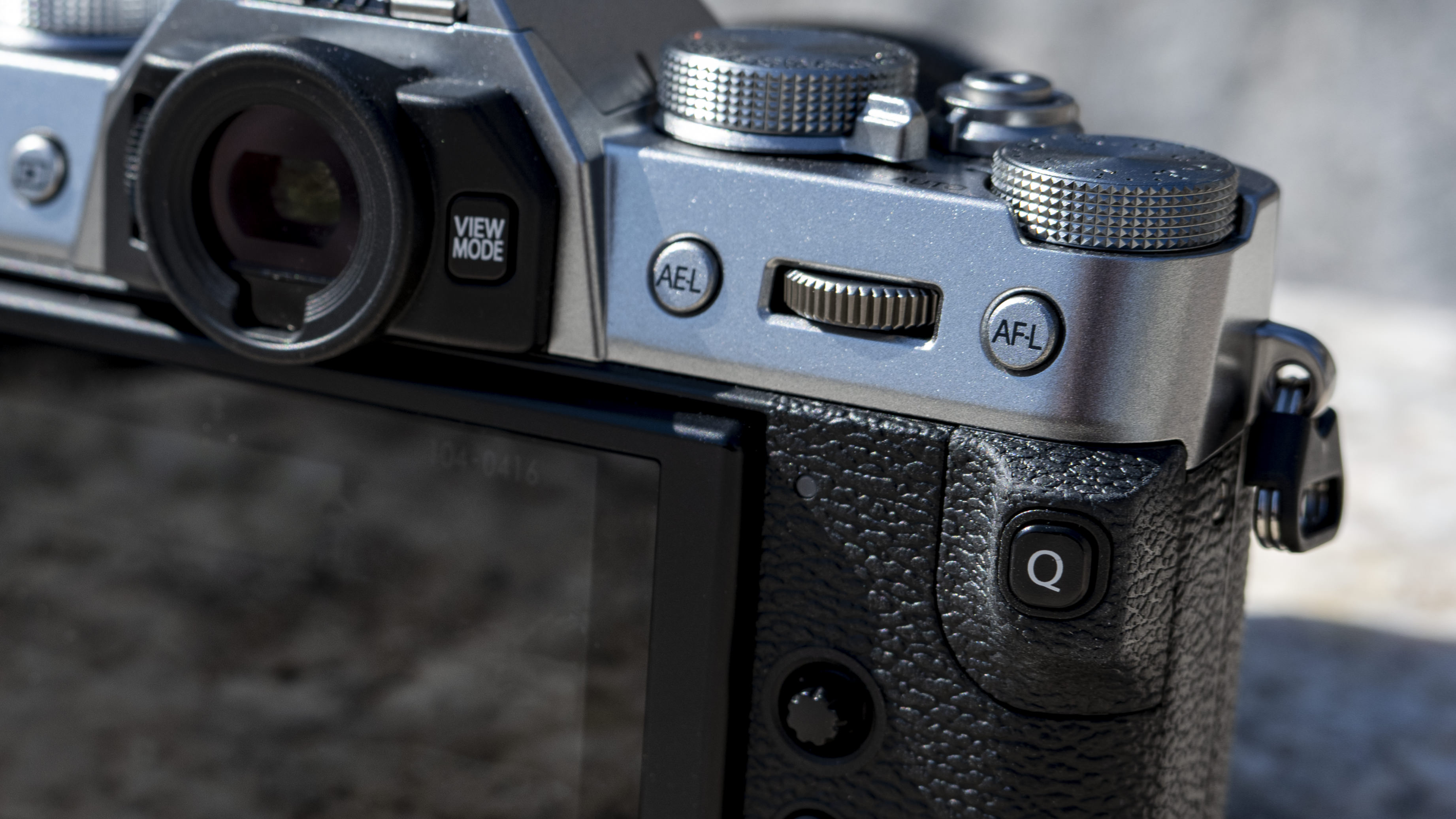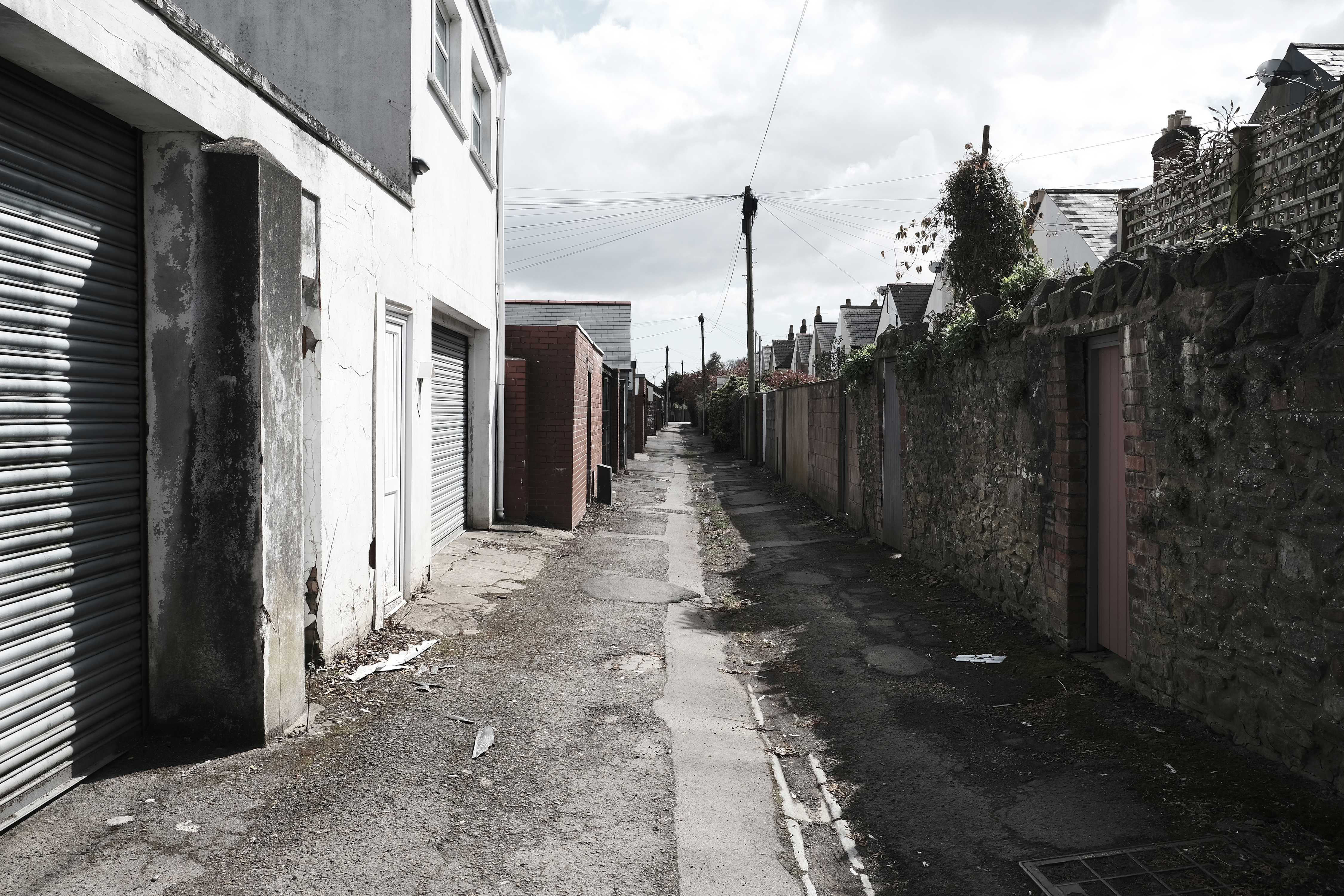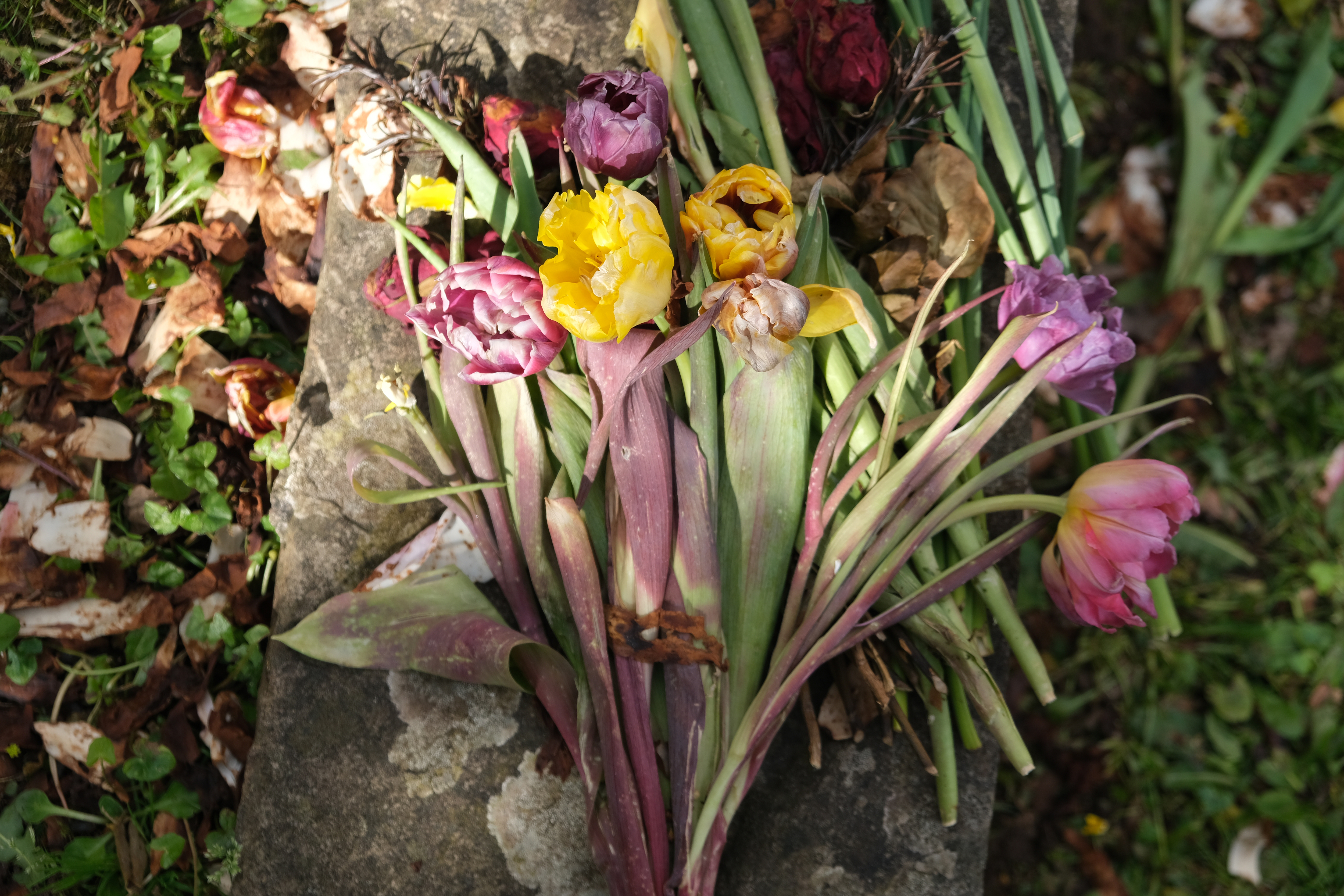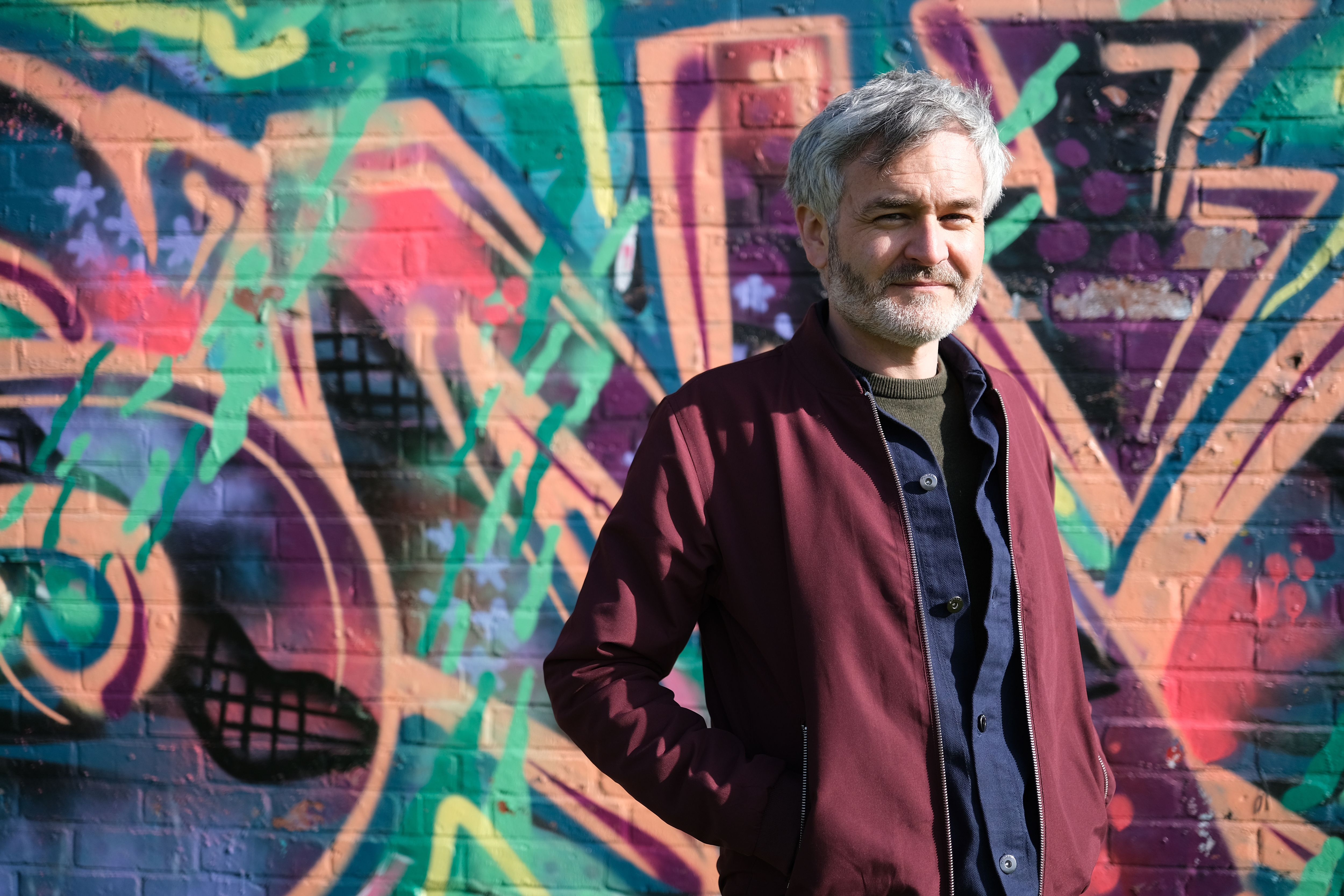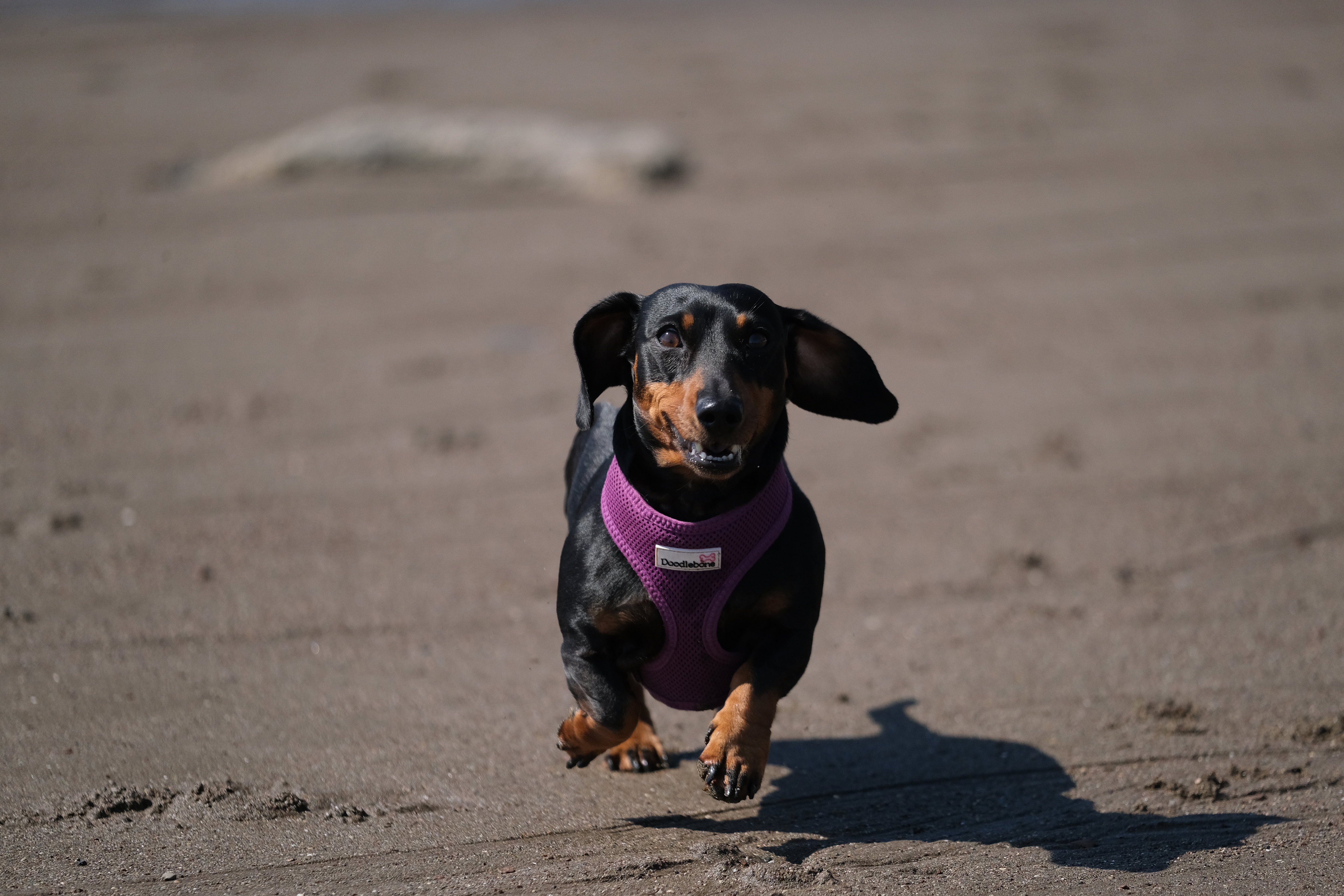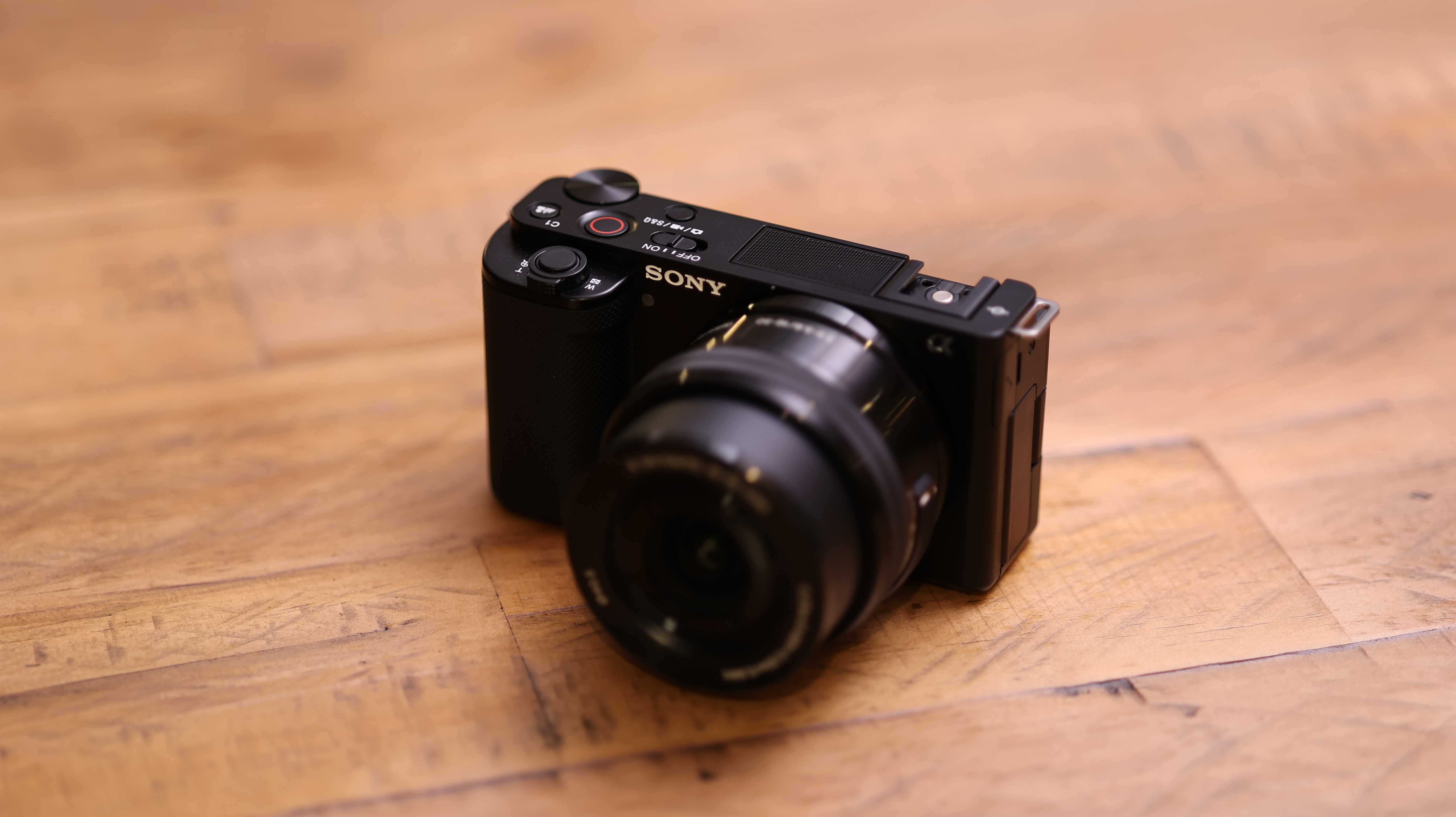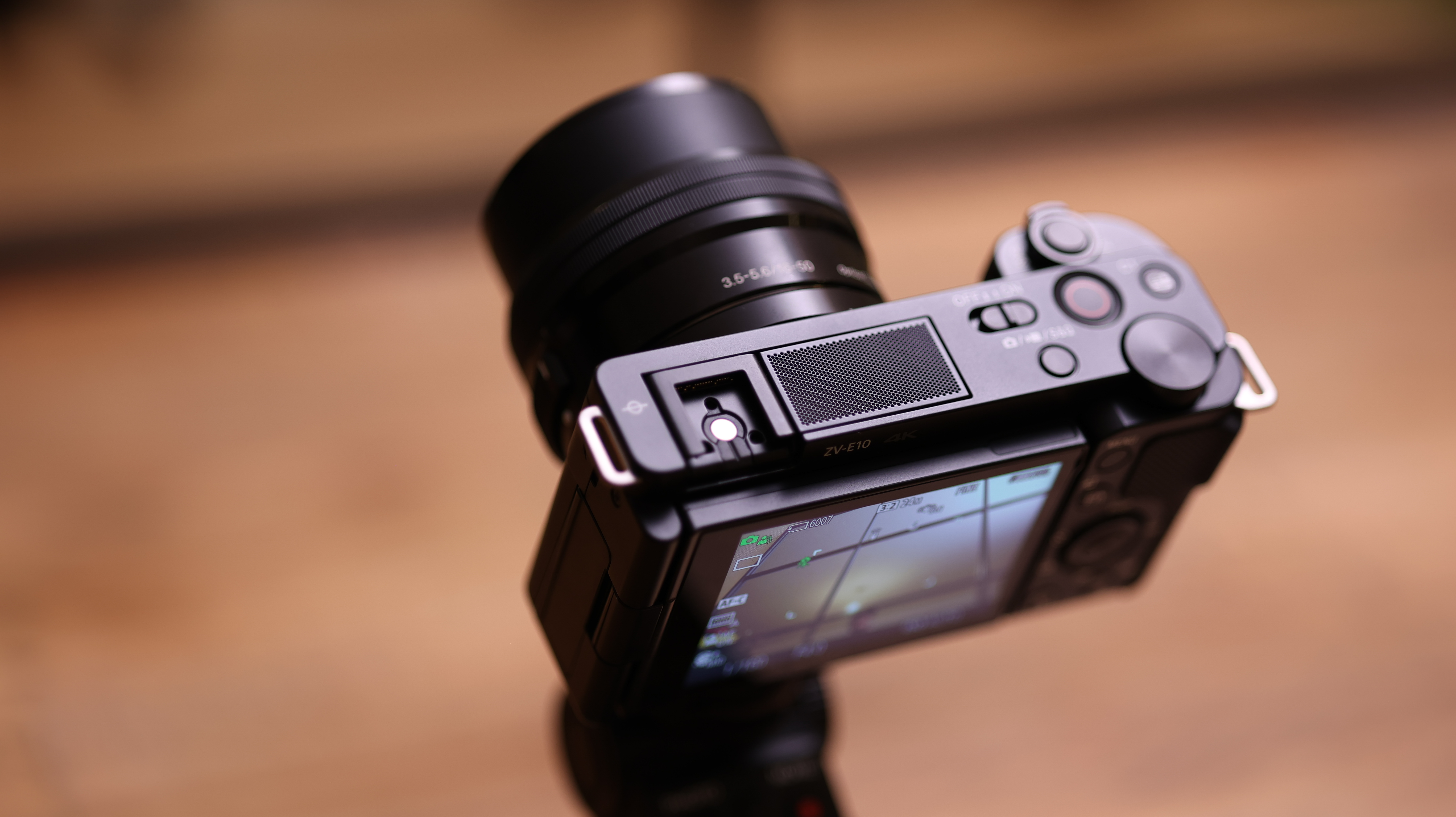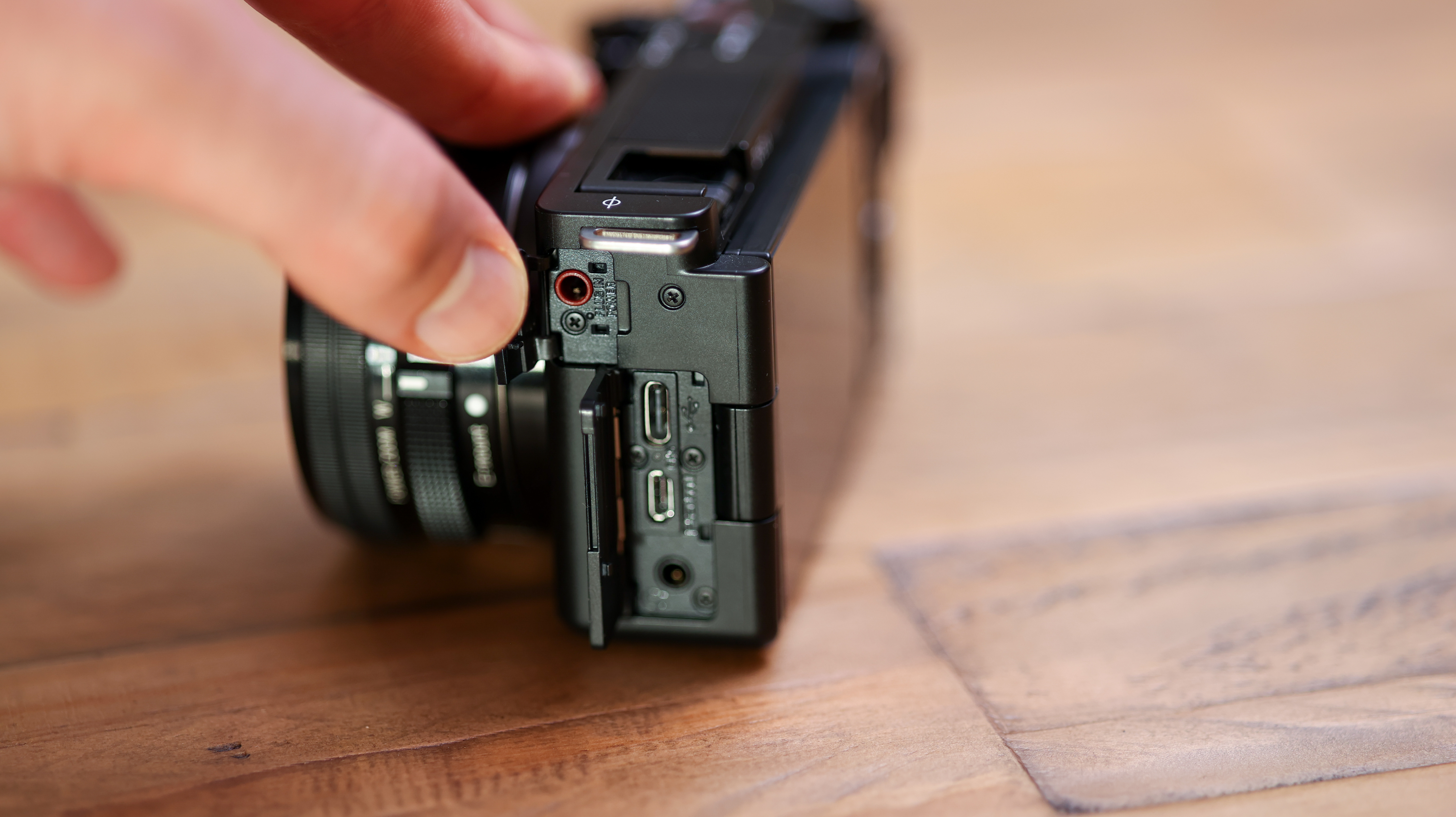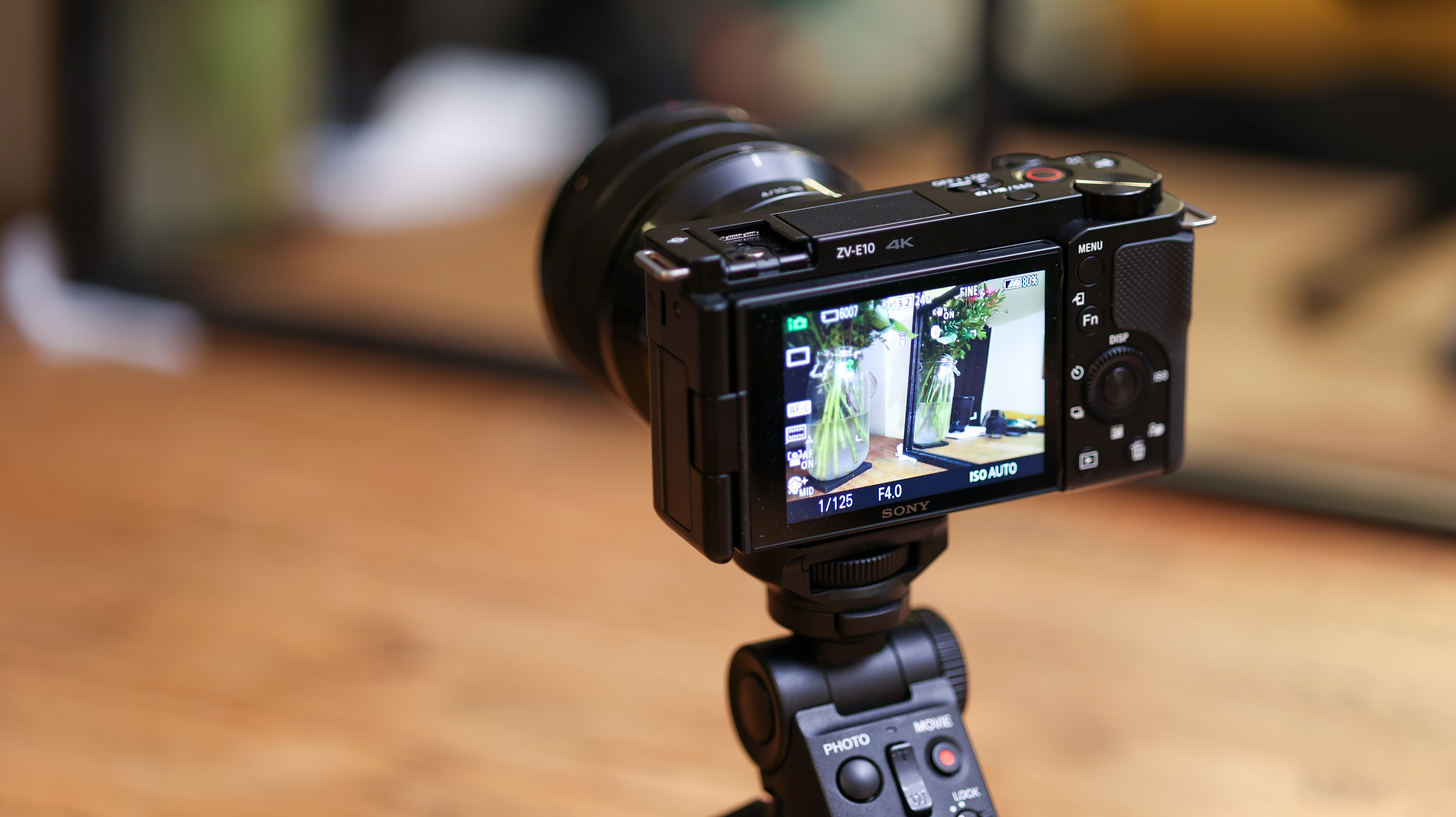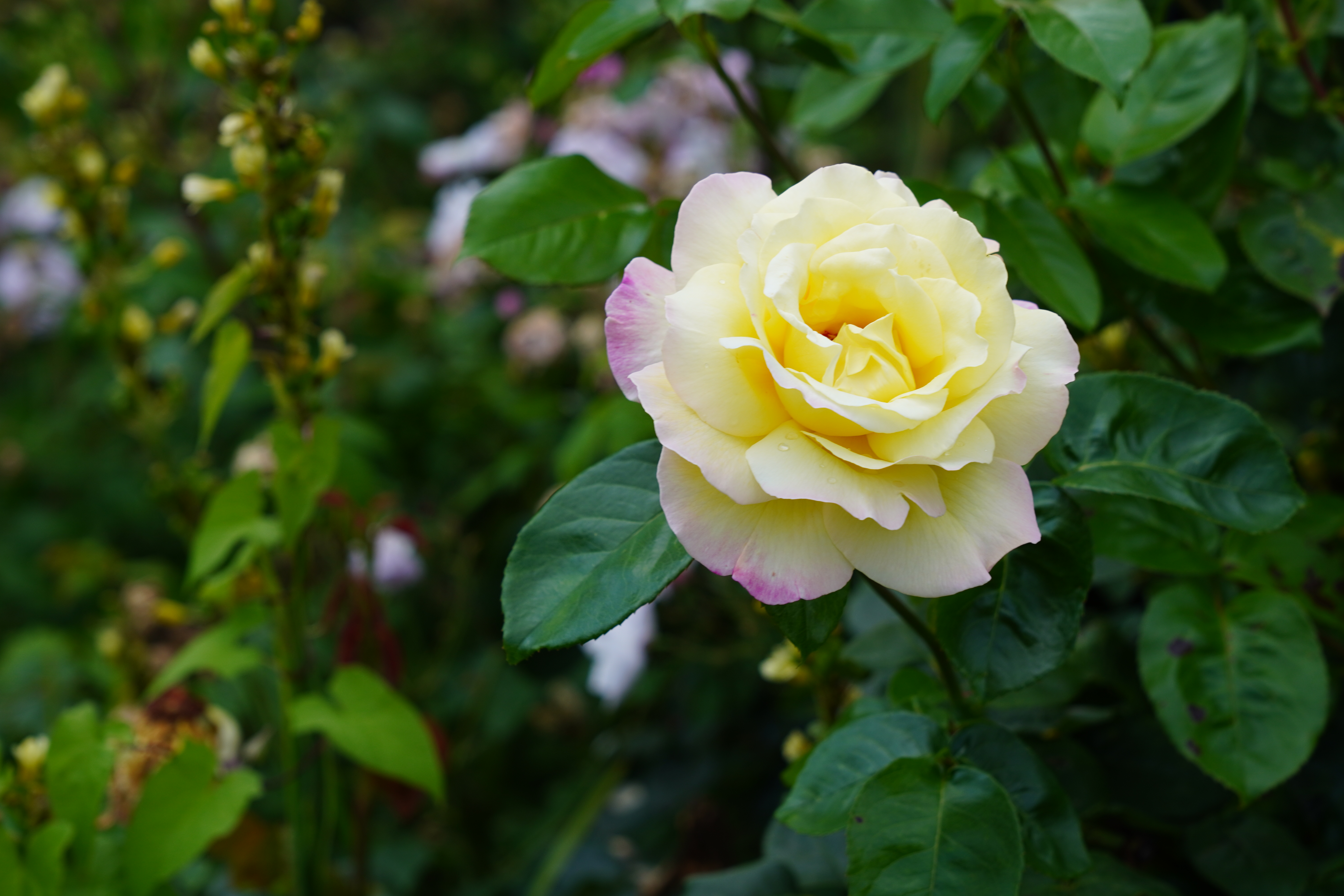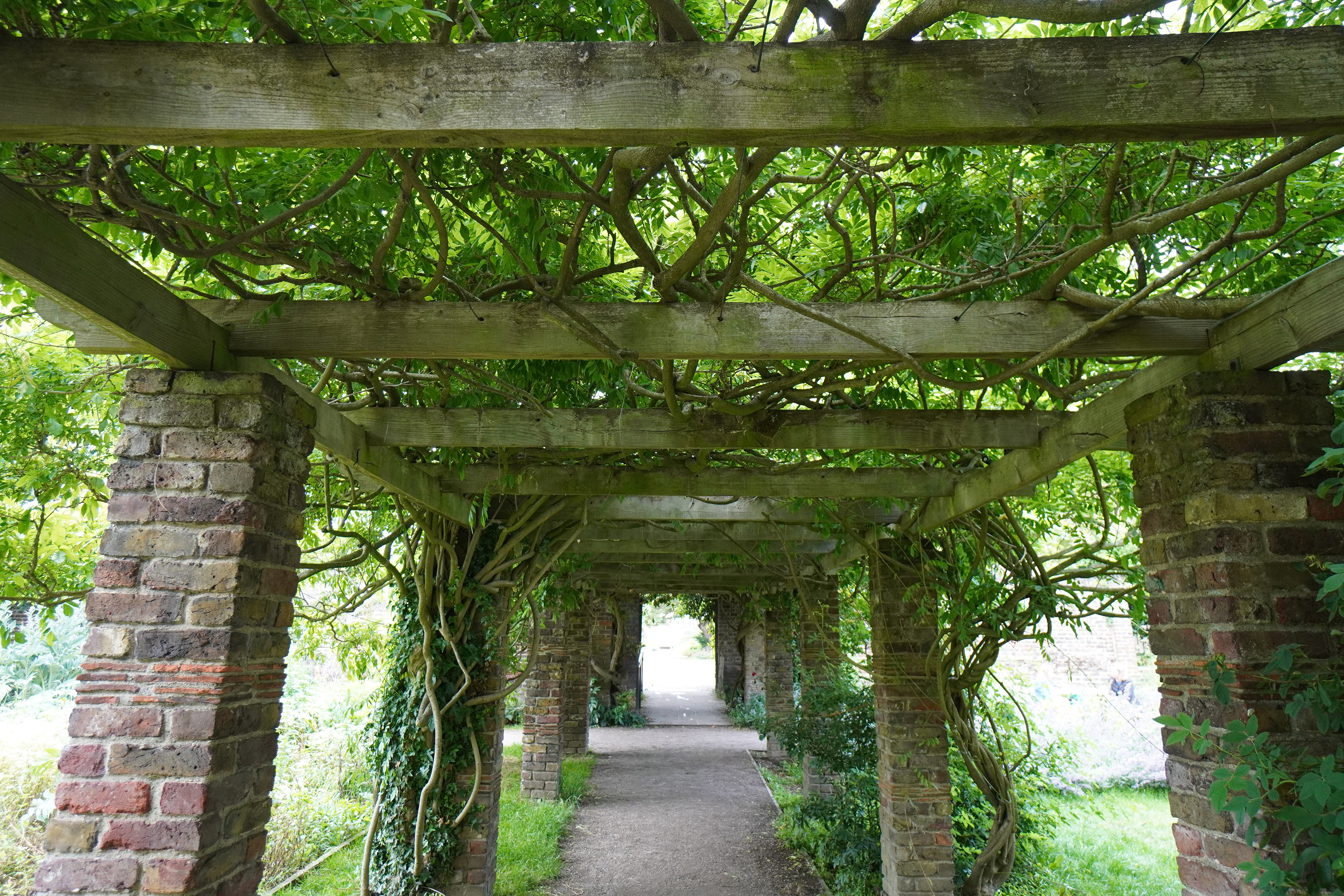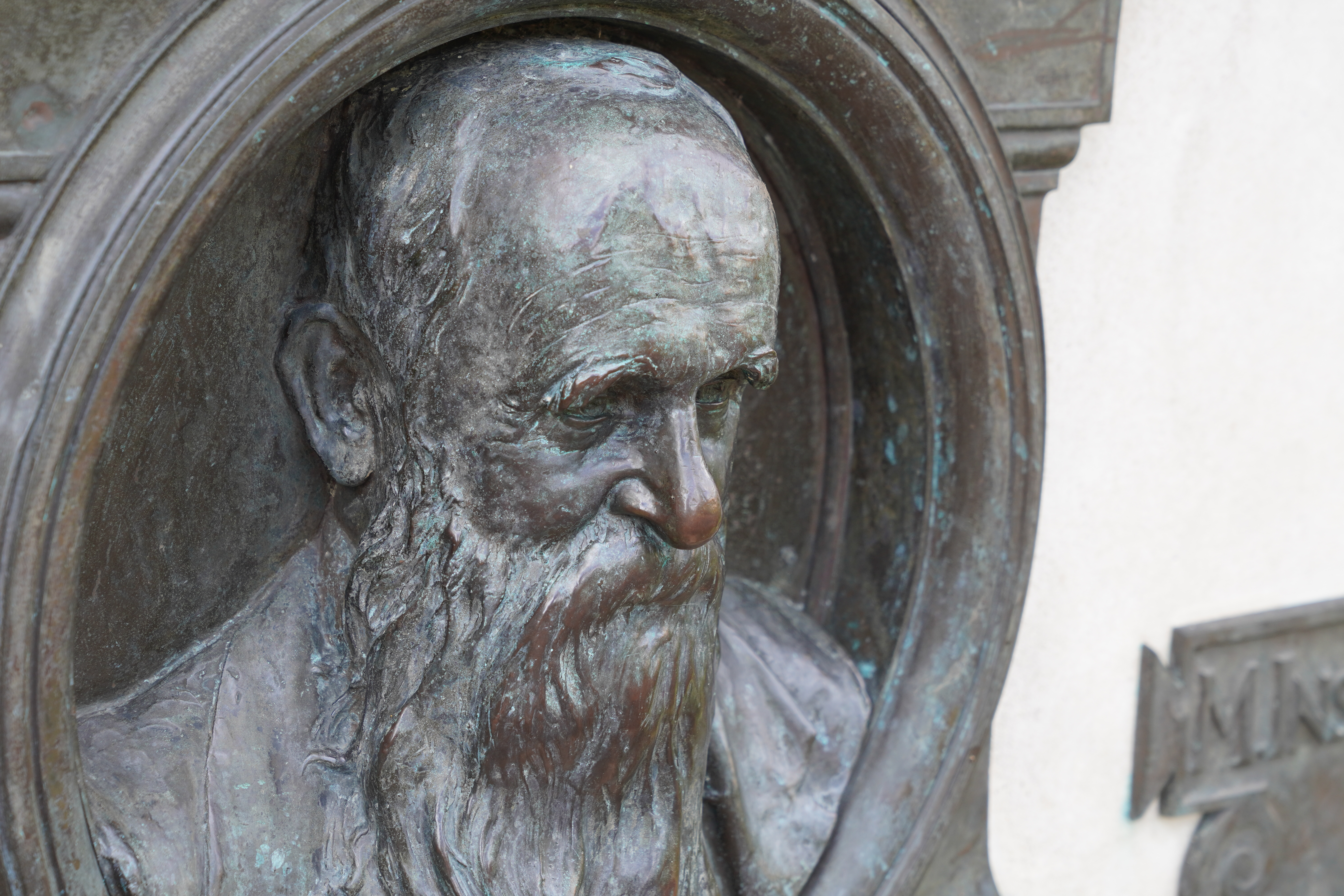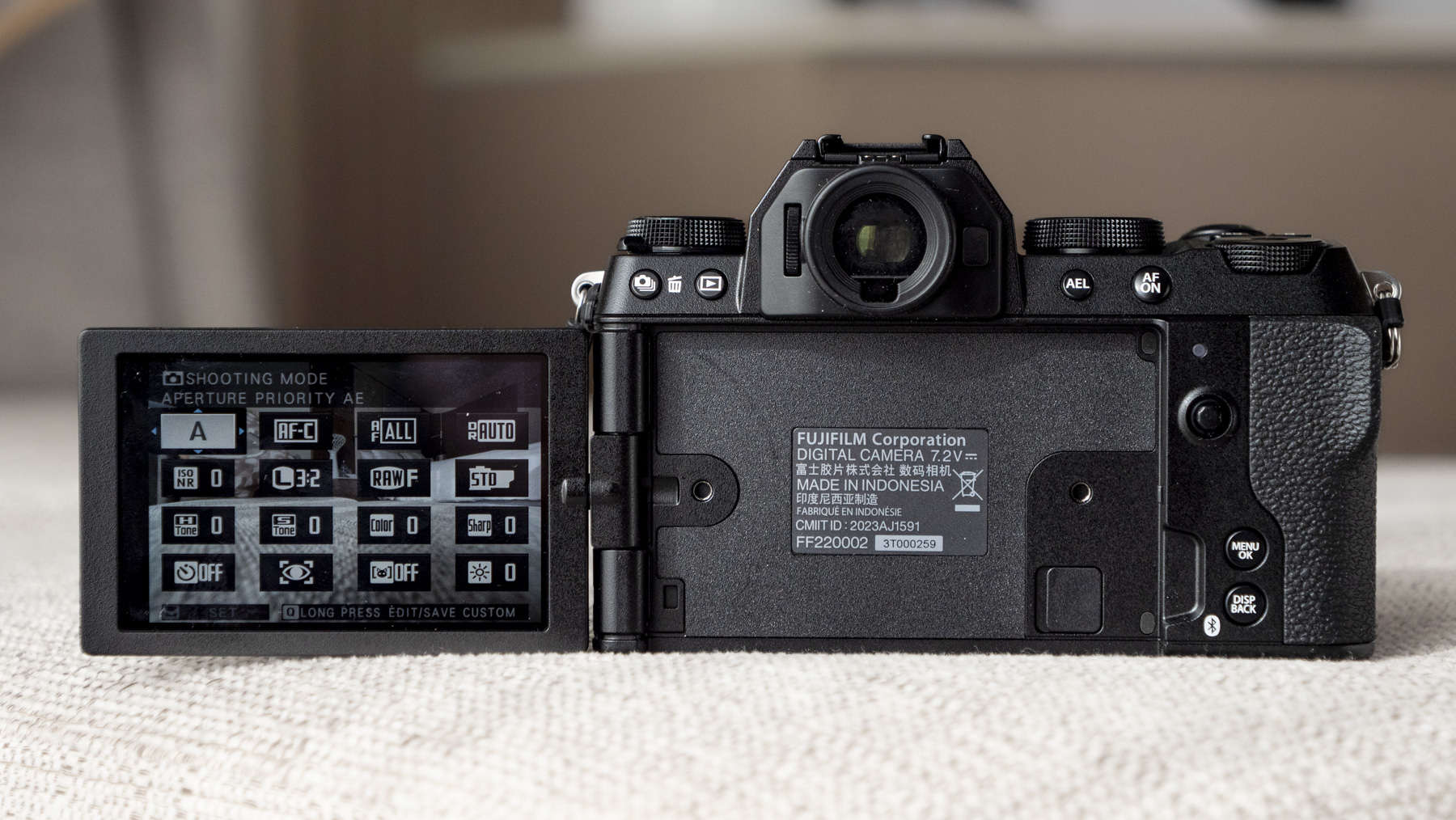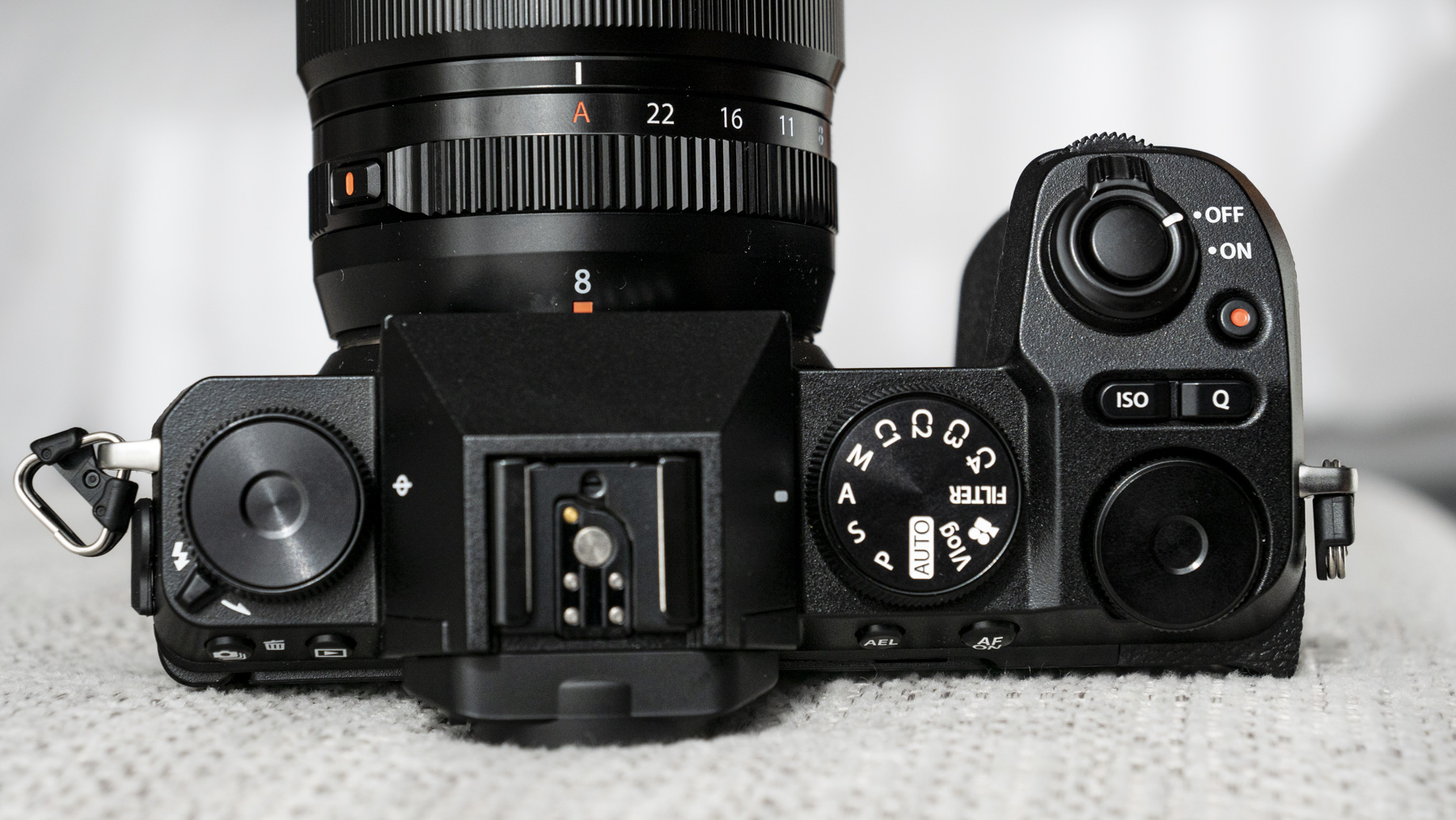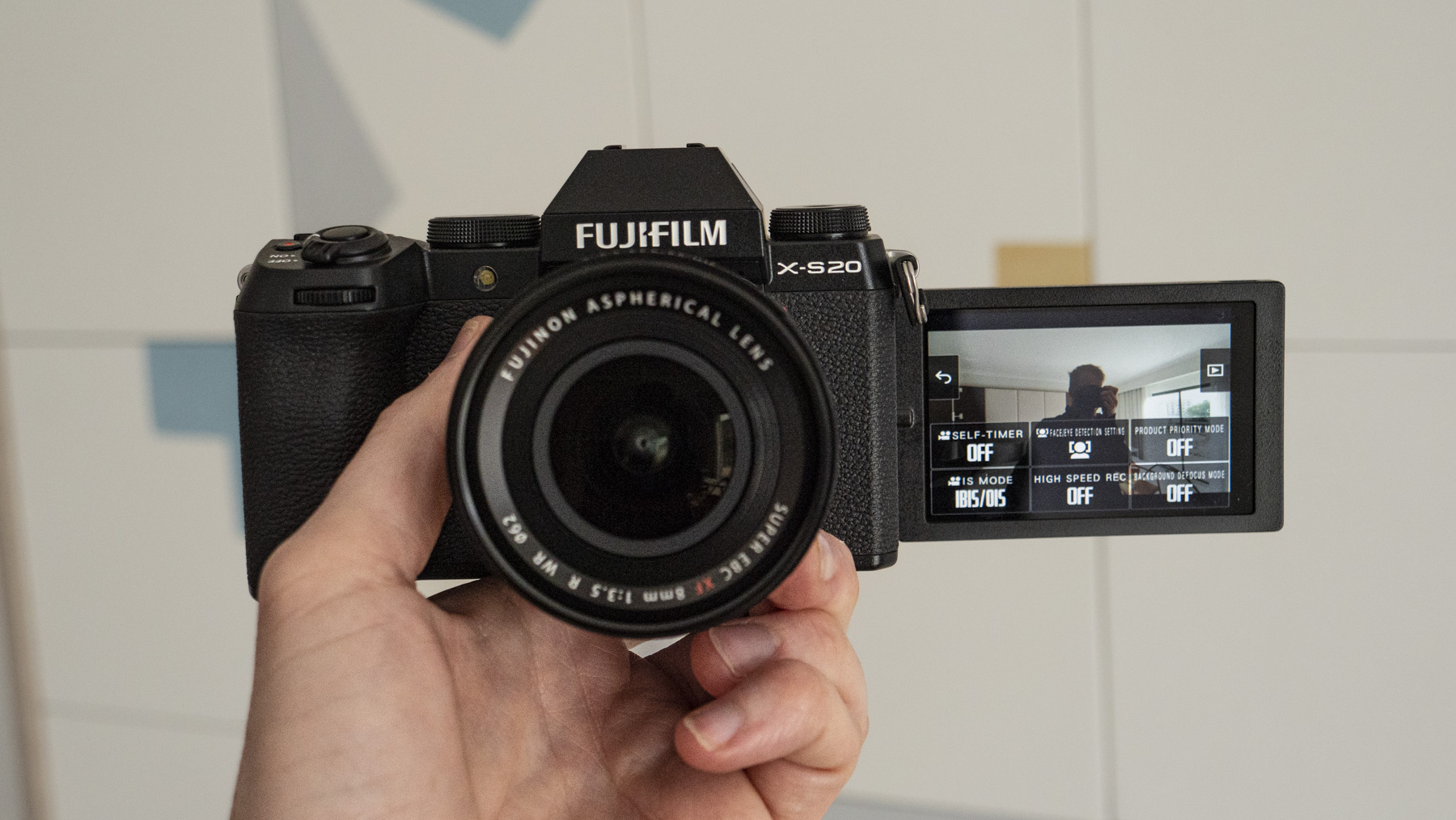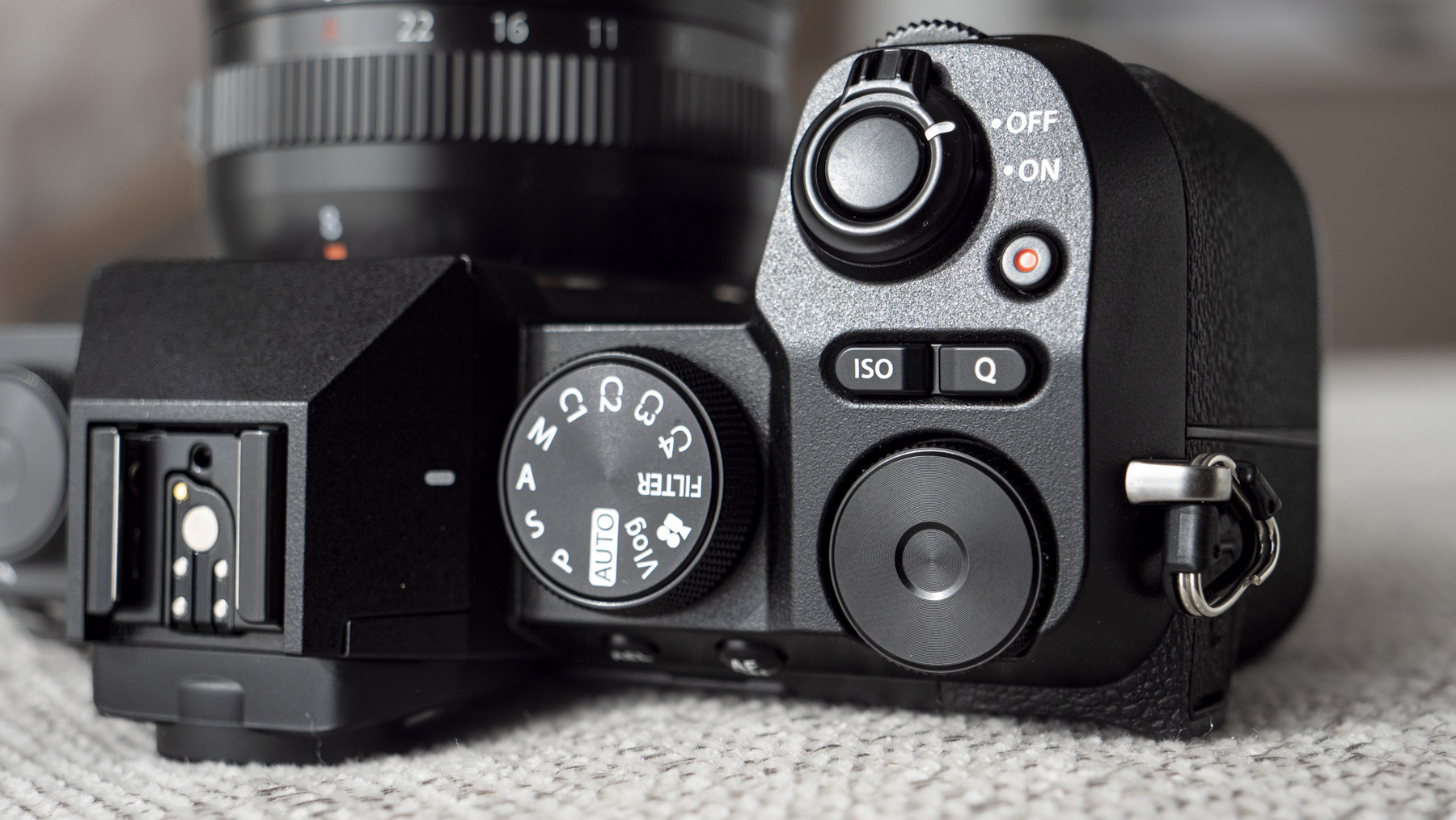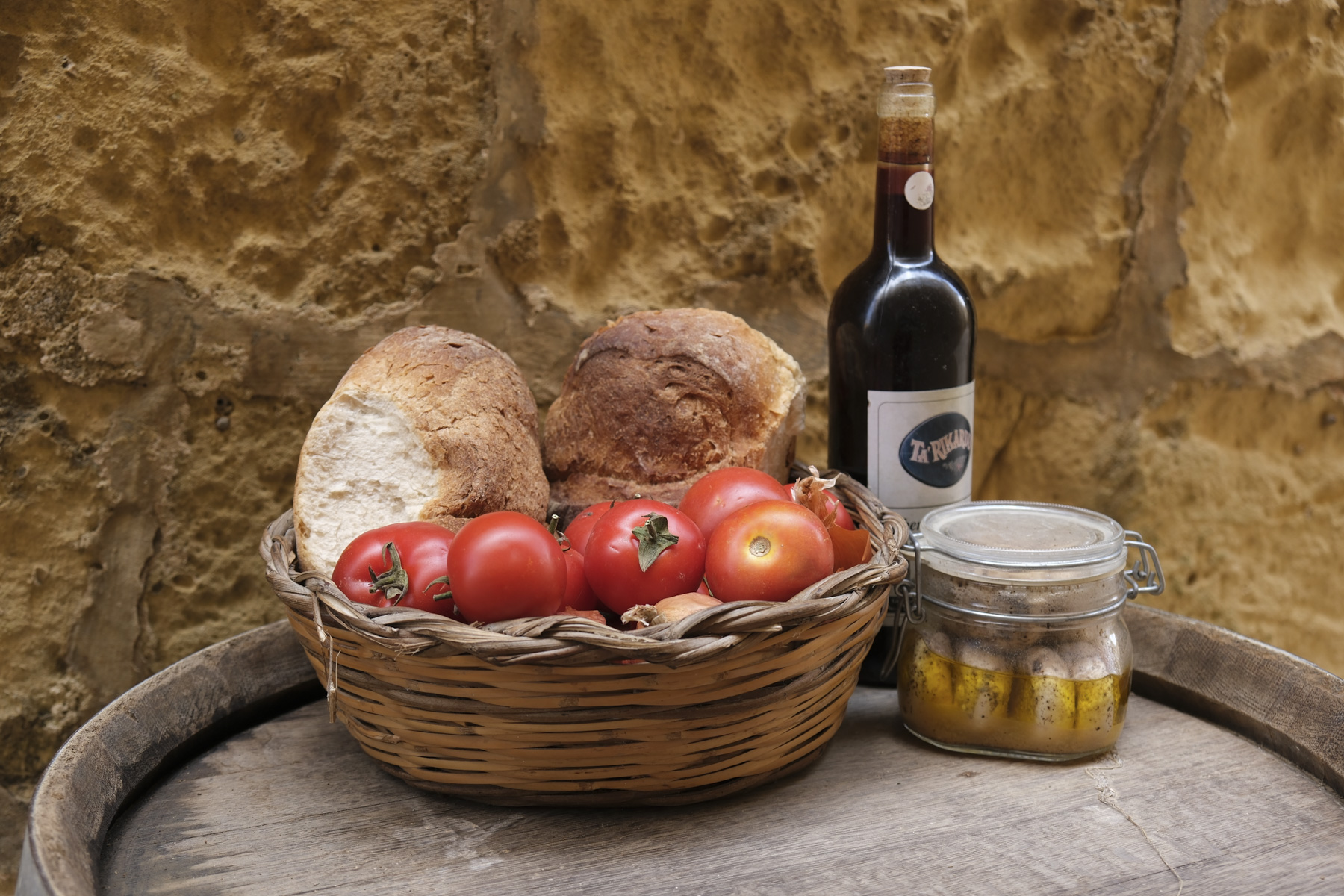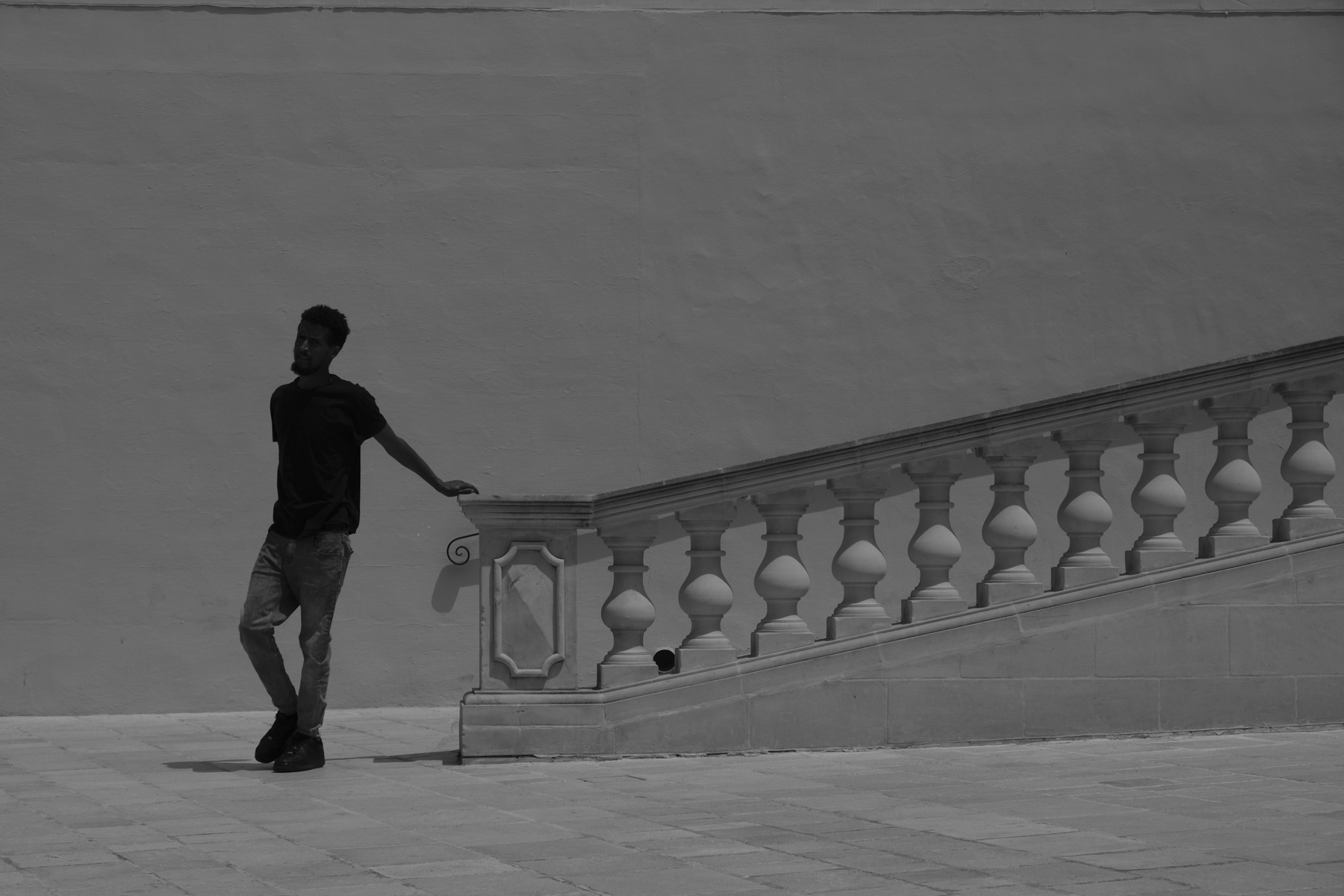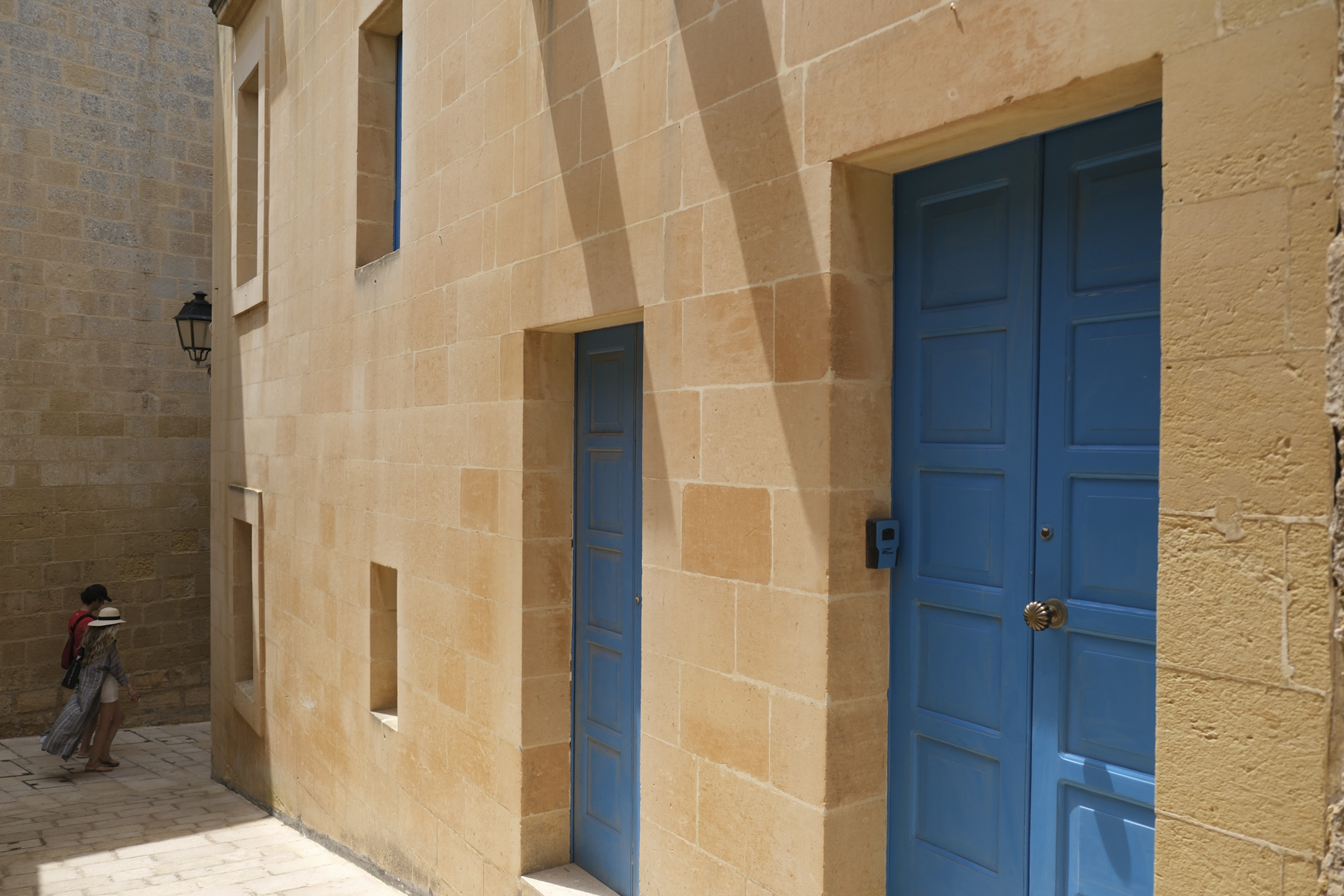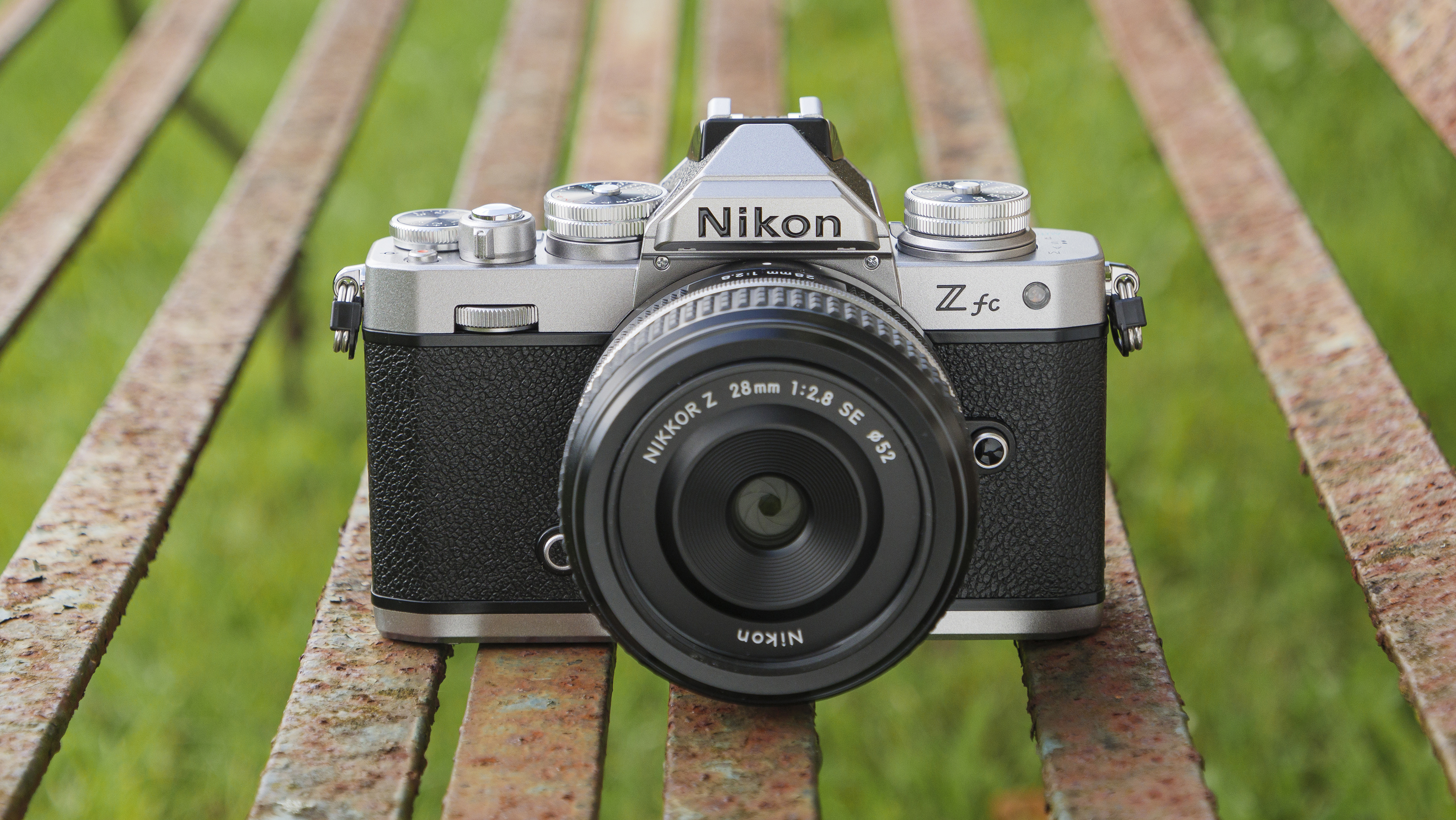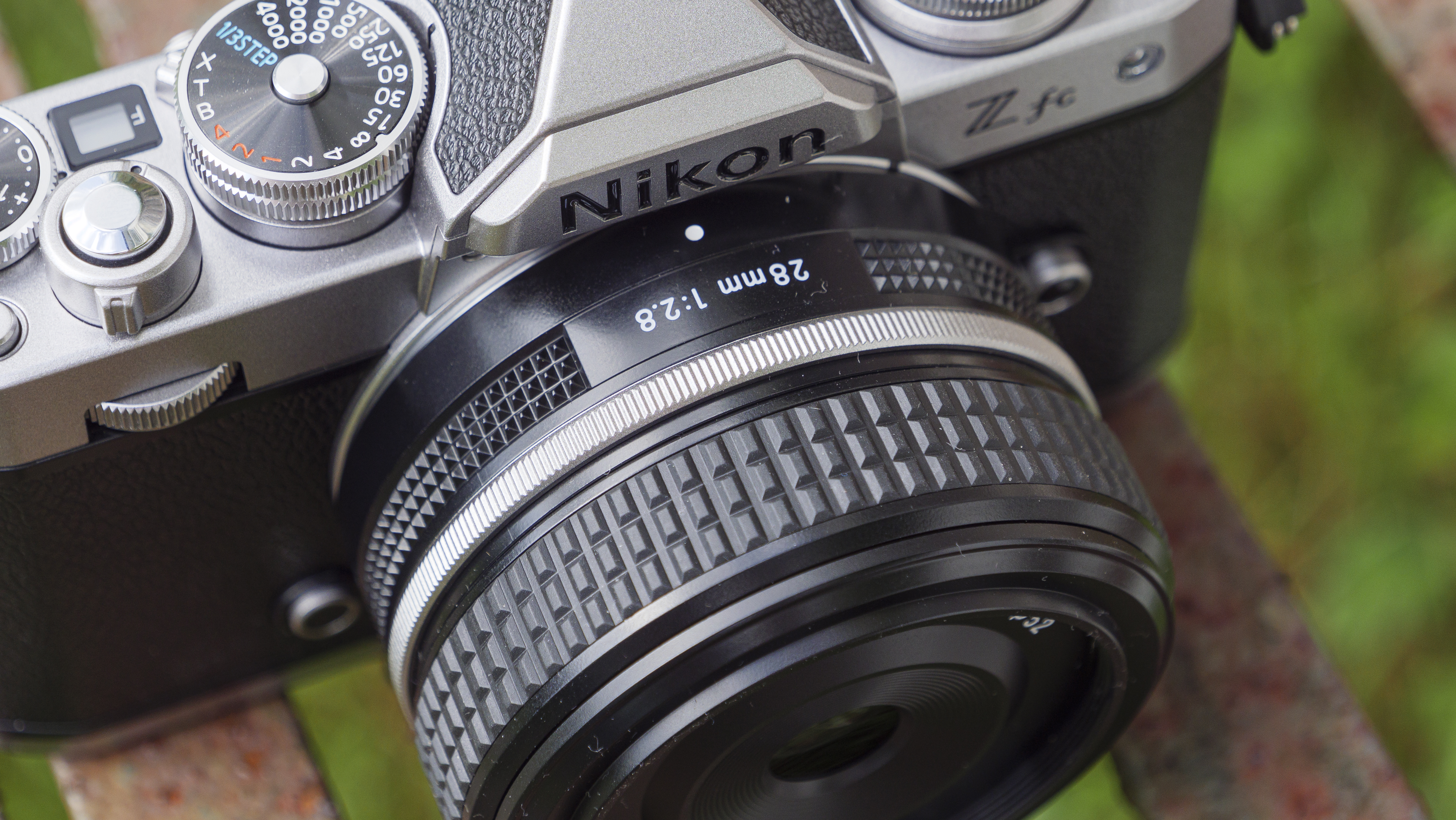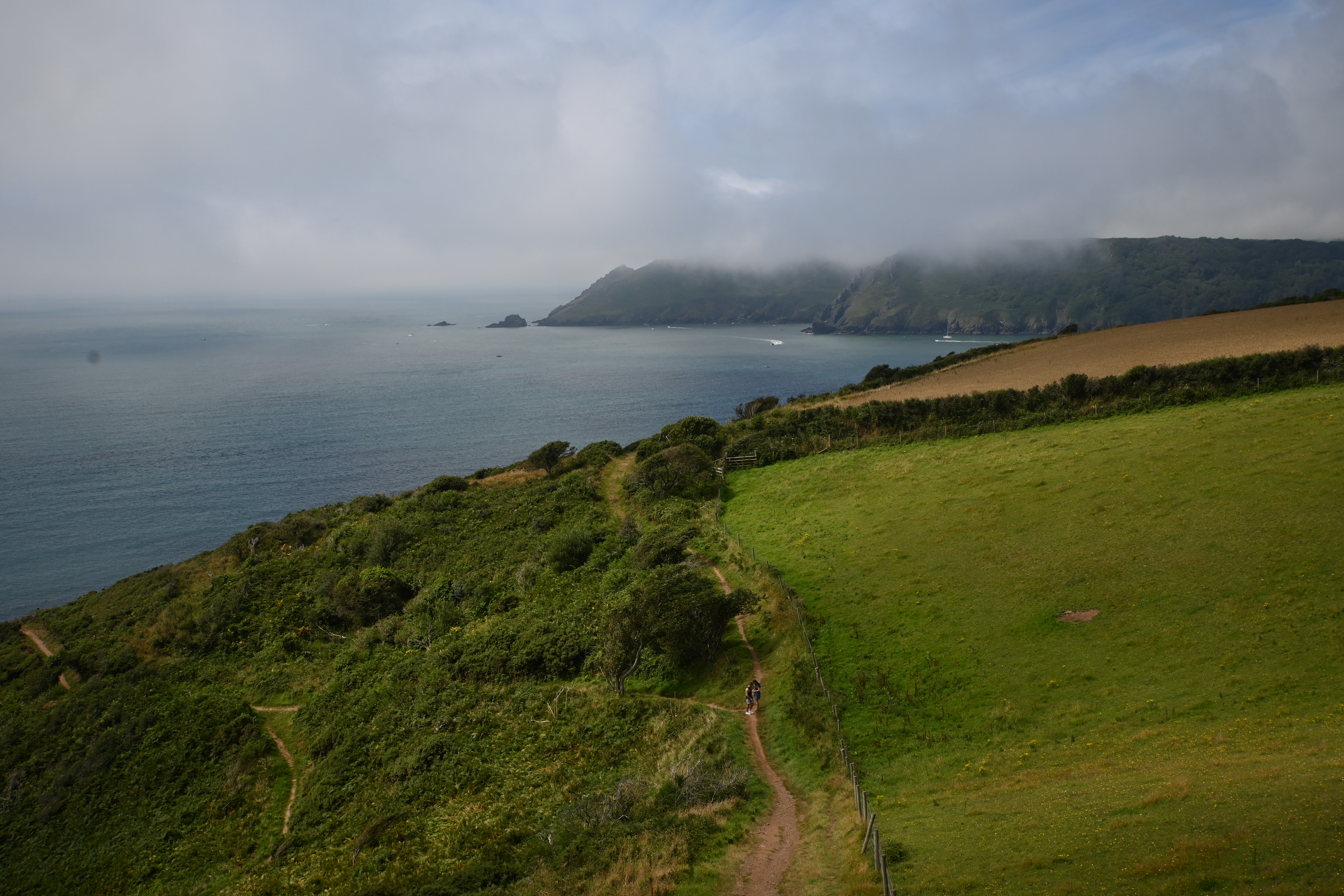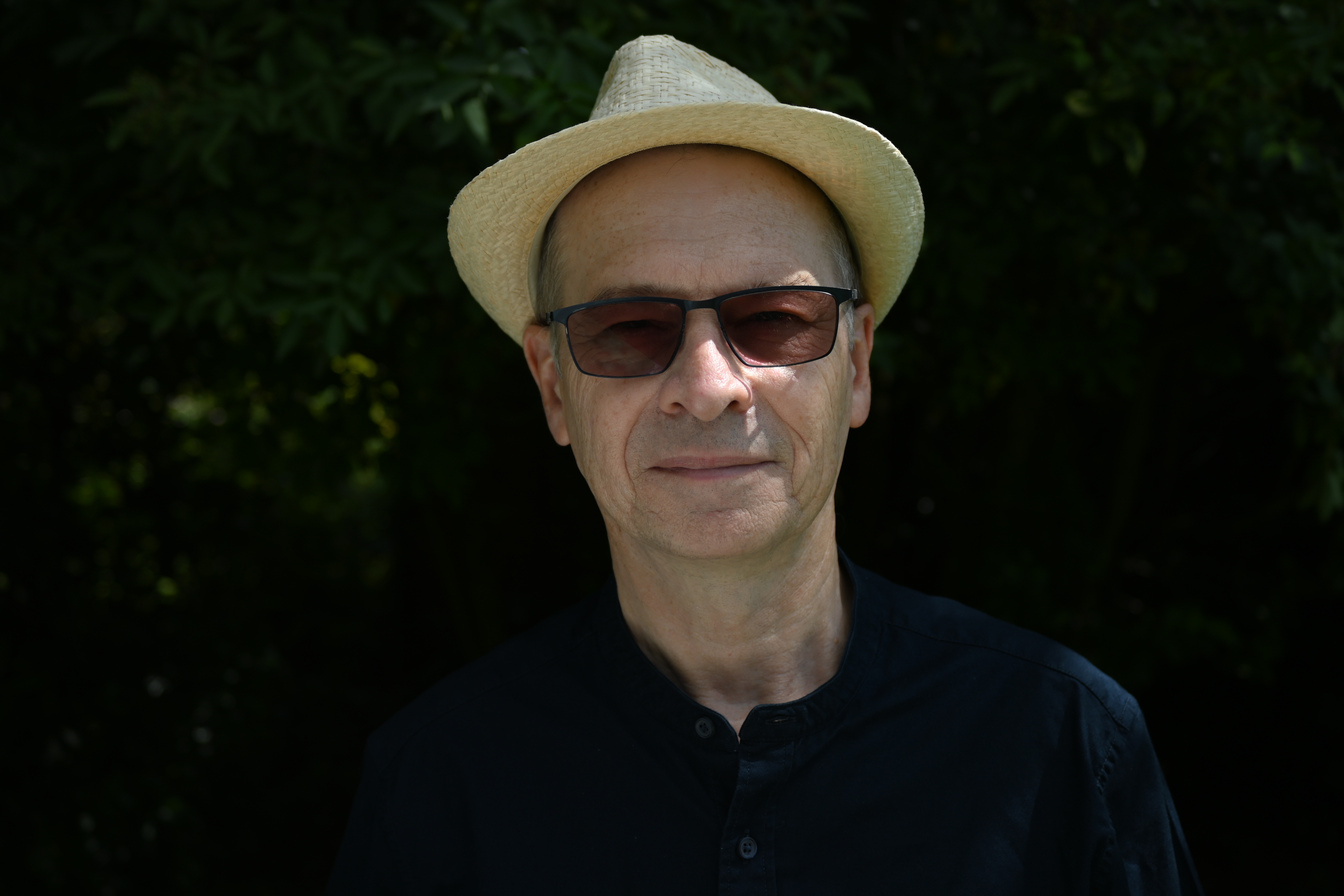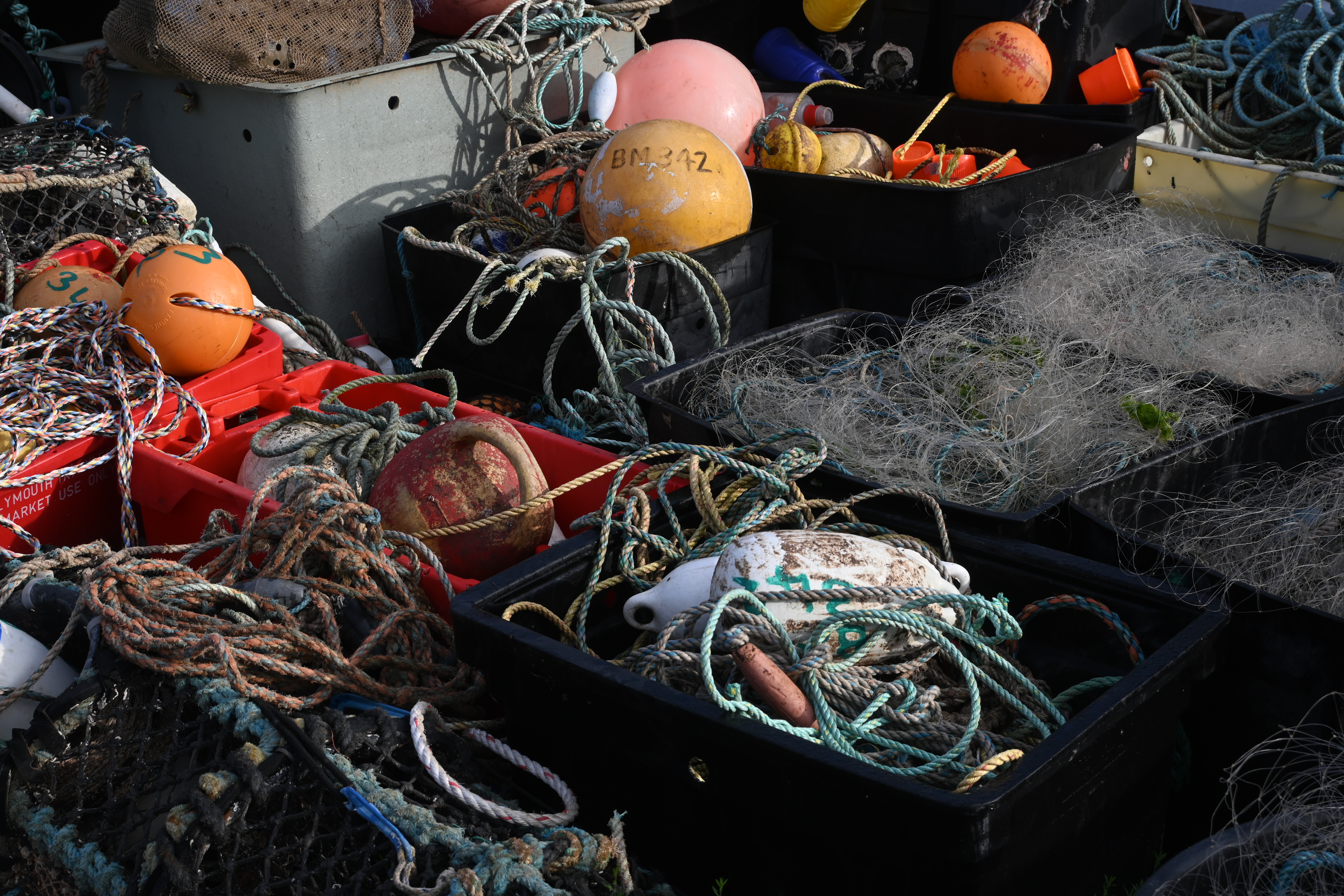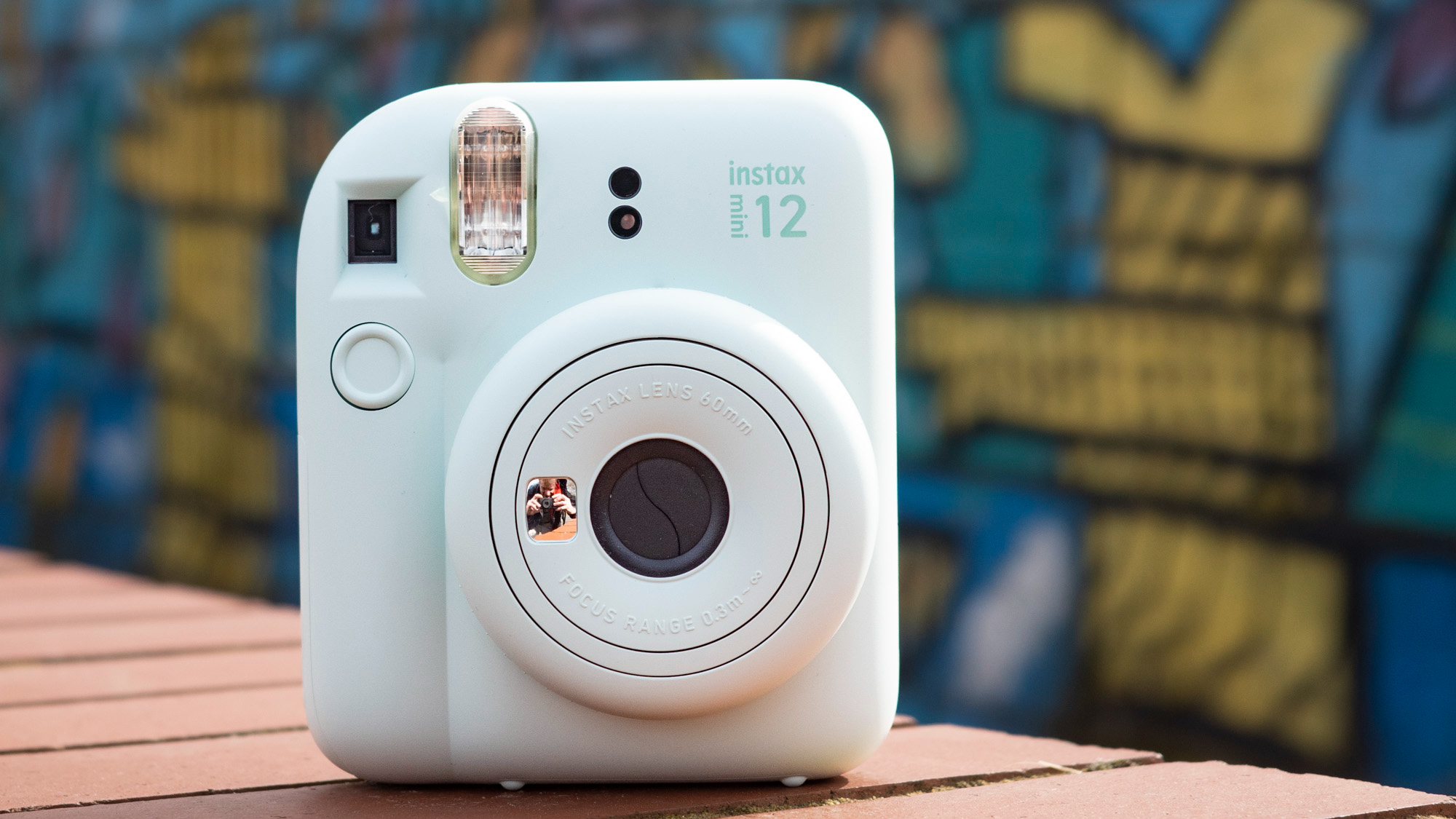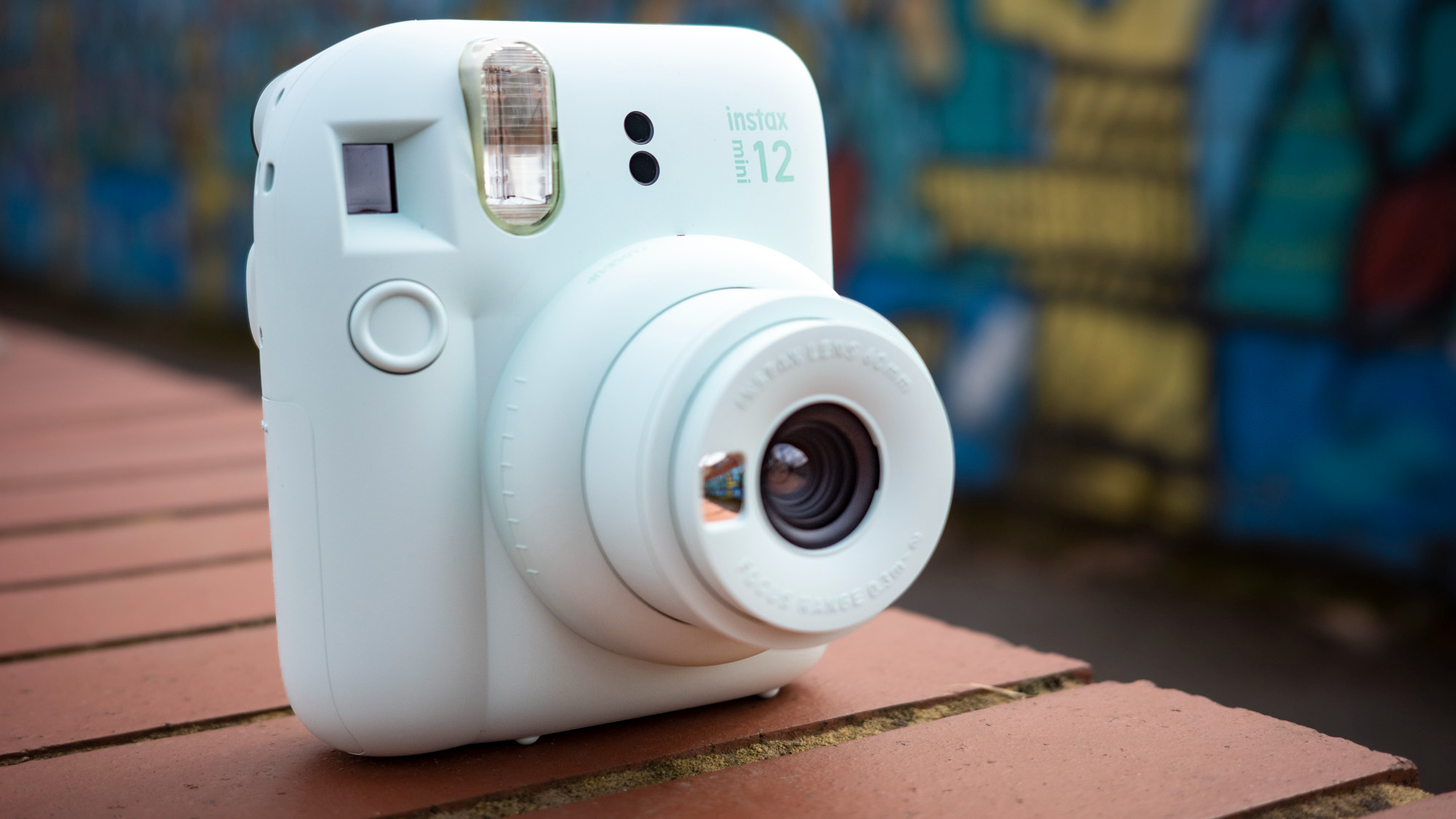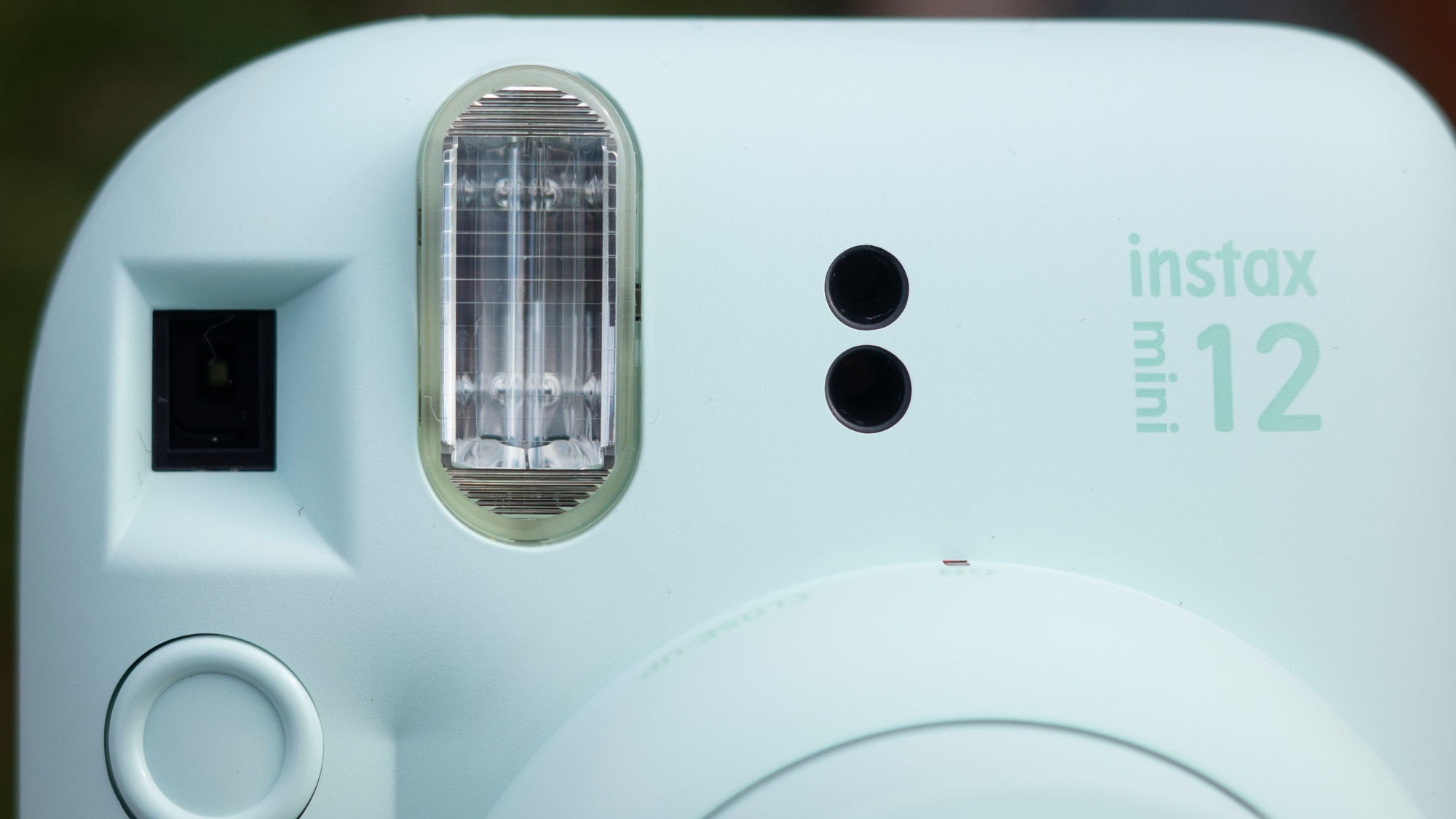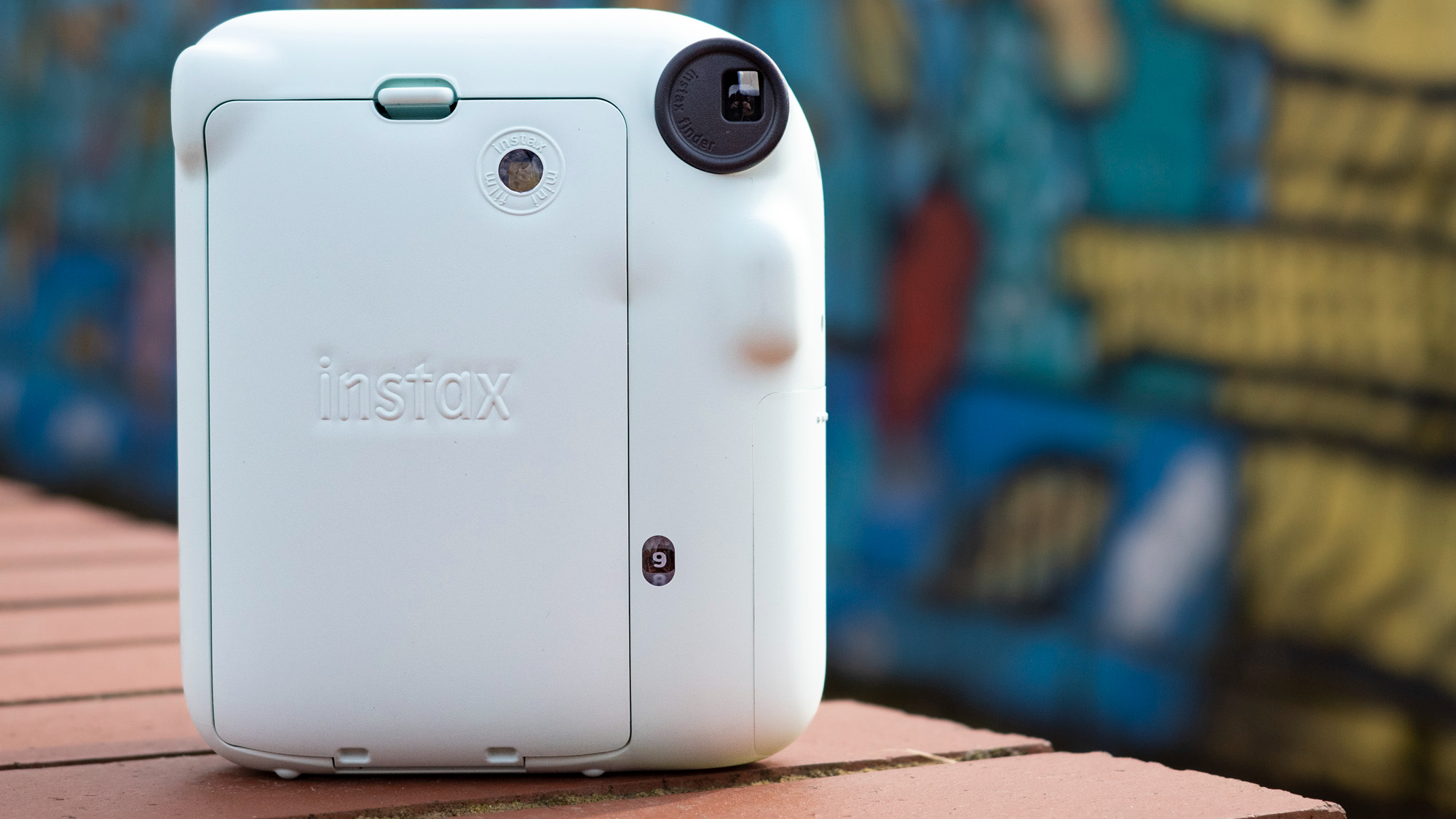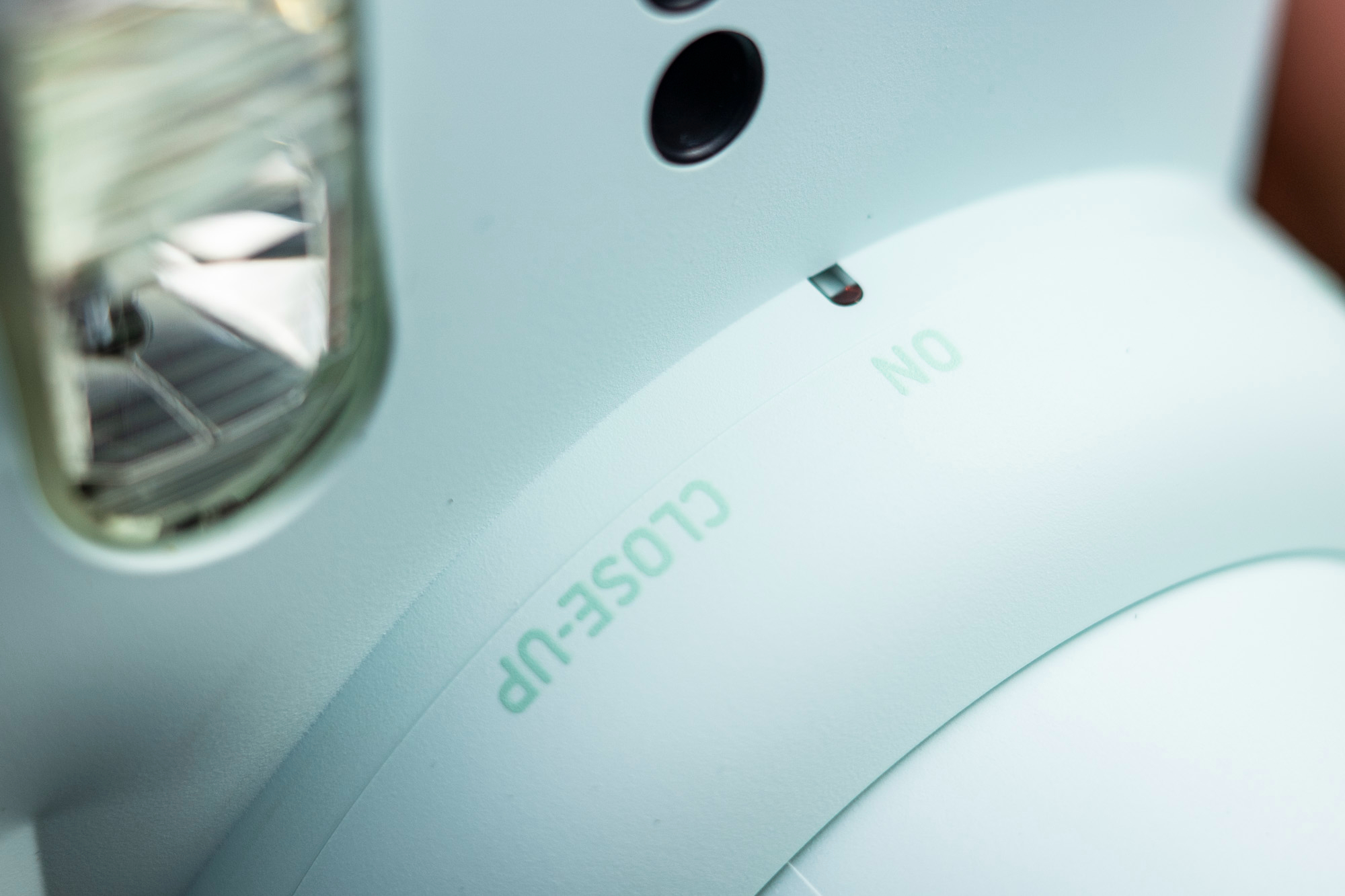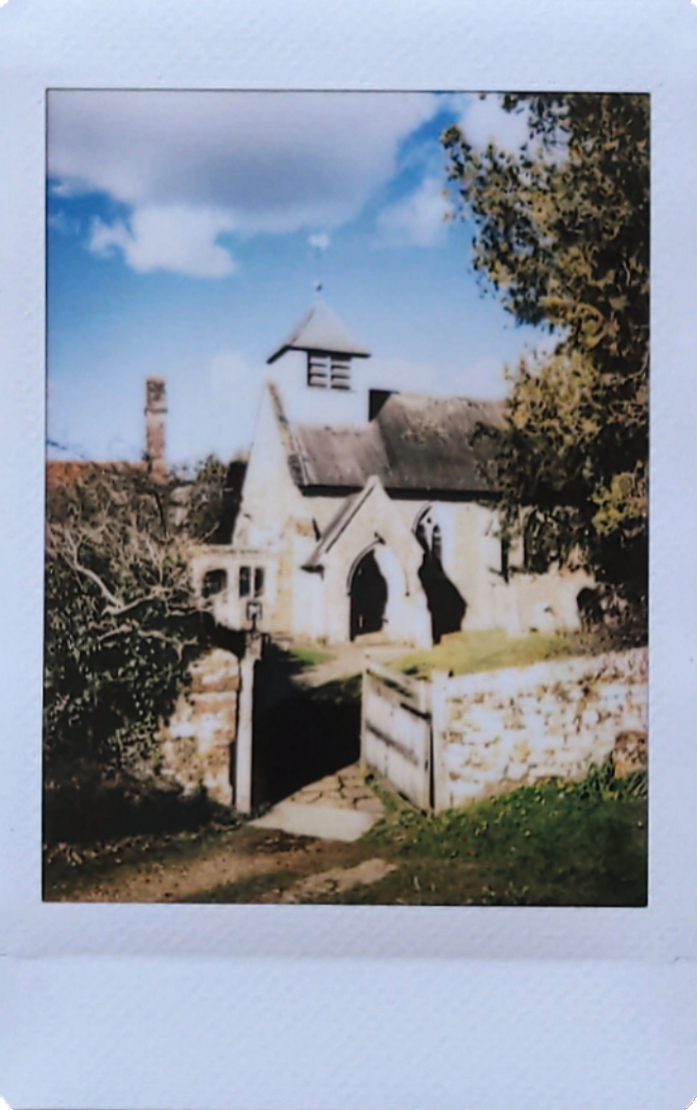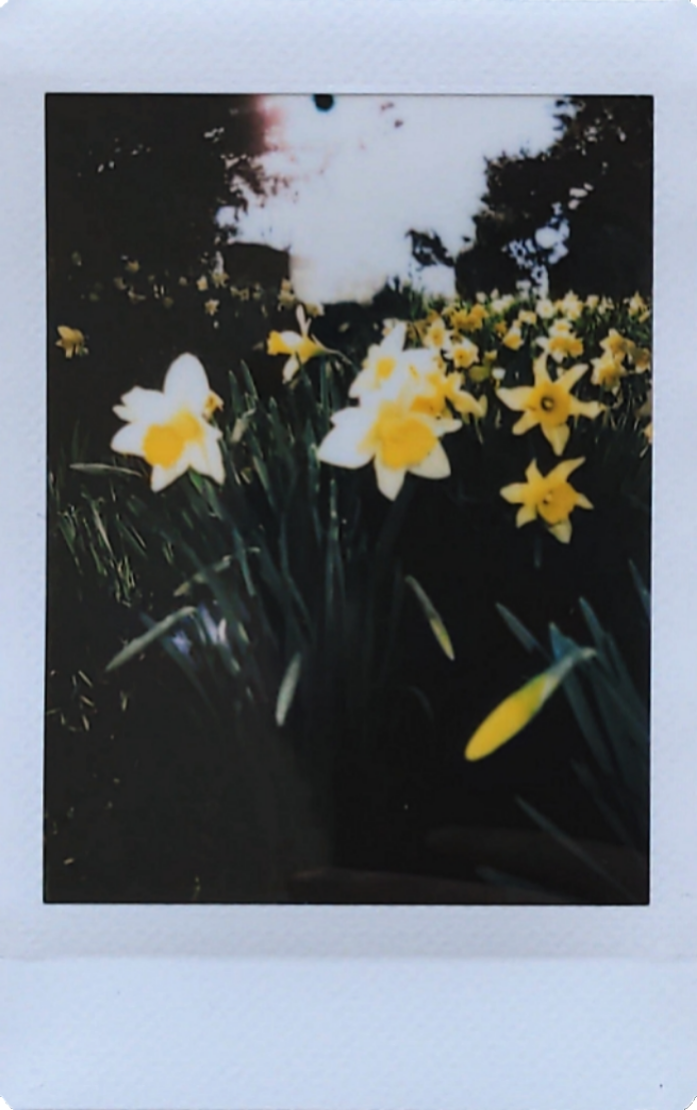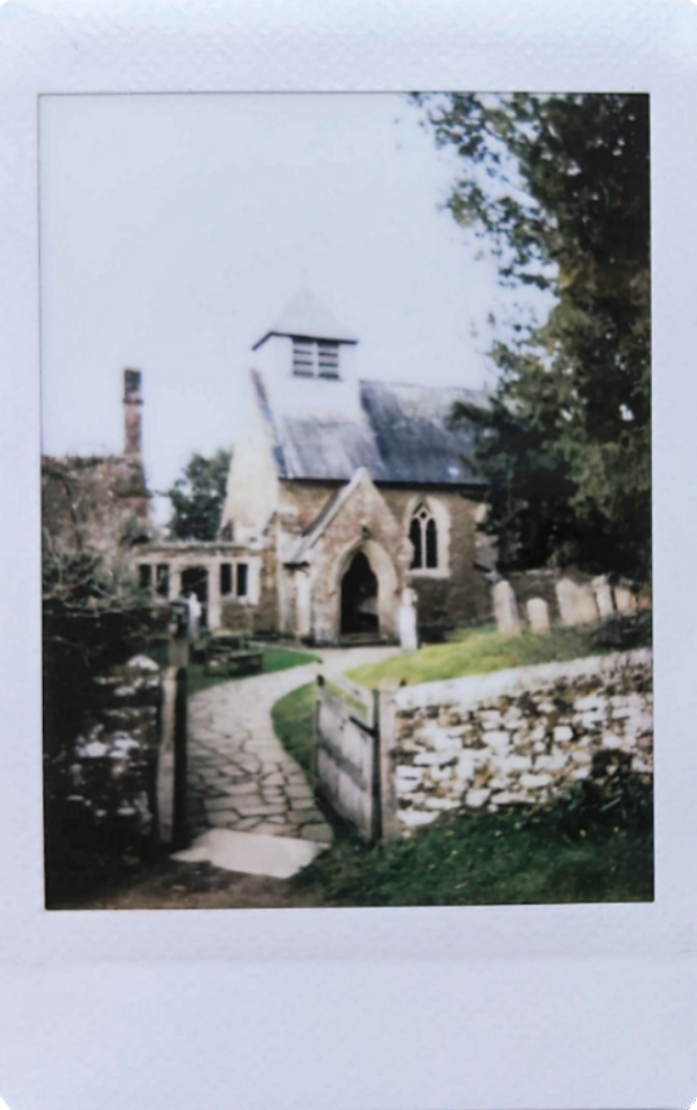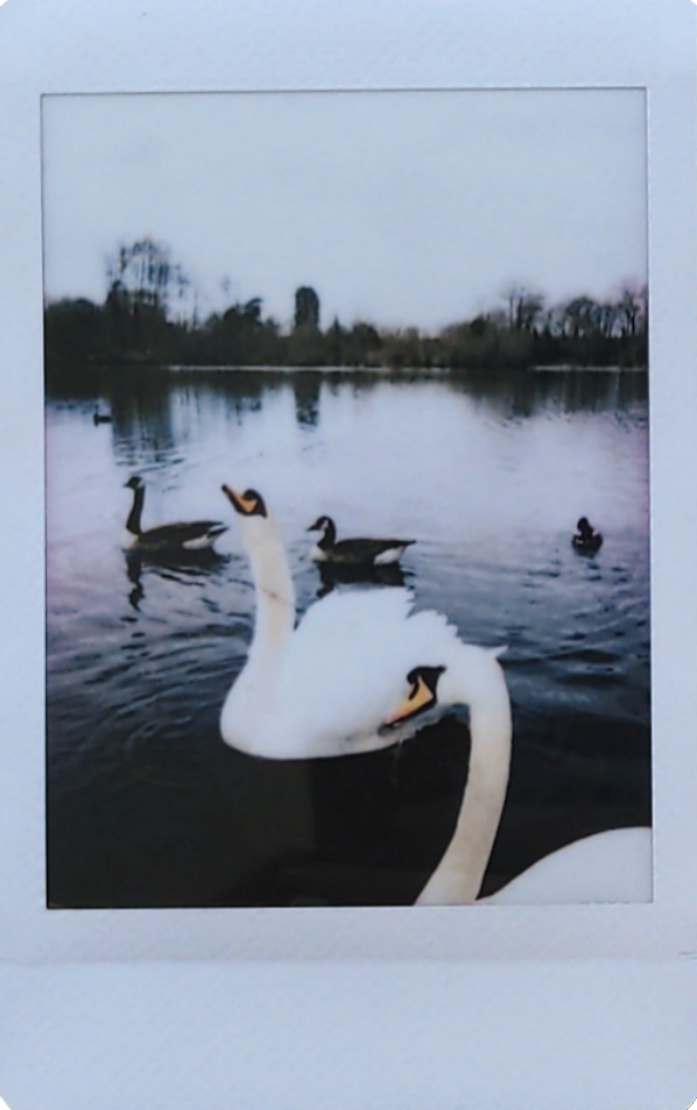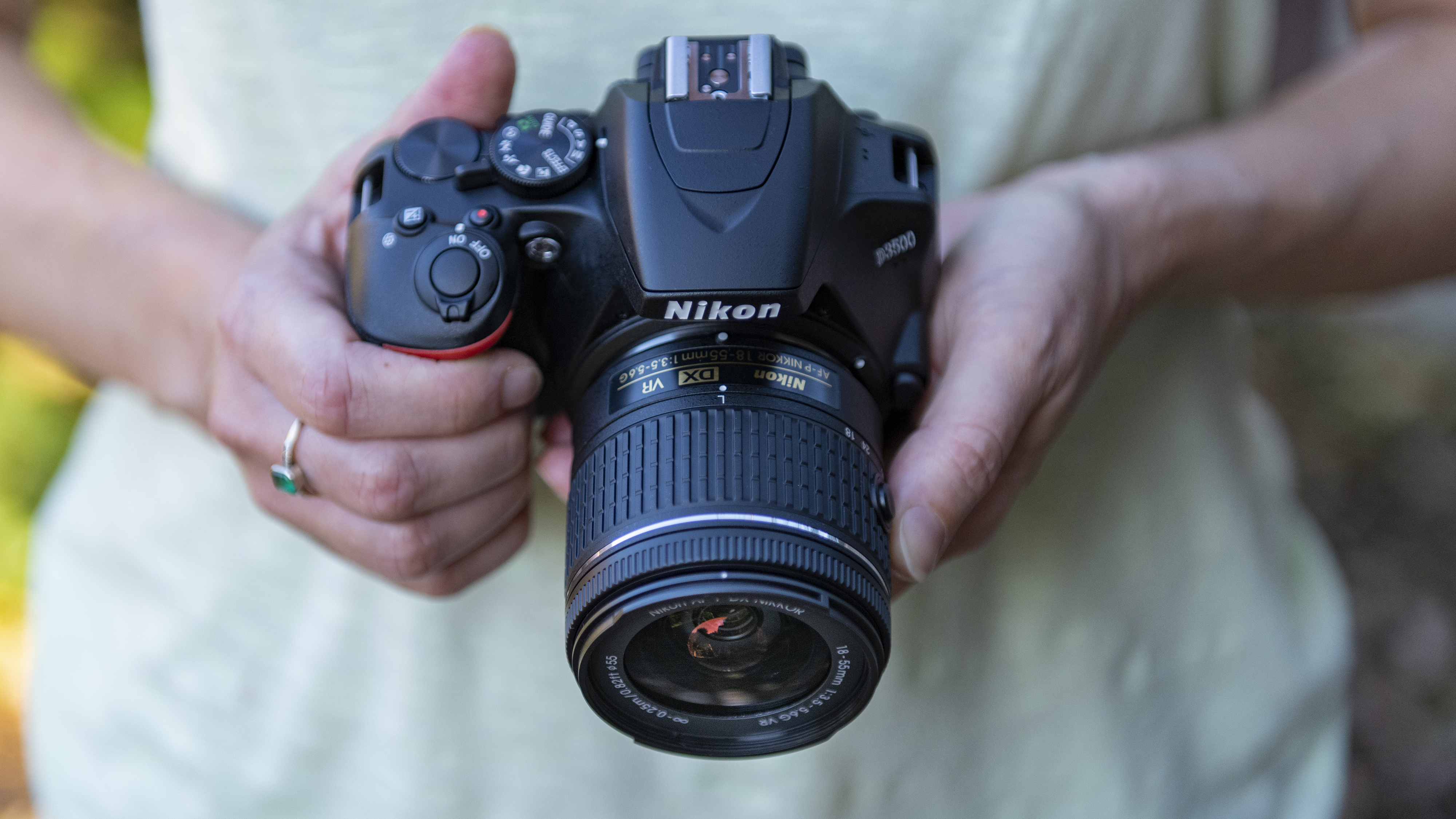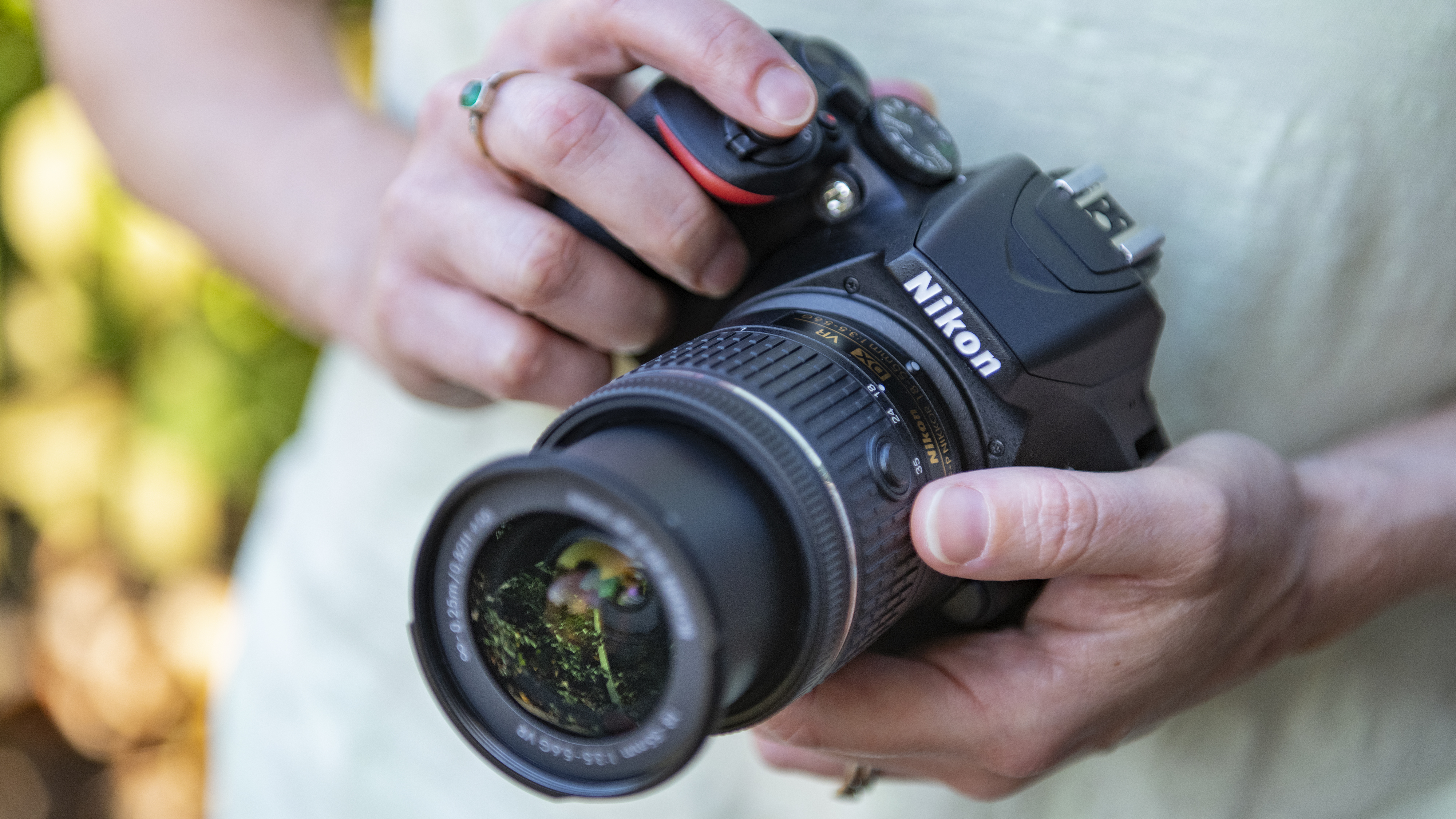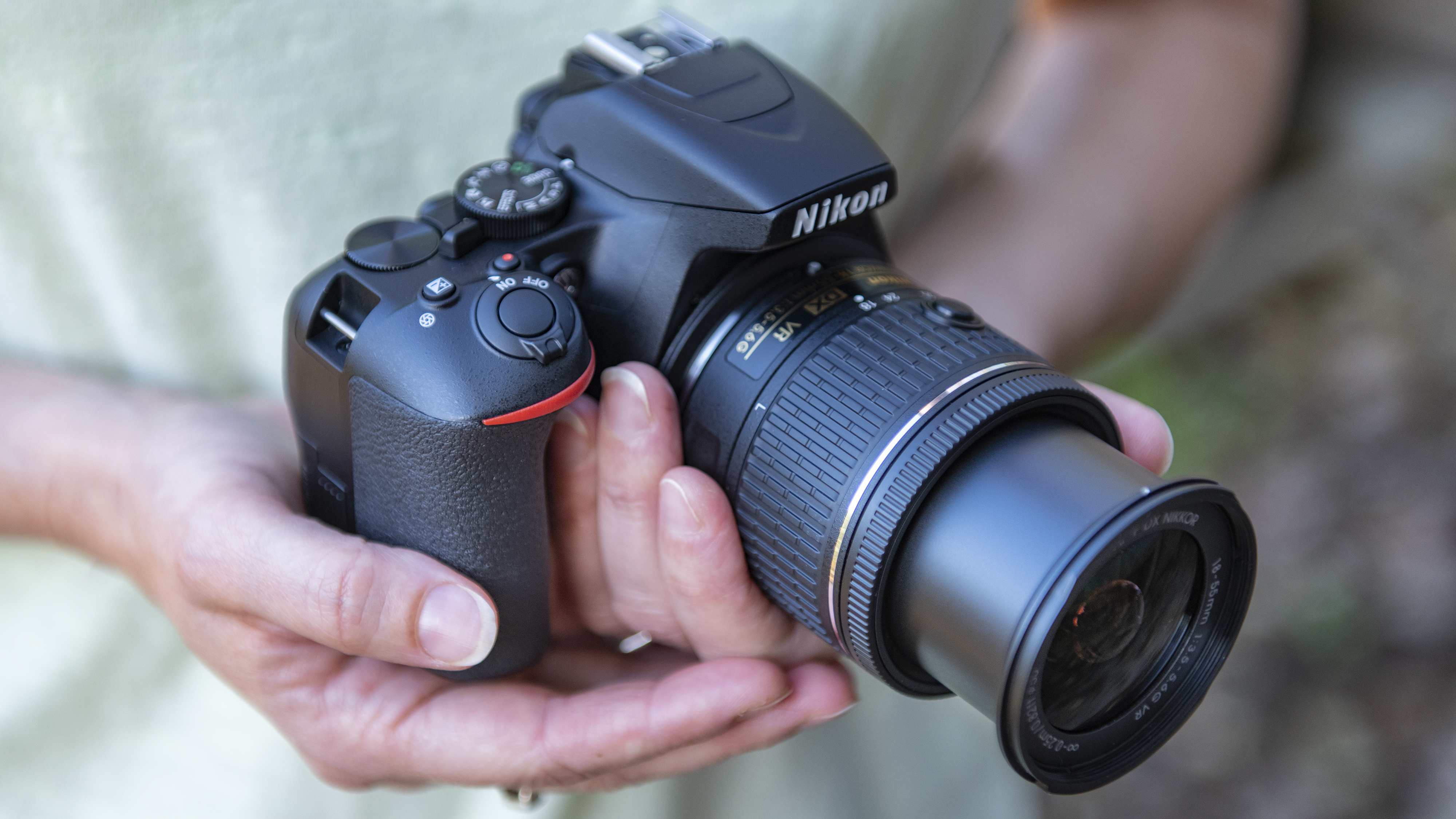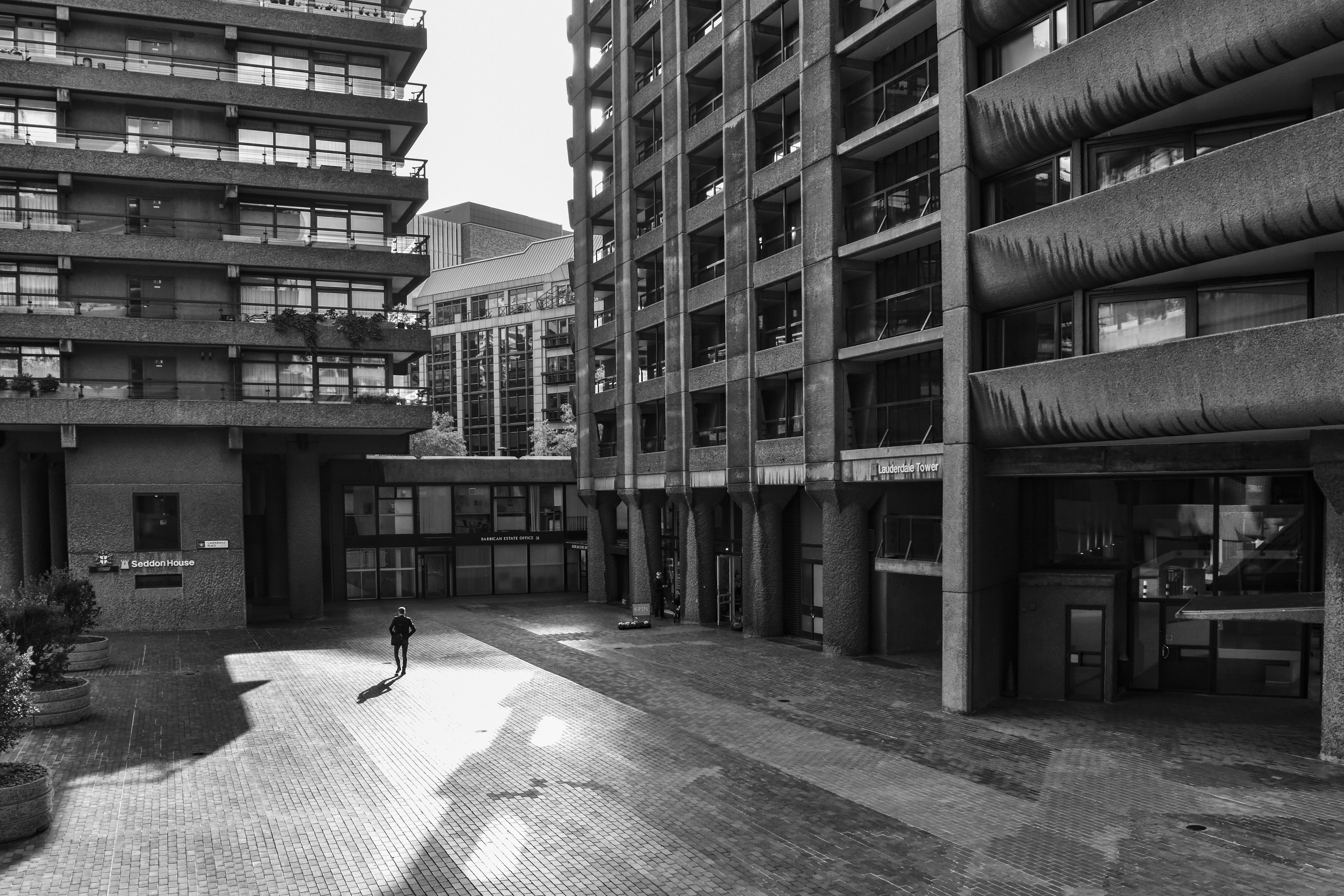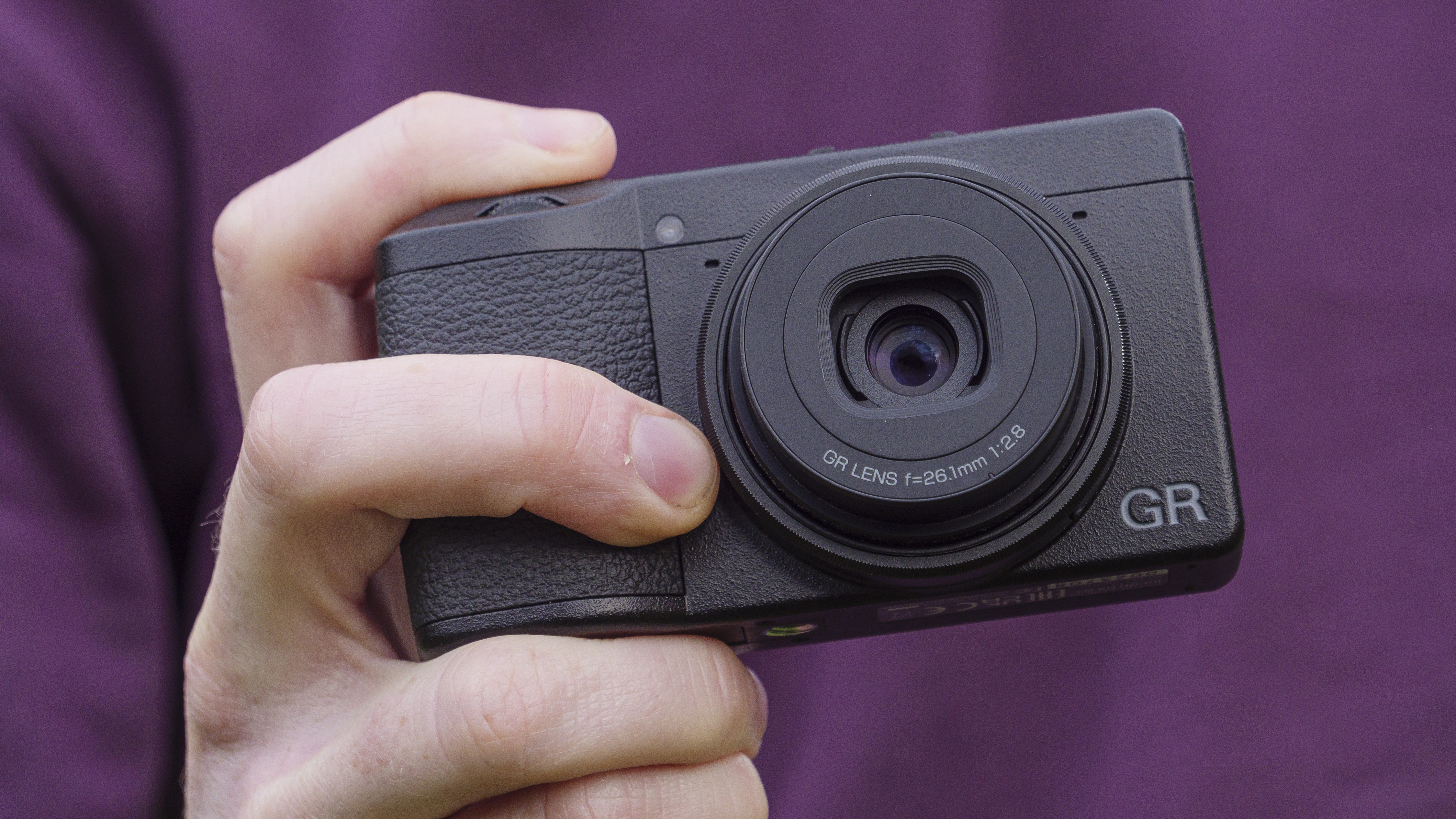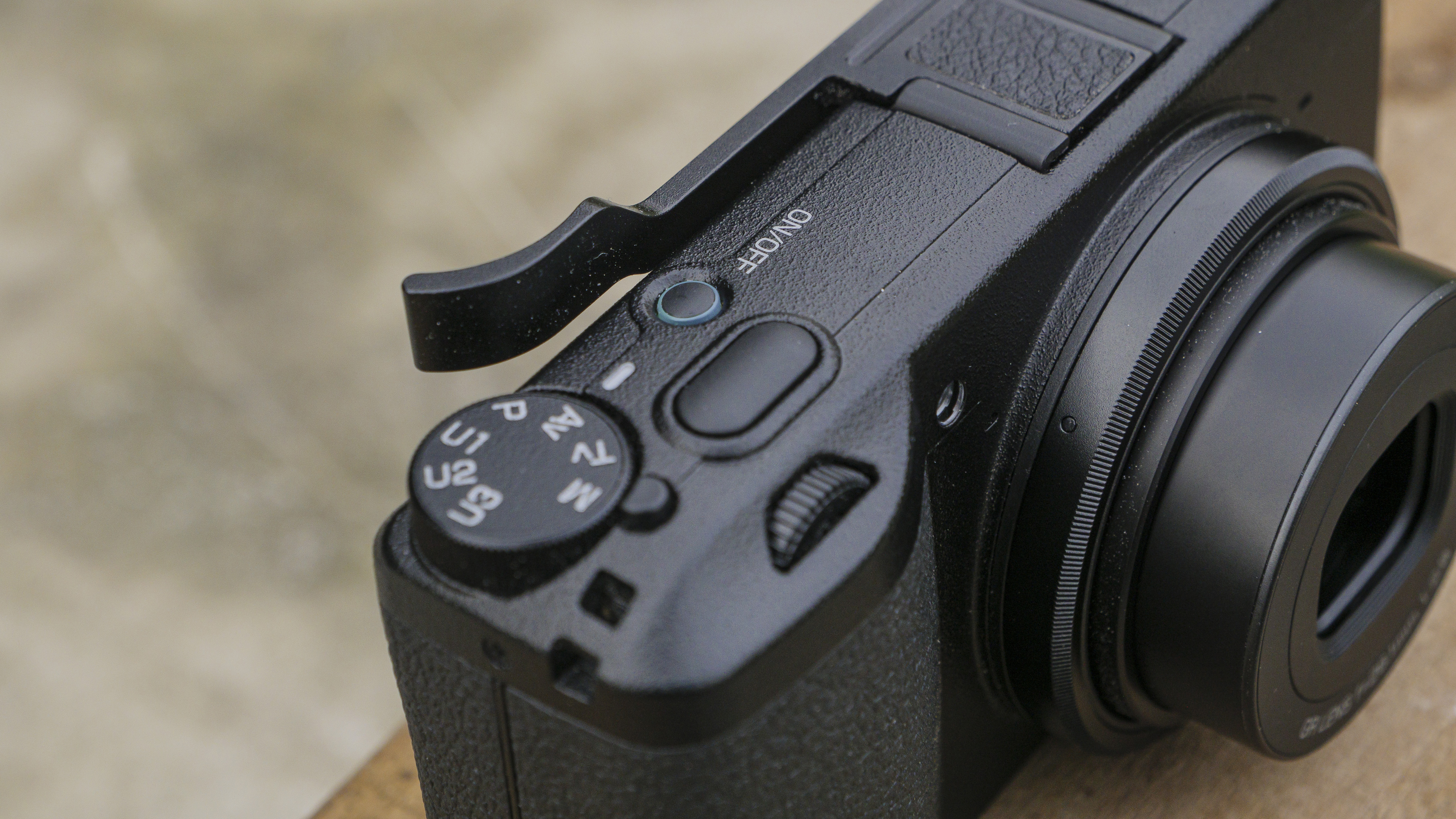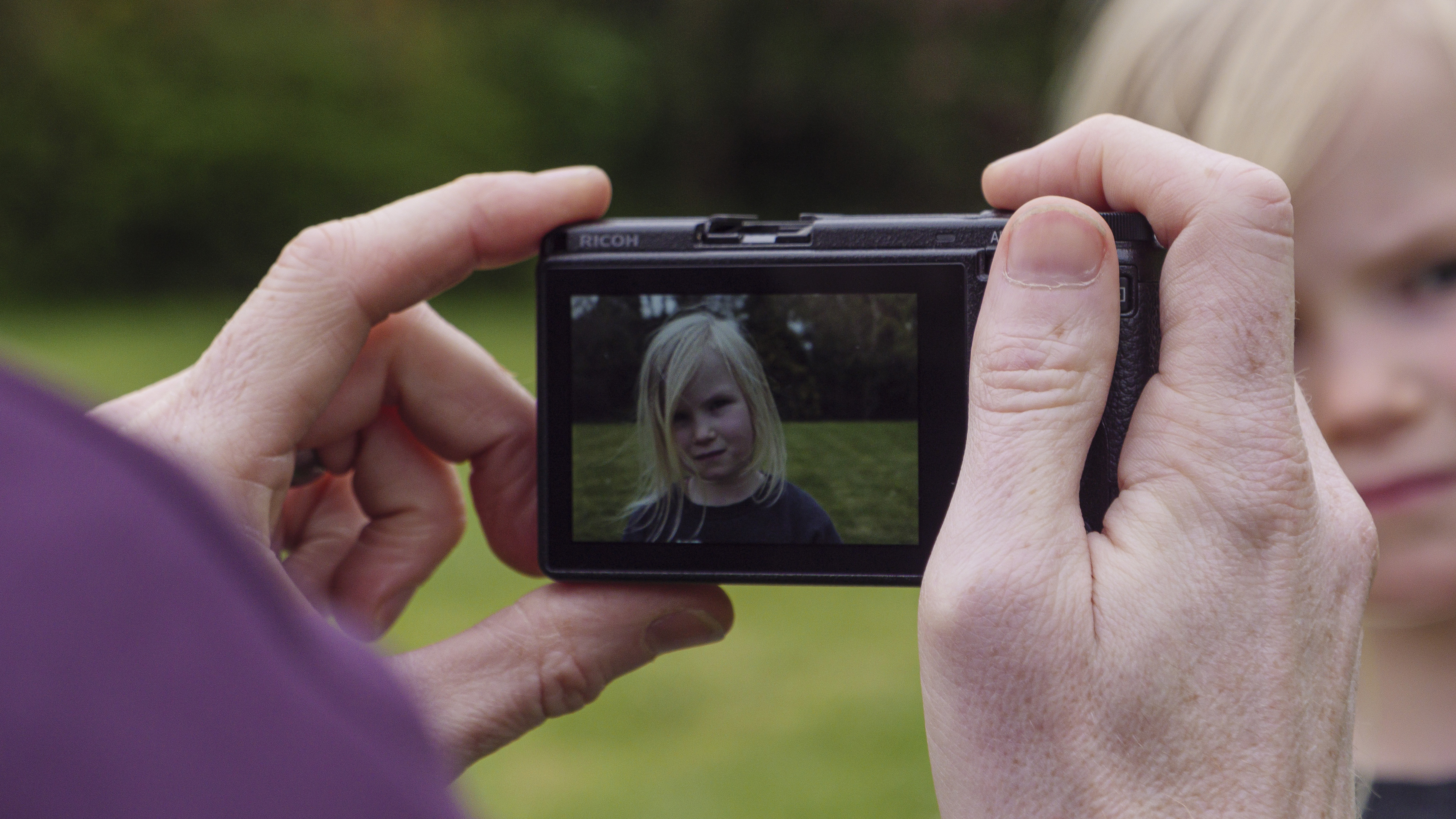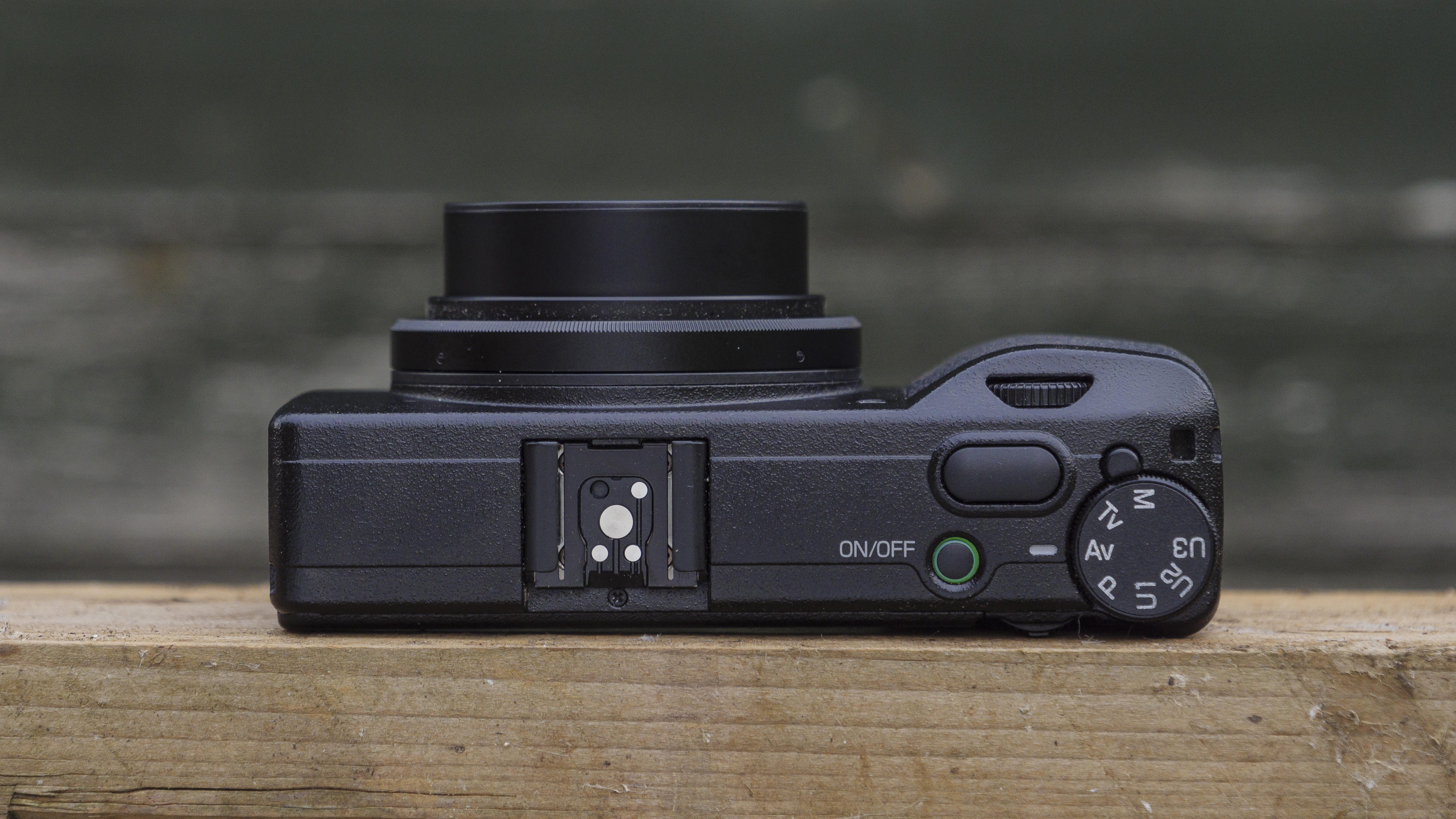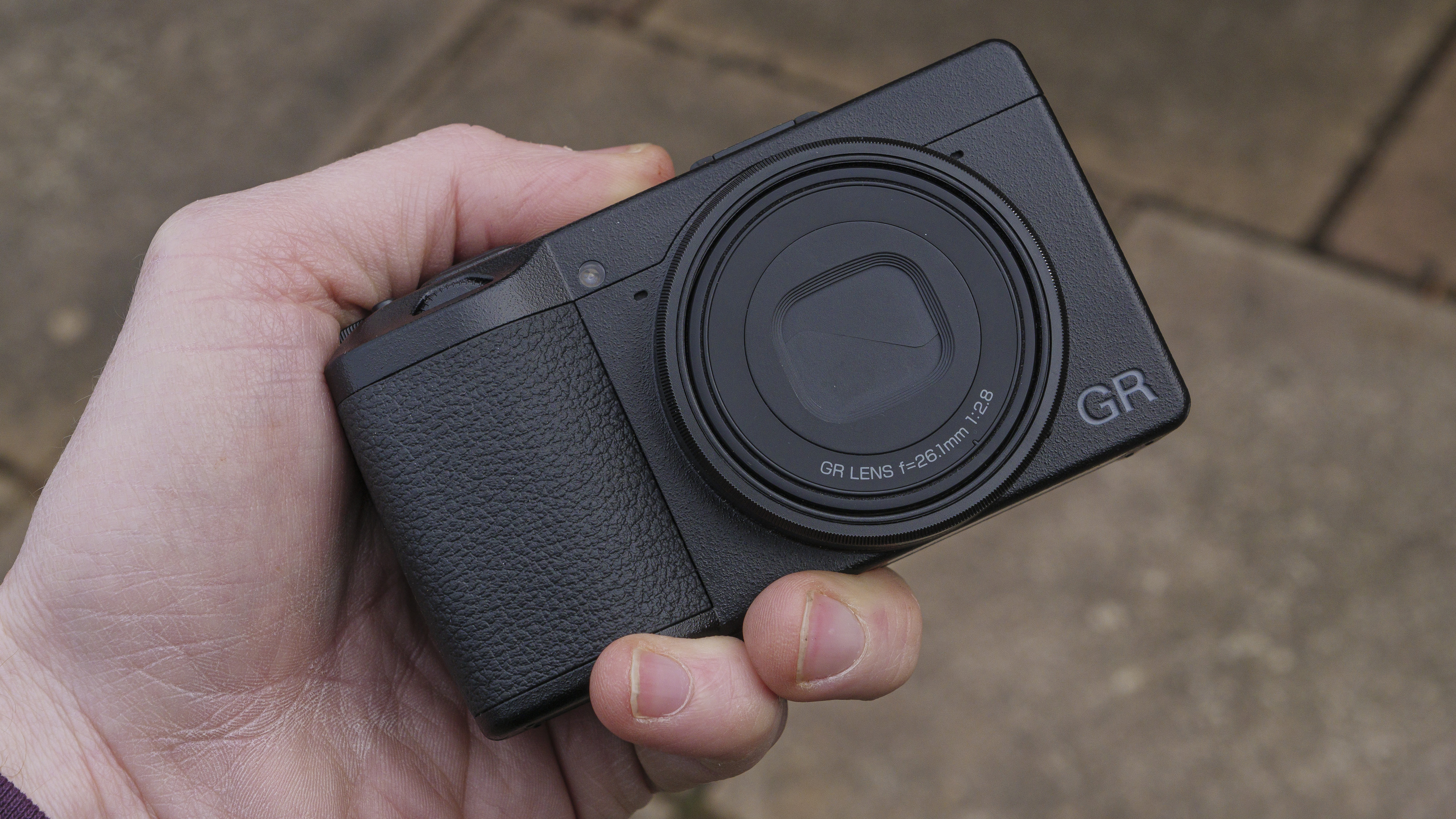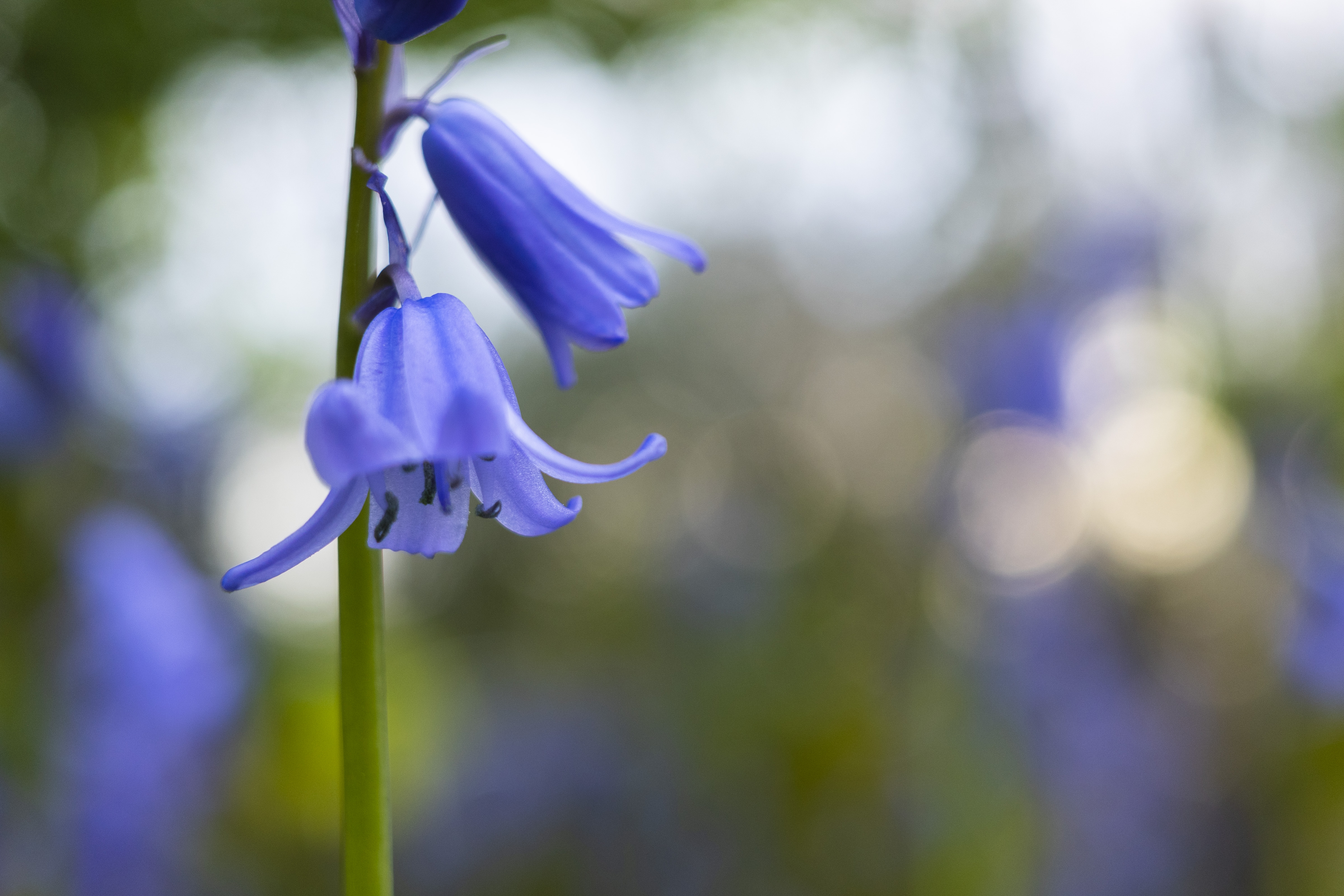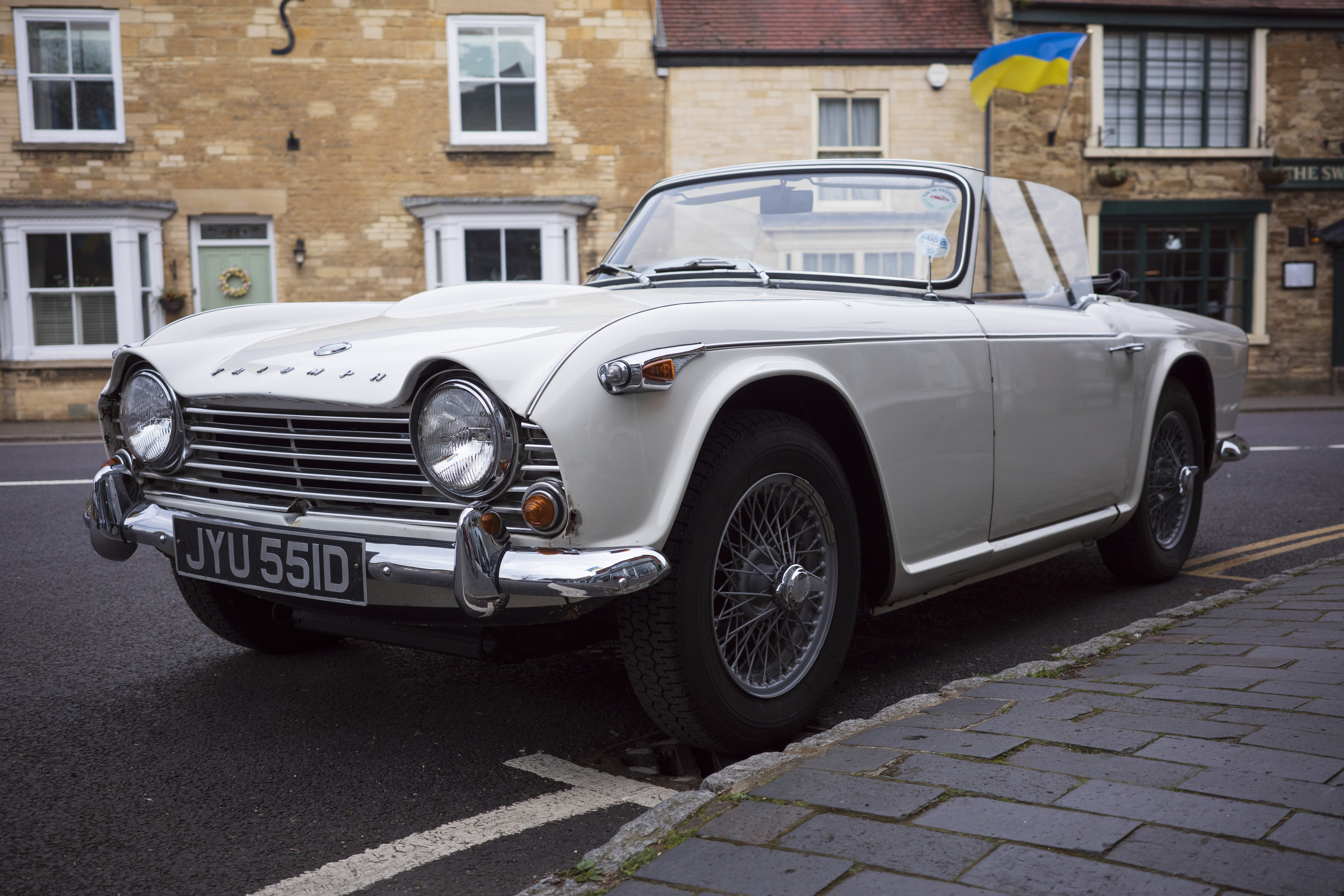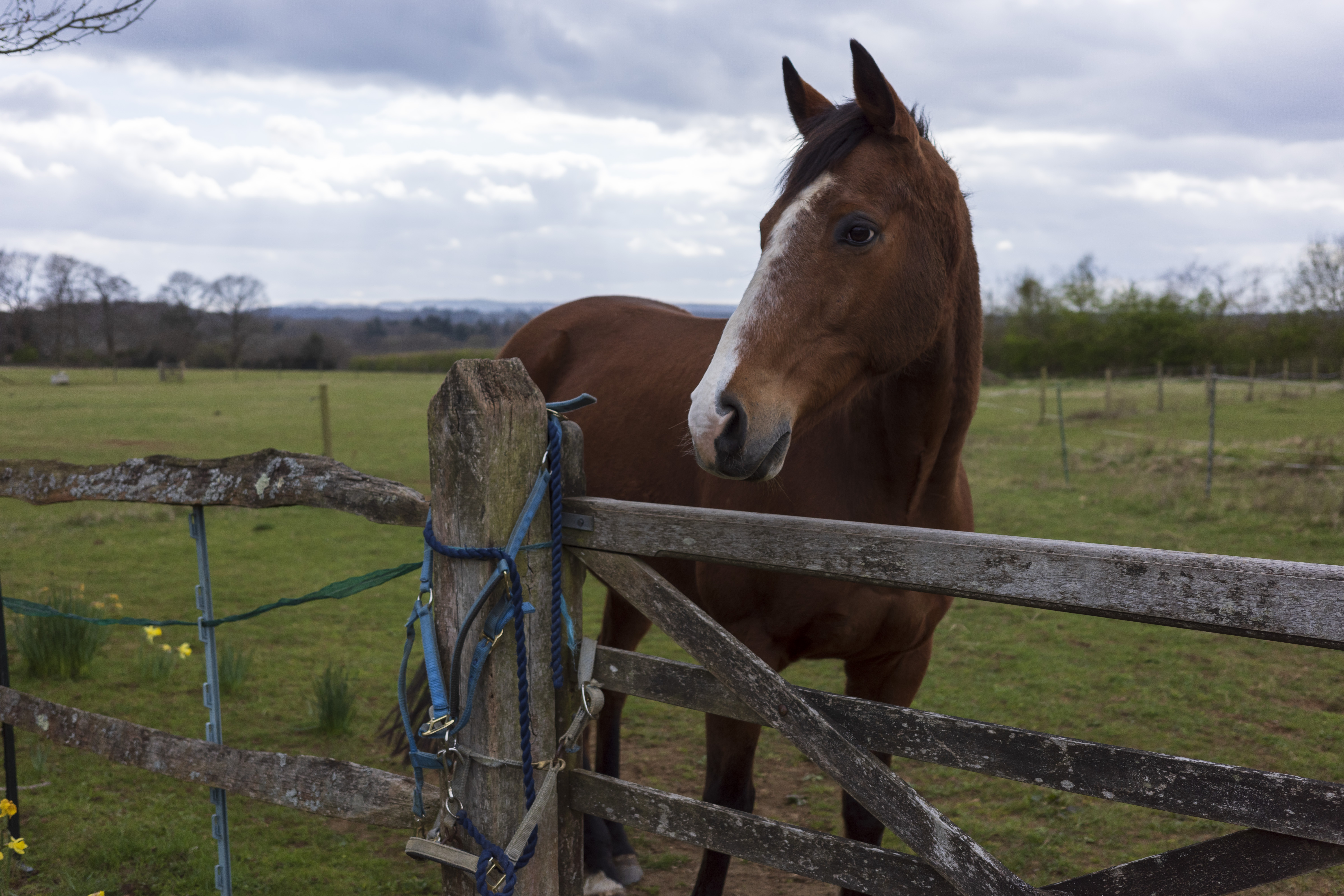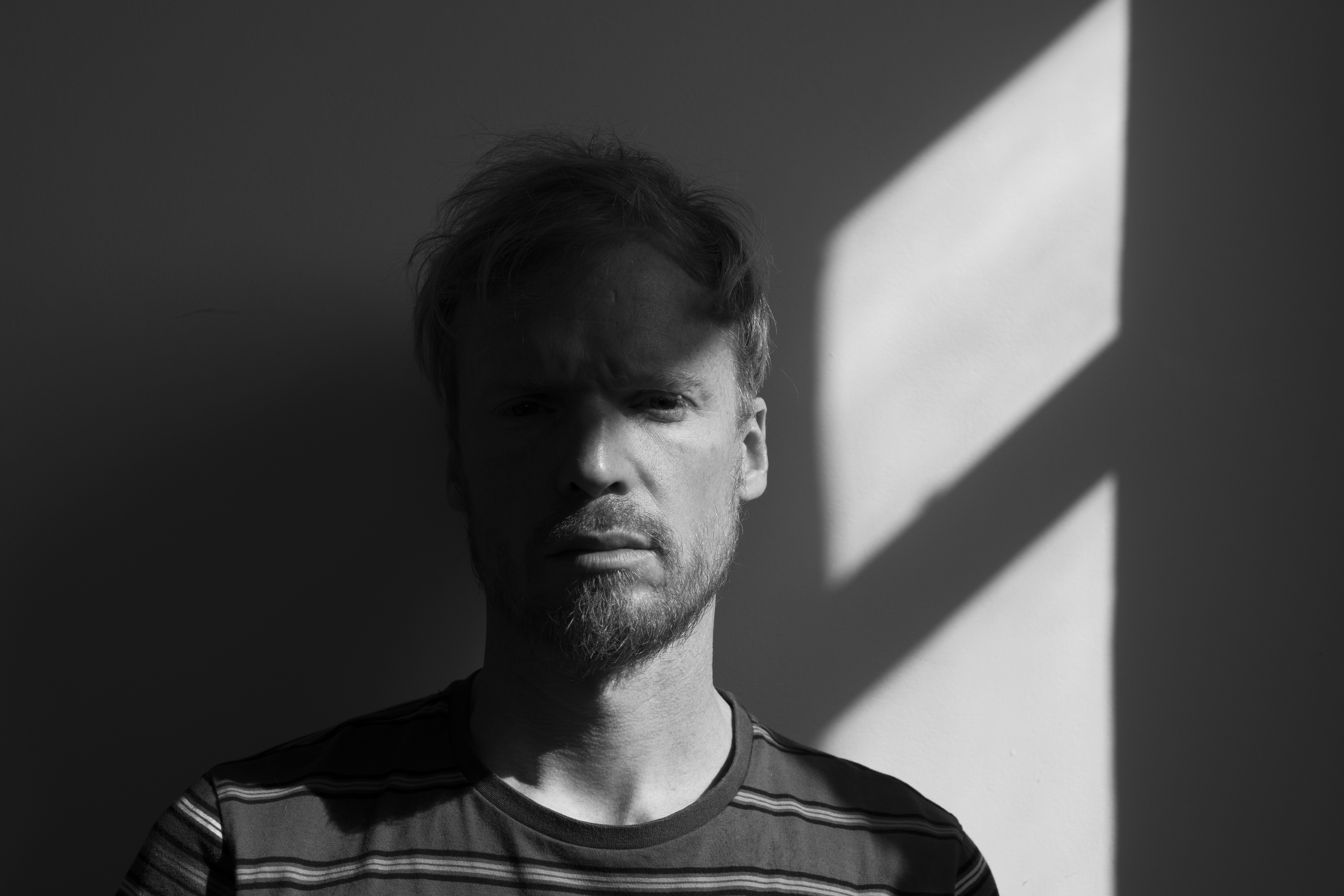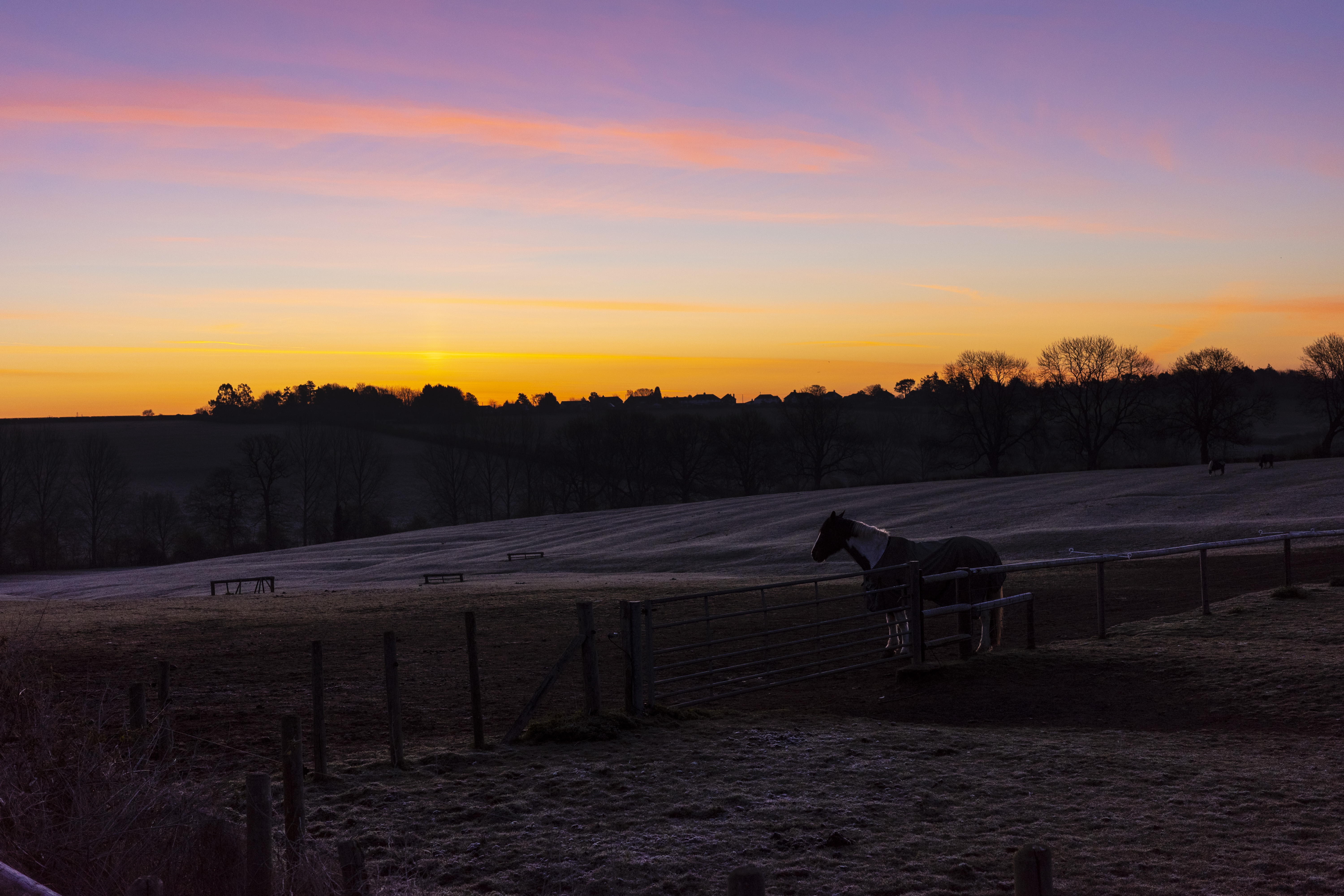When we test the best beginner cameras, there are a few key factors that we look for: easy-to-use controls, good value for money and reliable image quality, plus any features that give learners room to grow. Based on our in-depth reviews, there are a number of entry-level cameras which tick all of those boxes.
If we had to choose just one camera to learn with, it would be the Canon EOS R10. Thinking about how it would feel for a beginner to use, we found the R10 compact, simple to use and capable of capturing impressive stills. That said, our guide features a number of cameras which might be a better fit for you.
Each entry below has been chosen based on the feedback of our expert team. We’ve distilled the results of our real-world tests into useful summaries, highlighting to the good and bad bits about each beginner option. So whether you want a compact camera or a mirrorless hybrid to learn with, you’ll find a good option here.
Top 3 picks
Want a shortcut to the best beginner camera for your needs? Use our summary round-up below to quickly identify your ideal entry-level camera, then jump down to our full write-ups using the links beneath each entry.

The best beginner camera overall
A compact build, good handling and modern autofocus make the EOS R10 a great value powerhouse for beginners.

2. Olympus OM-D E-M10 Mark IV
The best value beginner camera
With a capable 20MP Micro Four Thirds sensor and impressive image stabilization, the Mark IV is superb little stills camera.
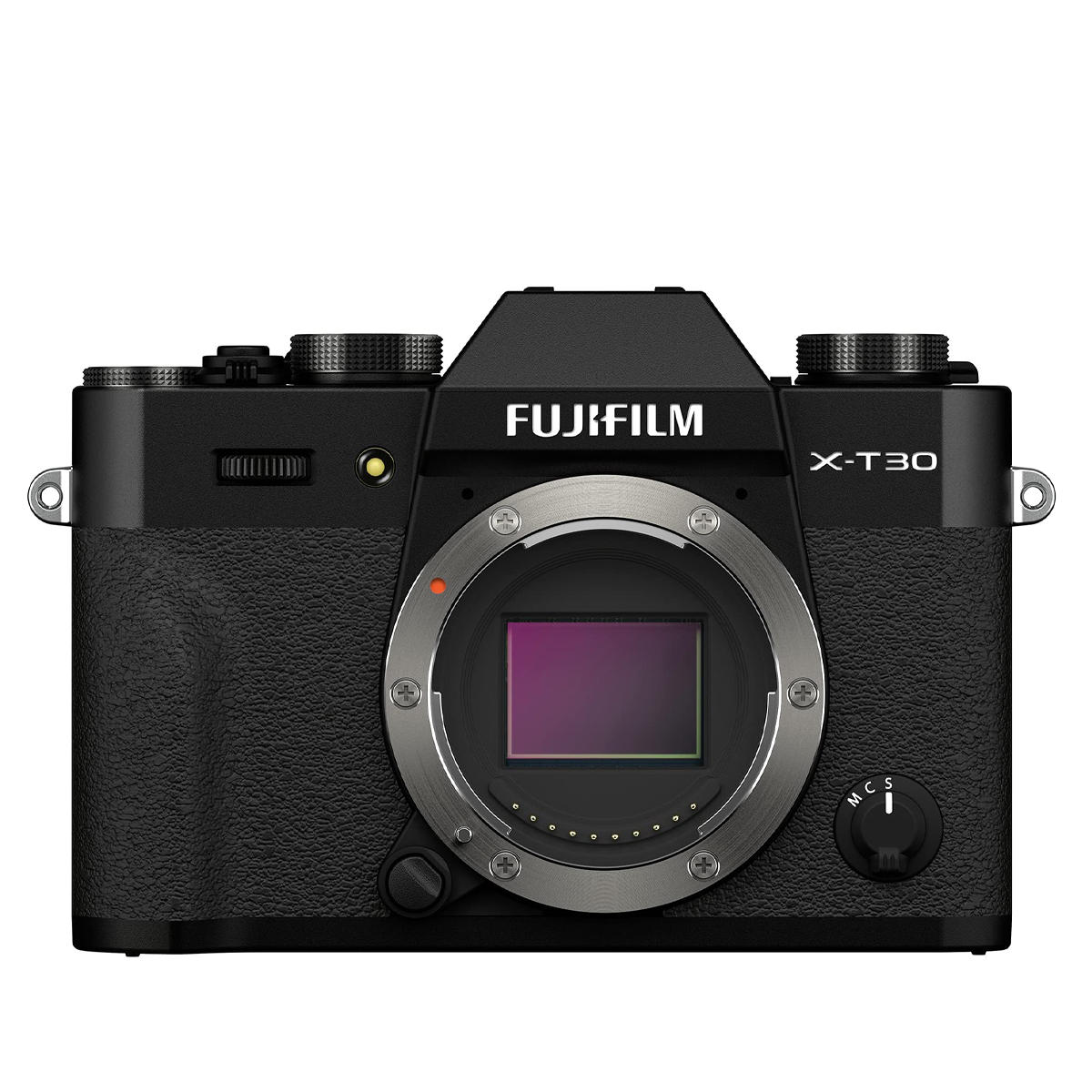
The best everyday beginner camera
Combining solid specs with a stylish design that’s easy in the hand, the X-T30 II is fantastic all-rounder for daily shooting.
Best by use-case

The best beginner camera for video
Small but powerful, the ZV-E10 is a versatile vlogging tool for newbies who want to hone their video skills for a fair price.
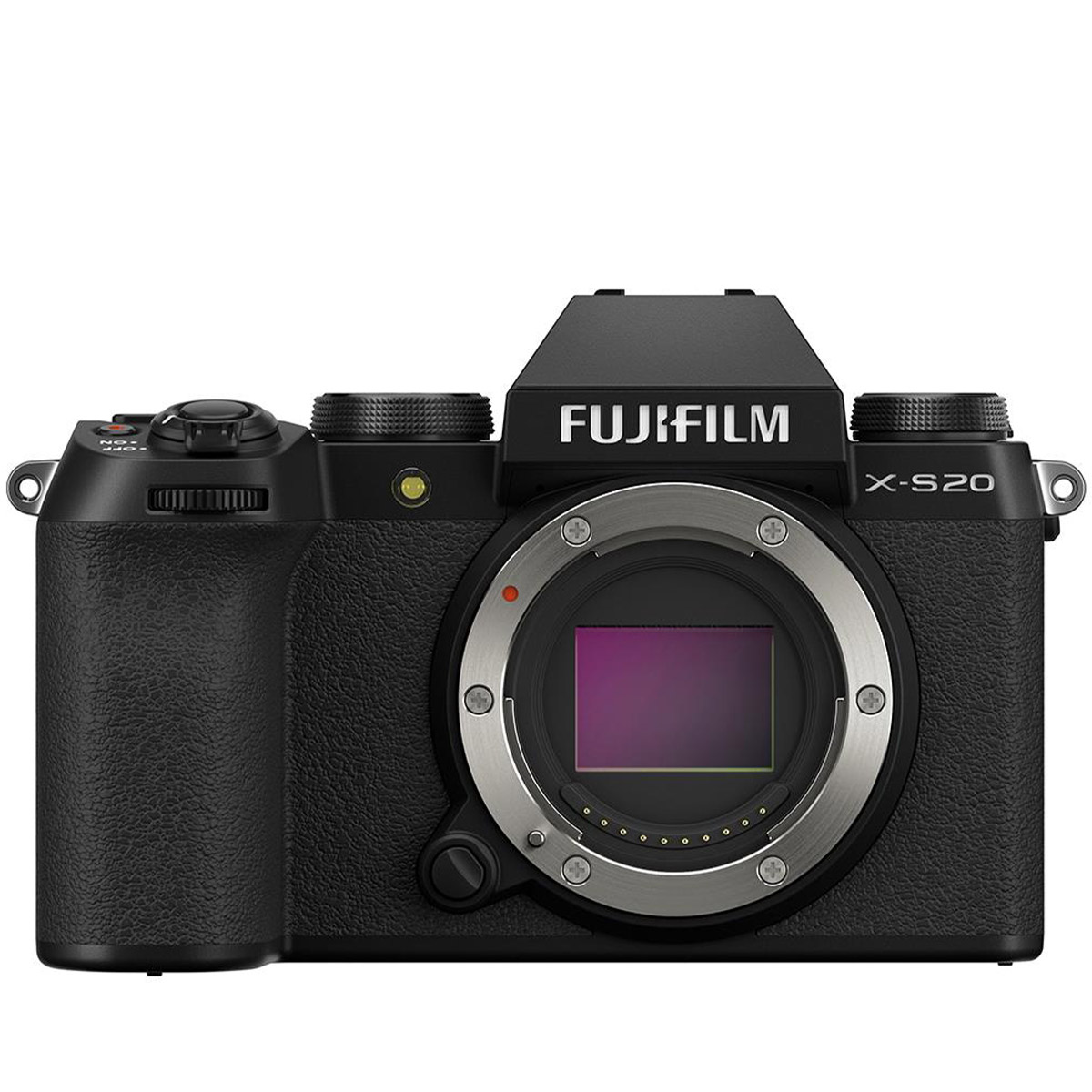
The best mid-range hybrid for beginners
Accessible handling and automated shooting modes make the X-S20 a great mirrorless hybrid for beginners to learn and grow with.

The best retro camera for beginners
Its looks alone won’t improve your shooting, but the Nikon Z fc offers a stunning blend of retro style and mirrorless power.
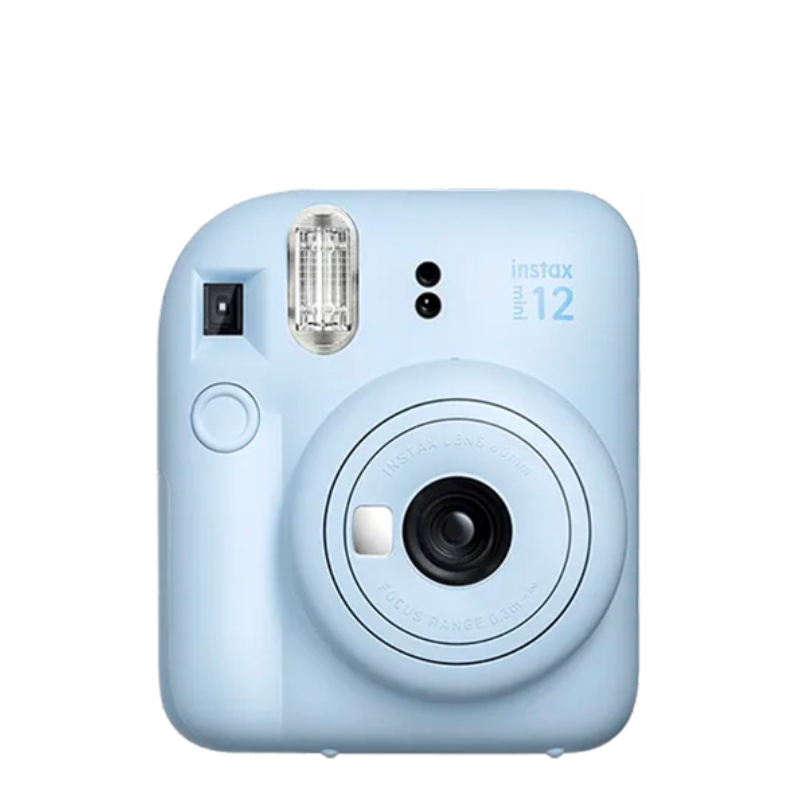
7. Fujifilm Instax Mini 12
The best instant camera for beginners
Simple to use and fun to shoot with, the Instax Mini 12 is perfect for trying your hand at point-and-shoot instant photography.

The best beginner DSLR camera
Compact for a DSLR, the Nikon D3500 is affordable, intuitive to use, produces excellent images and lasts for ages on one charge.
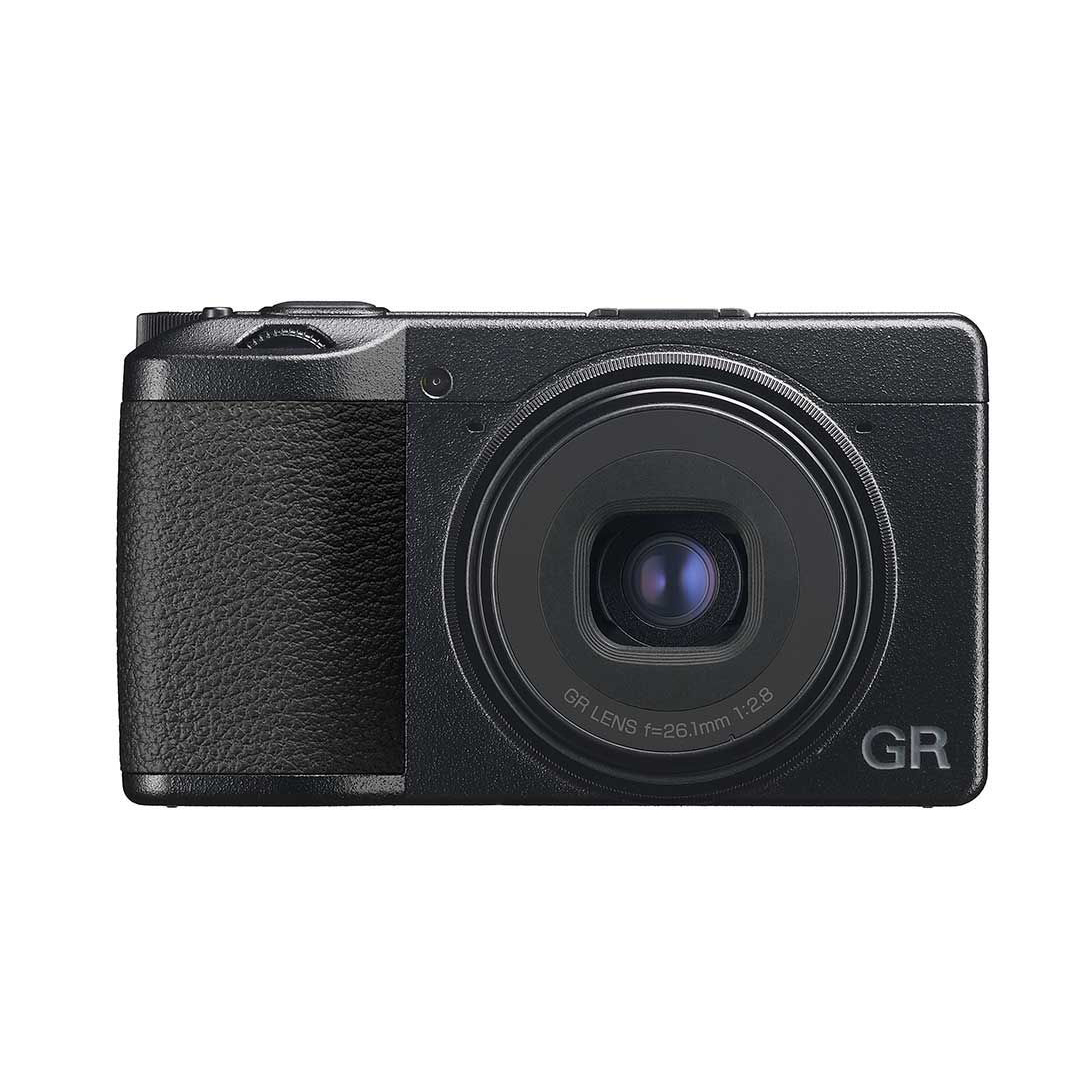
The best compact for photo quality
One of the few true digital pocket compacts remaining uses a versatile 40mm f/2.8 lens to produce sharp 24MP RAW stills from it’s large APS-C sensor.

Timothy Coleman
Tim is TechRadar’s Cameras Editor. He’s worked as a photographer and journalist for more than 15 years. In that time, he’s shot with countless cameras from a range of manufacturers, including entry-level cameras of all formats. As a result, he’s developed a deep technical knowledge of what makes an excellent camera for beginners. Tim notes, “beginner cameras come all kinds of shapes and sizes. We’ve tried to cover all bases in this guide, from compacts and instant cameras to mirrorless models and larger DSLRs. Each option has something unique to offer that sets it apart from a camera phone.”
The best beginner cameras in 2024
Why you can trust TechRadar We spend hours testing every product or service we review, so you can be sure you’re buying the best. Find out more about how we test.
Below you’ll find full write-ups for each of the best beginner cameras in our list. We’ve tested each one extensively, so you can be sure that our recommendations can be trusted.
The best beginner camera overall
Canon EOS R10 sample images
Buy it if:
✅ You like photographing sports and wildlife: It’s a pricier option in this list but the R10 comes with impressive action specs and autofocus performance.
✅ You want decent video quality too: Primarily a a stills camera, the EOS R10 also shoots crips 4K video with auto color.
Don’t buy it if:
❌ You want a good choice of lenses: Years after Canon’s first RF-S cameras and there’s a distinct lack of native APS-C lenses.
❌ You want a vlogging camera: The EOS R10 shoots lovely video, but the Sony ZV-E10 is a better choice if vlogging is a priority.
Setting a fresh bar for entry-level camera performance, the Canon EOS R10 comfortably eclipses contemporary smartphones. Equipped with a speedy Digic X processor, this mirrorless model benefits from the latest autofocus abilities.
In testing, we found its AF tracking impressively intelligent and intuitive for beginners. Claimed burst speeds of 15fps with the mechanical shutter also proved accurate during our time with the R10. Together, those skills mean it’s fast enough to capture fleeting action, which you can’t say of every beginner camera. What’s more, the lightweight chassis is comfortably familiar even for novices, with an articulating touchscreen offering useful accessibility.
The compact form factor makes it easy to wield when trying new techniques, while dual control dials mean it’s simple to tweak settings. A lack of in-body image stabilization does limit the R10’s abilities after dark, but image quality is decent enough, with plenty of detail to pull out of the shadows. So it’s not a revolutionary model, but its specs and control setup put the R10 top of our list for beginners. Here’s hoping Canon adds more native APS-C lenses to sweeten the deal.
Read our in-depth Canon EOS R10 review
The best value beginner camera
Olympus OM-D E-M10 Mark IV sample images
Buy it if:
✅ You’re going to buy accompanying lenses: With more than 10 years of investment there’s literally hundreds of native micro four thirds lenses to choose from.
✅ You don’t like the idea of a tripod: Decent in-body image stabilization can keep your handheld shots sharp even in low light.
Don’t buy it if:
❌ You want a truly hybrid camera: You’ll get decent video quality from the E-M10 IV, but there’s a few missing features for vlogging.
❌ You want the very best autofocus: Phase detect autofocus, found on the likes of the Fujifilm X-T30 Mark II, is better than the contrast system used here.
If you’re looking for a simple, compact mirrorless camera that consistently captures attractive images, the OM-D E-M10 Mark IV definitely deserves a spot on your shortlist. Designed primarily for smartphone switchers, its ergonomic grip, approachable button layout and handy flip-down touchscreen give it good versatility, without cluttering the classically styled shell.
It might lack some of the more advanced features of its pricier rivals – including microphone and USB-C ports – but it does a brilliant job as a stills camera. In fact, we found that it’s the most photo-centric camera in its category, delivering great stills during our tests.
An Advanced Photo mode makes it easy to have a go at advanced techniques such as long exposures, while the in-body image stabilization system – borrowed from the flagship E-M1 – is superb. The sensor resolution is decent at 20.3MP and, because it’s a Micro Four Thirds camera, it has one of the widest lens catalogues on the market. It might not grab headlines, but the Mark IV is a fantastic first camera for beginners.
Read our in-depth Olympus OM-D E-M10 Mark IV review
The best everyday beginner camera
Fujifilm X-T30 Mark II sample images
Buy it if:
✅ You want a low-cost retro camera: If you love the Fujifilm retro look, the X-T30 II is your entry point.
✅ You like the thought of high quality lenses: Fujifilm has made some amazing X-system lenses for a range of budgets and scenarios.
Don’t buy it if:
❌ You already own the Fujifilm X-T30: Our review says the second-gen model is a modest update with little reason to upgrade from the X-T30.
❌ You have a little extra to spend : Bang for buck, we think the X-S10 is a better deal (not the X-S20, that costs a lot more).
Fujifilm’s X-T30 was already a tempting mid-range option for photography novices, but this second edition augments the offering with a handful of enhancements. You won’t see these tweaks at a glance: the X-T30 II uses the same chassis and retro shell as its predecessor, which is no bad thing. It’s an attractive design that’s lovely for beginners to get to grips with. The touchscreen is still tilt-only, but it’s a little sharper than before.
In testing, we found that the X-T30 doesn’t transform the performance formula of the first version. Using the same APS-C sensor and 425-point AF system, it still balances capable shooting skills with compact proportions. That said, a new algorithm tracks moving subjects with greater accuracy. While it’s not perfect, we found that it performs well when locked on to predictable subjects. The sensitivity of focus points as also been improved, and we found the X-T30 II did well to pick out details even in lower lighting.
It’s not worth upgrading from the original, but for first-time buyers, the X-T30 II is capable all-rounder with the skills to help your photography grow. The Fujifilm X-T50 was launched this year and is more powerful and capable camera in most ways, however it’s also much pricier and the X-T30 II remains available and remains an affordable choice for beginners.
Read our in-depth Fujifilm X-T30 Mark II review
The best beginner camera for video
Sony ZV-E10 sample images
Buy it if:
✅ You want a low-cost retro camera: If you love the Fujifilm retro look, the X-T30 II is your entry point.
✅ You like the thought of high quality lenses: Fujifilm has made some amazing X-system lenses for a range of budgets and scenarios.
Don’t buy it if:
❌ You’ll only use one lens: Sony’s ZV-1 II is a premium compact that might be more convenient if you don’t need to change lenses.
❌ You like shooting slow motion video: The ZV-E10 only shoots 4K video up to 30fps, whereas other models can do 4K 60fps.
A powerful vlogging tool with compact proportions, the Sony ZV-E10 is a fantastic video-focused hybrid for fledgling content creators. Lightweight and pocket-friendly, it works best when paired with one of Sony’s many compact lenses.
In testing, we found that its 24.2MP APS-C sensor shoots sharp 4K footage and impressively detailed stills, aided by a fast 425-point autofocus system. Its hot-shoe mount and audio ports offer welcome versatility when it comes to expanding your shooting setup, too.
A touch-optimized menu system would make the Sony ZV-E10 more user friendly, and the lack of a viewfinder felt like a limitation for photographers. That said, its articulating touchscreen is still a useful addition for framing on the fly, and the camera’s physical control interface is accessible in the hand.
Our review revealed few drawbacks for beginners. There is some rolling shutter when panning, and 4K recording tops out at 30p. But while it’s not a perfect camera, a generous feature set – including plug-and-play computer connectivity for live-streaming – makes the ZV-E10 a compelling choice for learners interested in videography.
Read our in-depth Sony ZV-E10 review
The best mid-range hybrid for beginners
Fujifilm X-S20 sample images
Buy it if:
✅ You need a weekend camera: If you plan a weekend of moderate use, the X-S20’s battery should last the whole distance.
✅ You want versatile and high resolution video: The video spec of the X-S20 is almost overkill for beginners; 6K open gate for multi aspect ratios.
Don’t buy it if:
❌ You’re on a budget: It’s much pricier than the X-S10 which has the same design and many identical features.
❌ You want a head-turning snapper: The X-T30 II above is a more stylish camera if you’re into the old school looks.
If you’re a beginner looking for a long-term camera, we think the Fujifilm X-S20 is a fantastic choice. It’s the priciest camera in this guide and a big mark up from the X-S10 which offers the same photo quality and the same beginner-friendly design and handling: simplified dials make the X-S20 straightforward for learners to operate, while offering enough manual control to keep you interested as your creativity and skills grow. However, the X-S20 much better video performance and battery life.
We also think its enhanced Auto shooting mode is a great feature for novices. It automatically detects and tracks subjects, as well as selecting scene settings based on what you’re shooting. In practice, this made images more vivid with no extra effort. Image quality is reliably good, courtesy of Fujifilm’s proven 26.1MP X-Trans CMOS 4 sensor. If you plan to shoot video too, its 6K/30p 4:2:2 10-bit recording won’t hold you back.
In our review, we did wish that Fujifilm had weather-sealed the X-S20. And there’s no escaping that it represents a significant outlay for casual content creators. But features such as in-body image stabilization and a dedicated vlog mode with easy presets make the X-S20 a very capable first hybrid.
Read our in-depth Fujifilm X-S20 review
The best retro camera for beginners
Nikon Z fc sample images
Buy it if:
✅ You want the best-looking beginner camera: The Z fc is head-turning gorgeous. Enough said.
✅ You’d like to eventually take manual control: For the price, no other mirrorless camera has the number of exposure dials for direct manual exposure control.
Don’t buy it if:
❌ You need a rugged camera: The Nikon Z fc isn’t the toughest beginner camera; something like the Olympus OM-D E-M10 Mark IV feels sturdier.
❌ You’d like a developed system: Nikon hasn’t put the same energy into developing its APS-C system with new lenses like it has full-frame.
At its heart, the Nikon Z fc is the same as the Nikon Z50. That’s good news, because its 20.9MP APS-C sensor and hybrid autofocus system are capable of producing detailed stills and solid 4K footage at 30fps. What sets the Z fc apart is its body, which has been designed in honor of the classic Nikon FM2. It has broadly the same dimensions as its analogue ancestor and no shortage of retro style to suit its Eighties origins.
Those thoughtful throwback cues mean the Nikon Z fc is a distinctive camera. It’s also even better for beginners than the Z50, thanks to a vari-angle display which makes creative framing more flexible. It’s not weather-sealed (not that you’d want to risk using such a stunning camera in inclement weather) and it also lacks the deep grip of the Z50.
If you regularly fiddle with exposure settings, we found the dedicated exposure dials to be a more intuitive method than generic command dials, once you have the hang of it. The dedicated dials for ISO, shutter speed and exposure compensation look great too – it’s what has set Fujifilm apart before. Native lenses also offer a lens control ring that can be customized between focus and aperture control. Combine that with the Z fc’s auto ISO with shutter speed control, you’ll be good to go in no time, accommodated to your shooting style.
Read our in-depth Nikon Z fc review
The best instant camera for beginners
Fujifilm Instax Mini 12 sample images
Buy it if:
✅ You love vintage prints: Fujifilm Instax prints have a lovely vintage feel to them.
✅ You want physical prints: Instant cameras encourage you to capture and share the moment in a way digital cameras don’t.
Don’t buy it if:
❌ You’d like a retro instant camera: There are other Instax cameras for similar money that have the old school looks.
❌ You prefer Instagram-style prints: Instax Mini film is cheap but it’s half the size of Instax square and prints can feel cramped.
If you want to experience the no-frills fun of instant photography, the Fujifilm Instax Mini 12 is our favorite instant camera. Basic and affordable, the Mini 12 makes it easy for anyone to frame and shoot vibrant prints. Because of this, it’s a great choice for beginners who like the idea of creating vintage party snaps.
Although we found its handling a little slippery in testing, it’s still a comfortable and straightforward camera to use, with a simple point-and-shoot interface. It turns on intuitively with a twist of the lens, while pulling the lens out engages close-up mode. Thanks to parallax correction, the viewfinder now gives a more accurate picture of what will be printed, compared to the Instax Mini 11.
Based on our tests, the Mini 12 does have a habit of overexposing images in bright conditions. Some users may also find its prints a little on the small side. But given the lower cost of Instax film refills compared to rivals, the Mini 12 is a more accessible instant camera for learners – and one that produces richly colorful prints.
Read our in-depth Fujifilm Instax Mini 12 review
The best beginner DSLR camera
Nikon D3500 sample images
Buy it if:
✅ You’re looking to learn photography: DSLRs are excellent and cost-effective for learning the ropes with photography.
✅ You like a camera that lasts: The D3500 has decent build quality and handling, including excellent battery life.
Don’t buy it if:
❌ You want a camera for the future: The DSLR hey day was last decade and mirrorless is where new tech can be found.
❌ You’d like a discreet camera: DSLRs like the D3500 sit great in the hand but they’re hardly subtle.
The Nikon D3500 is the only DSLR in this list. Why? Well, these cameras – which differ from mirrorless rivals with their optical viewfinders – are slowly being phased out by many of the leading camera manufacturers, in favor of more advanced mirrorless models. But if photography is your main pursuit and video specs really aren’t important, the Nikon D3500 is a fantastic, low-budget beginner camera choice. Housing a top quality 24.2MP APS-C sensor, the D3500 can capture detailed, tone-rich images.
At a glance it appears low on features, but the Nikon D3500 includes a super handy dedicated Guide Mode that sits on its dial. Guide Mode, a basic virtual photography tutor, has proven to be a valuable feature for beginners during our testing. If you’re a noice, trust that it will walk you through all of the camera’s functions, including in-camera photo editing. It can be tailored to provide full assistance, or allow for more advanced control as you grow in confidence and experience.
There are two kit lenses available with the D3500, but we recommend that you opt for the DX 18-55 VR kit lens. VR stands for Vibration Reduction and it costs a fraction more than the other option. But with VR stabilization enabled, you’ll get better shots handheld, especially in low-light conditions.
Read our in-depth Nikon D3500 review
The best compact camera for beginners
Ricoh GR IIIx sample images
Buy it if:
✅ You want to develop your creative eye: With a fixed focal length lens, exposure tools and a wide range of in-camera edits, the GR III X encourages creativity.
✅ You want a smartphone step up: It’s small enough to slip in the pocket like a phone, but the GR IIIx’s image quality is outstanding, while it’s handling is intuitive.
Don’t buy it if:
❌ You want a versatile camera: The GR IIIx is as niche as they come. Fixed lens, fixed focal length, modest video specs. This is aimed at a certain type of photographer.
❌ You shoot video a lot: Tech-wise, the GR IIx is way behind today’s smartphones for video recording, being limited to Full HD resolution and mono in-camera audio.
Smartphones obliterated the digital compact camera market but the Ricoh GR IIIx is one of the few cameras that’s still available in 2024 with a triple digit price. And there’s good reason people still buy a Ricoh GR camera – put simply they give you the best image quality from a camera that can slip into your pocket. They are particularly popular with professional and street photographers wanting a simple point-and-shoot camera with excellent image quality and intuitive handling.
The GR IIIx has a large APS-C sensor with 24MP and a super sharp 40mm f/2.8 lens, which has a similar field of view to the portrait setting of your smartphone. If you’d like a wider perspective, the GR III has a 28mm f/2.8 lens that’s just like the main camera of your phone, and the camera is otherwise identical to the GR IIIx.
We think there’s plenty of reason to buy a Ricoh GR IIIx instead of a smartphone upgrad: it’s a superb everyday carry camera for capturing decisive moments, with a host of excellent customization options as you get to grips with what’s possible with this highly capable shooter. Sadly there’s no built0in flash, battery life is poor and the touchscreen is fixed. However, the GR IIIx gives you plenty of reason to pick it up and packs the long term appeal.
Read our in-depth Ricoh GR IIIx review
Also consider
We’ve reviewed a whole range of beginner cameras in every category, which means there are plenty more entry-level options that almost made it into this list. Here are a few honorable mentions to consider.
Best vlogging camera – Sony ZV-1: If you want an entry-level camera for recording vlogs, we think the ZV-1 is a great choice. With a 1-inch sensor, excellent autofocus and useful 24-70mm zoom range, it’s a versatile compact that easily fits in a pocket. The ZV-1 II is newer, but a price hike means the original ZV-1 is better value.
Best small APS-C – Sony A6100: Technology has moved on since the Sony A6100 launched five years ago, but its tech spec still holds up well for learners today. It was our favourite beginner mirrorless camera for a long time and we think it continues to represent good value, with a reduced price and good second-hand availability.
Best full-frame – Canon EOS RP: Not every newbie needs a full-frame camera. If you do, we highly rate the EOS RP. It has a compact build, strong autofocus performance and a responsive interface, as well as a 26.2MP that’s perfectly capable for the price. We think the RP is great value for beginners.
How to choose the best beginner camera for you
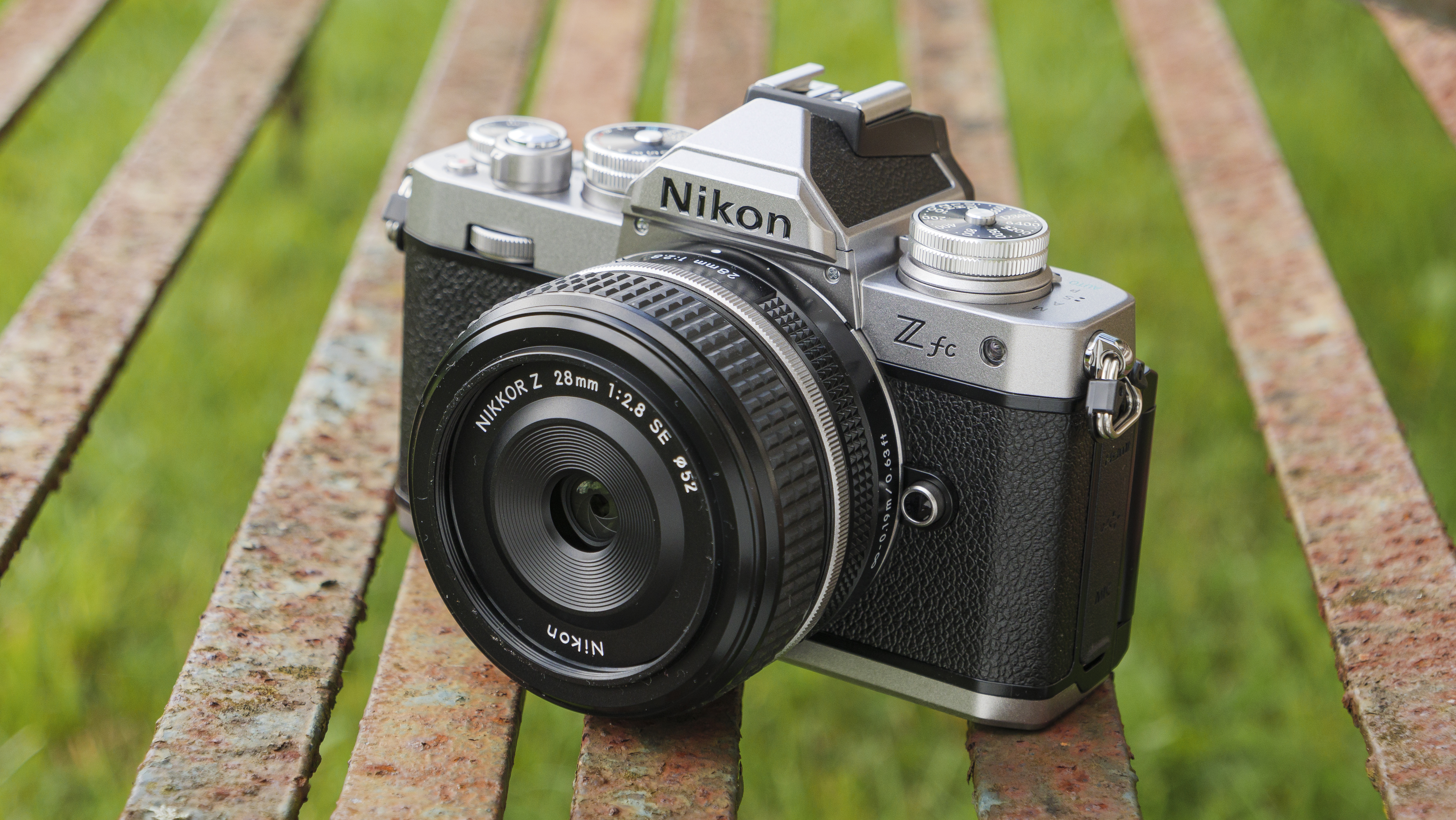
How do I choose the best beginner camera?
Here are five things to look for when choosing a beginner camera:
1) Resolution
Referred to as “megapixels” or “MP”, resolution indicates the maximum size of images that a camera can capture. The higher the number, the higher the resolution. For this reason, a lot of camera brands use megapixels to attract customers, but resolution isn’t the whole story. 12MP is more than enough to produce a high quality print at A3 paper size.
2) Design and build
As the cliché goes, the best camera is the one you have with you – which means there’s no point in buying one that you don’t want to take out and use frequently. Perhaps you want a larger camera with physical controls. Or maybe a smaller camera with a touchscreen would make you feel more at home.
3) Sensor size
Not all sensors are created equal. Unlike megapixel counts, the larger the sensor, the better the image quality – generally speaking. Smaller sensors aren’t as good at gathering light, which means more noise (image grain) will show up in images captured in low-light. Larger sensors typically produce more attractive tones and depth. But they also come at a cost; both financial, and in terms of the camera system’s size. The narrower angle of view of smaller sensors can also be beneficial if you’re shooting distant subjects, as the diagram above shows.
4) Connectivity
All of the best beginner cameras offer some way to connect to your smart device or favorite social media apps. The cameras in this list all benefit from Wi-Fi, Bluetooth or NFC connectivity, or a combination of all three.
5) Lenses
A decent quality lens is critical for capturing good images. All of the best beginner cameras come with a kit or fixed lens, which offer a standard focal length (zoom range). Interchangeable lens cameras come with kit lenses, which can be changed to suit your needs. Fixed lens cameras appeal to people who don’t want to carry extra lenses.
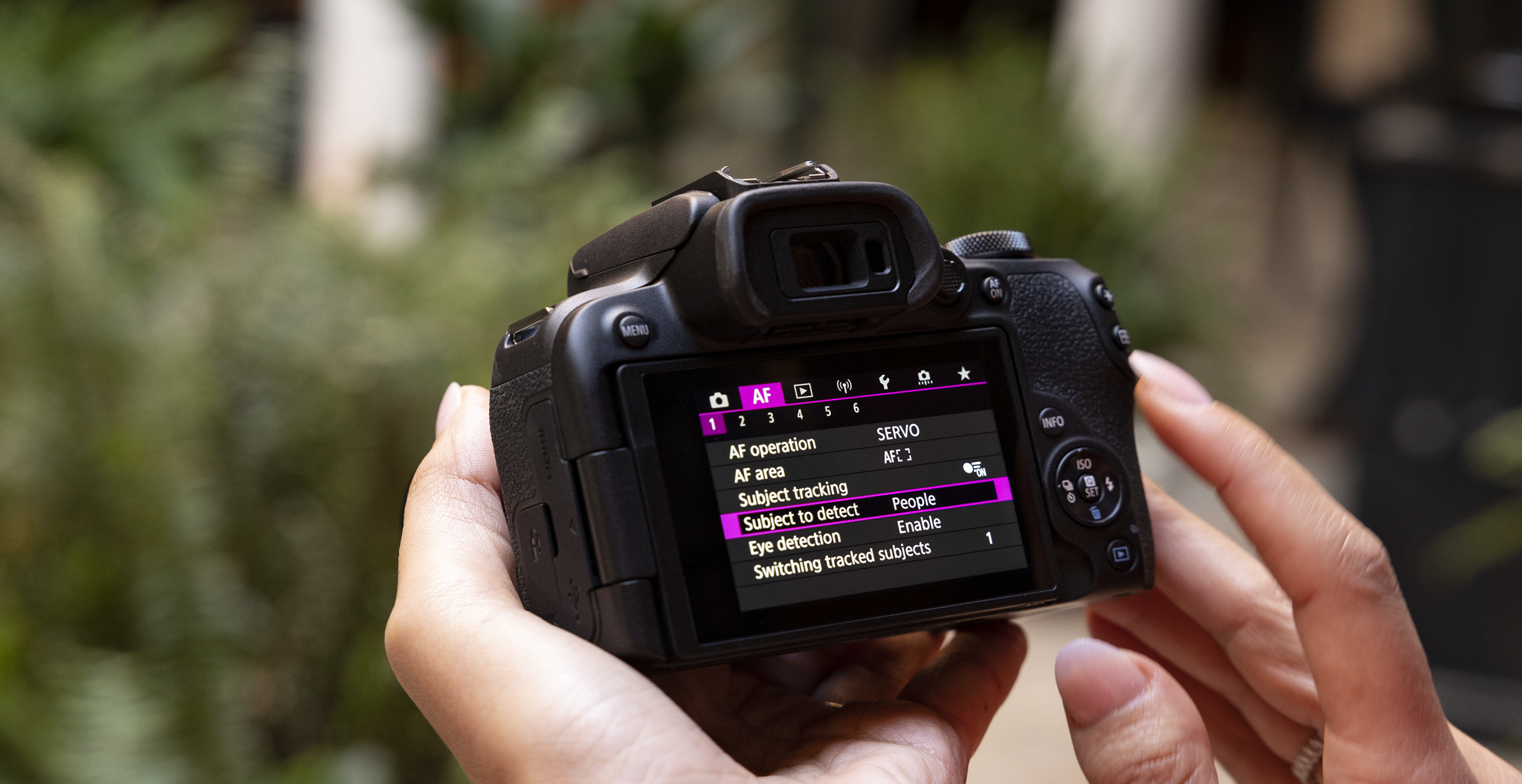
What camera should a beginner start with?
As you’ll see in the list above, there’s no single right answer when it comes to which camera a beginner should start with. Much will depend on what type of technology you’re already familiar with, as well as how you like to shoot. Some learners like the certainty of physical buttons, for example, while smartphone users might prefer a camera with a touchscreen interface. Luckily, there are plenty of both styles available – and the best beginner cameras tend to offer a combination of control systems, like the Fujifilm X-T30 II.
DSLR cameras are often easy cameras for beginners to use and adapt to. Because they are bigger than most compact and mirrorless models, there’s more space to spread out buttons on the body (and to label them for ease of understanding). Plus DSLR cameras tend to feature large, sculpted grips for more comfortable handling, which is important if you’re planning to get a lot of practice in. Take a look at the Nikon D3500, for example.
Equally, some beginners will find that a smaller camera is easier to get to grips with. Even if you’re only just starting to take photography more seriously, there’s a good chance you might have used a point-and-shoot compact camera at some point in your life. If so, you might find that a premium compact like the Panasonic Lumix ZS200 / TZ200 provides a familiar experience. And because there are no interchangeable lenses to worry about, you can focus on improving other aspects of your photography, such as framing.
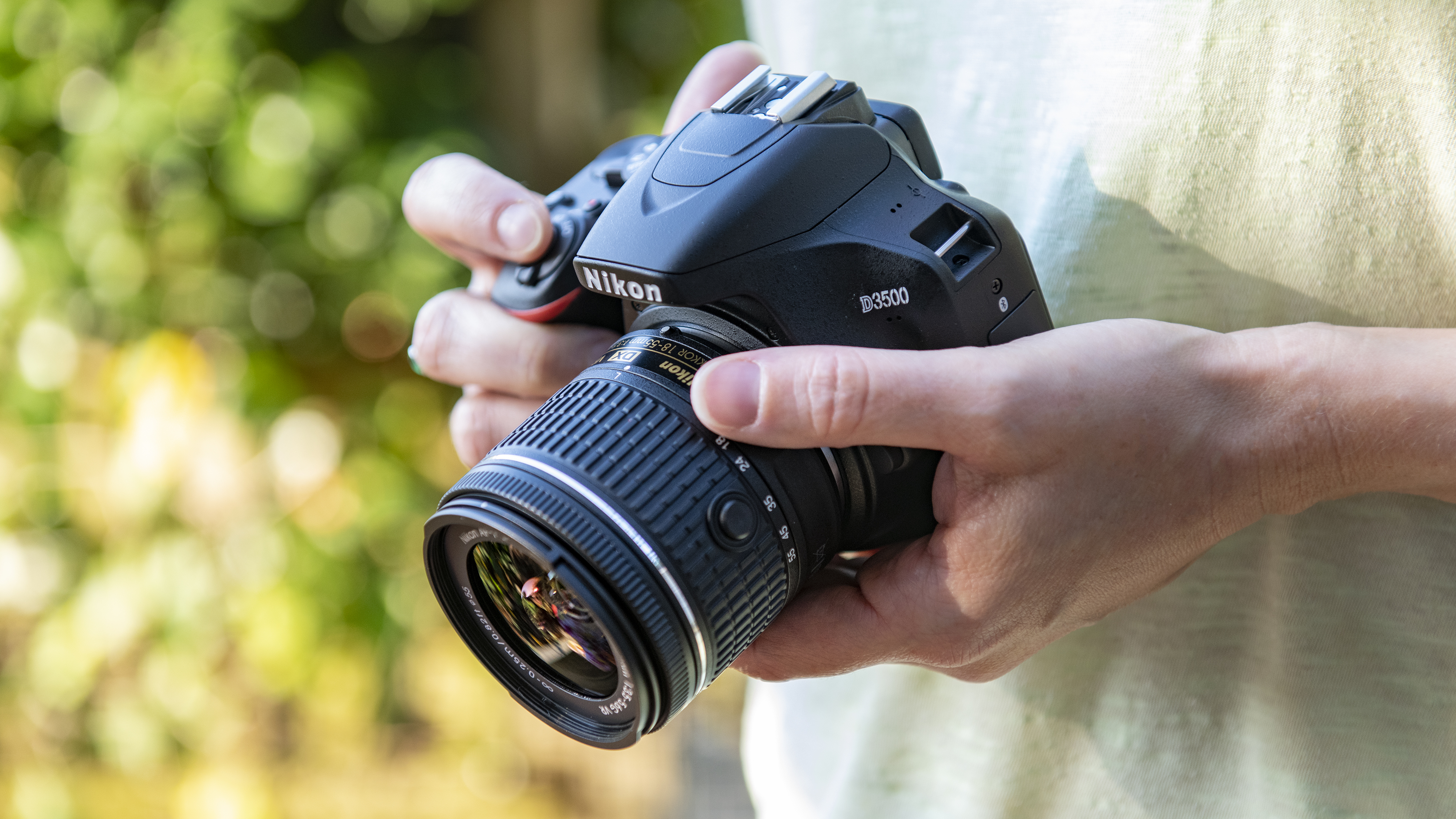
Photography glossary
When you get into photography, you’ll quickly encounter a number of terms and acronyms that might be unfamiliar. To help you navigate this technical language, we’ve briefly explained some of the more important terminology below.
DSLR: Digital Single-Lens Reflex, a type of digital camera that uses a mirror mechanism to reflect light from the camera’s lens on to a digital sensor.
Mirrorless camera: A camera that doesn’t use a mirror. Light passes directly through the lens to the sensor, which displays a digital preview of the image on the camera’s screen or electronic viewfinder (EVF).
Point-and-shoot: Compact cameras designed for portability and ease of use. They typically feature automatic settings, making them ideal for casual photographers or beginners looking for maximum simplicity.
Megapixel (MP): A unit of measurement for the resolution of digital images, representing one million pixels. A higher megapixel count generally results in a sharper, more detailed image.
Sensor size: The dimensions of a sensor, typically measured in millimeters. Larger sensors generally result in better image quality, including improved low-light performance, dynamic range and depth of field control.
ISO: International Standards Organization, a unit of measurement for a camera sensor’s sensitivity to light. Higher ISO settings allow for better performance in low-light conditions, but can introduce grain in the image.
Aperture: The opening in a camera lens through which light passes. Aperture size is measured in f-stops, with lower f numbers indicating larger apertures, allowing more light to enter the camera.
Shutter speed: The length of time a camera’s shutter remains open to expose the sensor to light. Faster shutter speeds freeze motion, while slower speeds create motion blur.
Lens mount: On cameras that support interchangeable lenses, the mount is where the lens attaches to the body. Different manufacturers have their own systems.
Zoom range: The range of focal lengths covered by a lens, usually expressed in millimeters (mm). Focal length determines the magnification of the lens. For example, a lens with a range of 24-70mm can zoom from a wide-angle view (24mm) through a ‘standard’ view (around 50mm) to a slightly zoomed view (70mm).
Image stabilization (IS): A feature that helps reduce the blurring caused by camera shake when shooting handheld. It can be implemented either in the lens or within the camera body itself.
Autofocus (AF): A feature that automatically adjusts the camera’s focus to ensure that the subject appears sharp in the final image.
RAW: A file format that retains more image information from the sensor and offers greater editing flexibility compared to JPEG files.
JPEG: A compressed image file format commonly used in digital photography. JPEG files are smaller in size, but offer less flexibility for editing than RAW files.
Viewfinder: A viewing window that gives the photographer a preview of a scene before capturing the image. It can be optical (OVF) or electronic (EVF), depending on the camera type.
Memory card: A card used to store image files captured by a camera. Common formats include SD (Secure Digital) and CF (CompactFlash).
Hoteshoe: A mounting point on the top of a camera used for attaching external accessories such as flash units, microphones or external viewfinders.
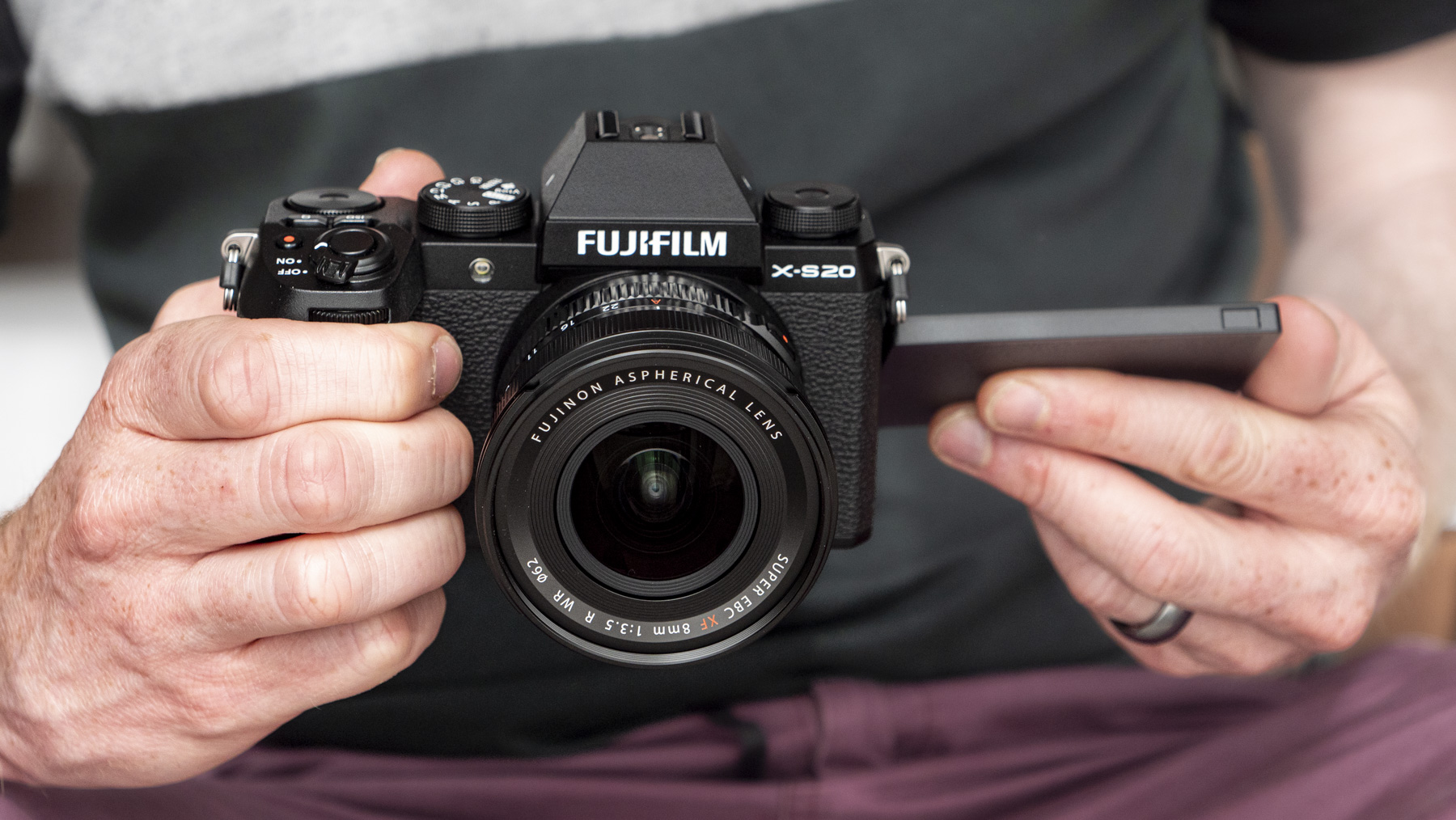
Meet the team
Our team of reviewers has amassed many years of camera experience and testing, covering all of the latest and greatest cameras in the last 20 years, and can all appreciate the benefits of a dedicated camera like a digital compact versus simply using a smartphone.

Tim Coleman
Tim is TechRadar’s Cameras Editor and has been cutting his teeth in the photo and video industry for almost 20 years. He looks after all of TechRadar’s cameras content, covering buying guides, features, reviews and news. He knows the benefits of purposeful creativity with a dedicated camera instead of a smartphone.

Rod is an independent photographer and photography journalist with more than 30 years’ experience. He’s previously worked as Head of Testing for Future’s photography magazines, including Digital Camera, N-Photo, PhotoPlus, Professional Photography, Photography Week and Practical Photoshop, and as Reviews Editor on Digital Camera World.
Matt has written and reviewed cameras for just about every leading photo publication, including Digital Camera World (where he was Editor), What Digital Camera, WEX and of course TechRadar.

Mark is TechRadar’s Senior news editor and has been a technology journalist since 2004. Formerly Trusted Reviews and TechRadar’s cameras editor, Mark has tested cameras over many years from all of the leading brands.
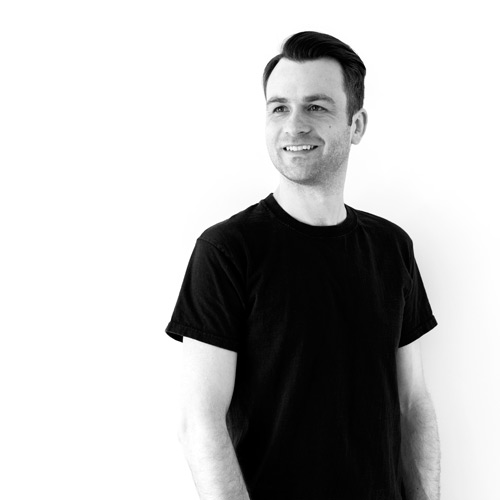
James Abbott is a professional photographer and freelance photography journalist. He contributes articles about photography, cameras and drones to a wide range of magazines and websites where he applies a wealth of experience to testing the latest photographic tech.

Paul is a digital expert. In the 20 years since he graduated with a first-class honours degree in Computer Science, Paul has been actively involved in a variety of different tech and creative industries that make him the go-to guy for reviews, opinion pieces, and featured articles. You’ll also find his writing in other places, including Creative Bloq, Digital Camera World, and 3D World Magazine.
How we test beginner cameras

Why you can trust TechRadar
☑️ 100s of cameras reviewed
☑️ 15 years of product testing
☑️ Over 16,000 products reviewed in total
☑️ Nearly 200,000 hours testing tech
While most of the cameras in this list are relatively affordable compared to the latest professional mirrorless models, they’re still a big investment – so every camera in this list have been tested extensively by us to make sure it deserves its spot. For this particular guide, we’ve also approached the cameras from the point of view of someone starting out in photography or filmmaking, taking into account user interfaces, handling and general ease of use.
The latter are particularly important factors for starter cameras, but we’ve tested all the fundamentals too, so you can be sure each model has the capacity to grow with you. These days, real-world tests are the most revealing way to understand a camera’s performance and character, so we focus heavily on those, along with standardized tests for factors like ISO performance.
After testing the camera’s start-up speed, we’ll move onto performance. We use a formatted SD card and shoot in both JPEG and raw (if available). For burst shooting tests, we dial in our regular test settings (1/250 sec, ISO 200, continuous AF) and shoot a series of frames in front of a stopwatch to see if it lives up to its claimed speeds. We’ll also look at how quickly the buffers clears and repeat the test for both raw and JPEG files.
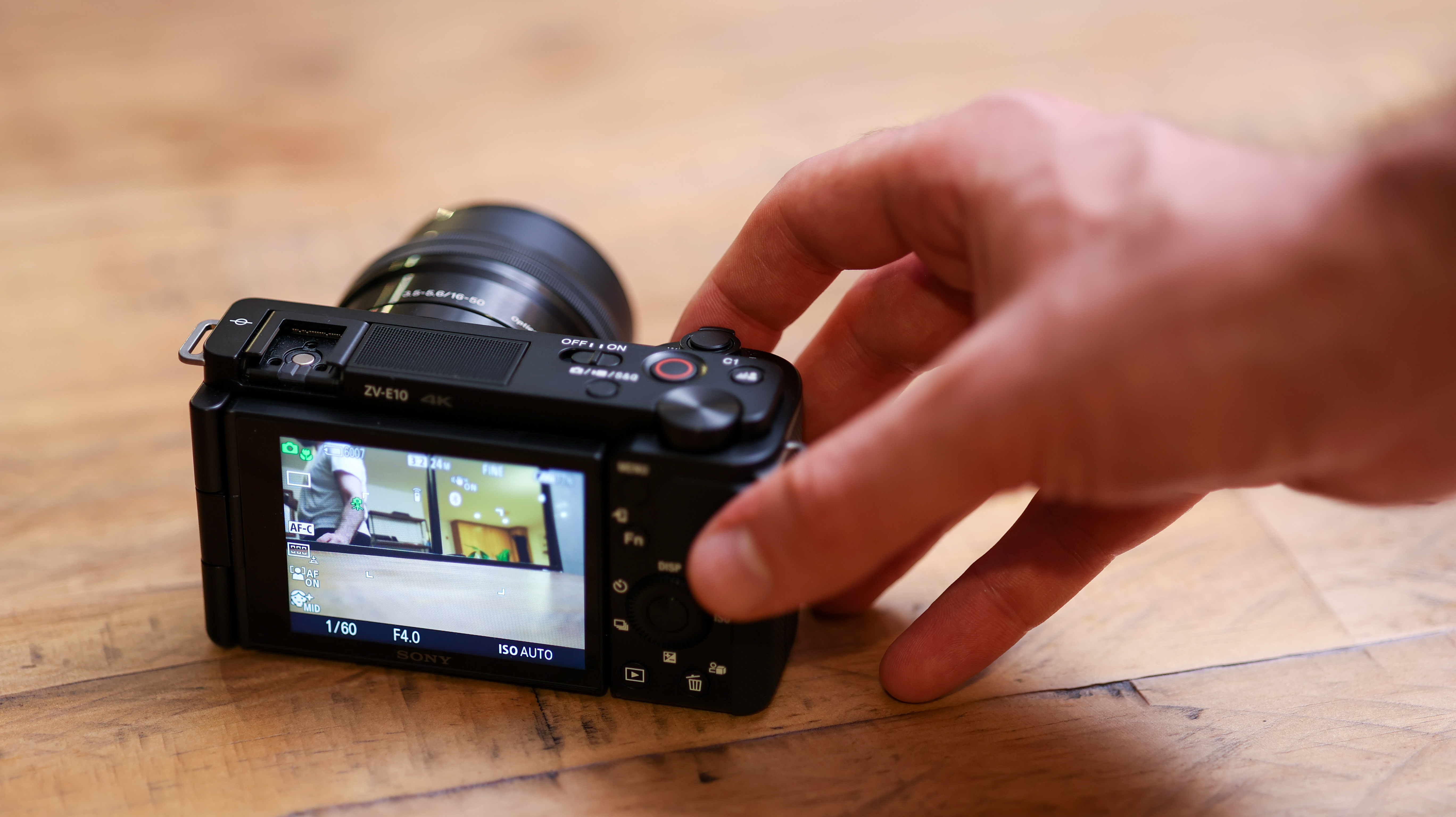
Where applicable, we also test the camera’s different autofocus modes in different lighting conditions (including Face and Eye AF) in single point, area and continuous modes. We also shoot a range of photos of different styles (portrait, landscape, low light, macro/close-up) in raw and JPEG to get a sense of metering and its sensor’s ability to handle noise and resolve fine detail.
If the camera’s raw files are supported by Adobe Camera Raw, we’ll also process some test images to see how we can push areas like shadow recovery. And we’ll also test its ISO performance across the whole range to get a sense of the levels we’d be happy to push the camera to.
Battery life is tested in a real-world fashion, as we use the camera over the course of the day with the screen set to the default settings. Once the battery has reached zero, we’ll then count the number of shots to see how it compares to the camera’s CIPA rating. Finally, we test the camera’s video skills (where necessary) by shooting some test footage at different frame rates and resolutions, along with its companion app.
We then take everything we’ve learned about the camera and factor in its price to get a sense of the value-for-money it offers, before reaching our final verdict.
